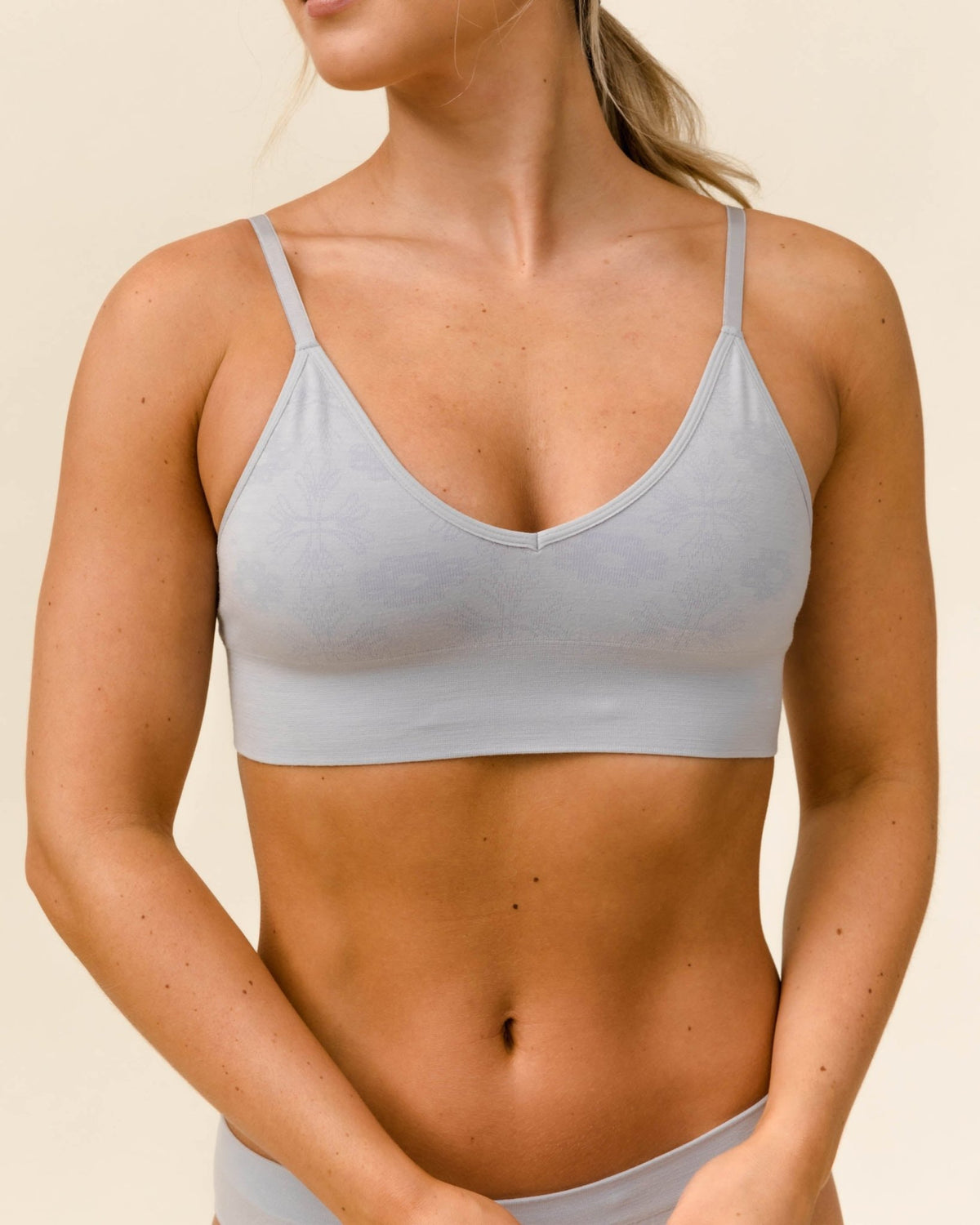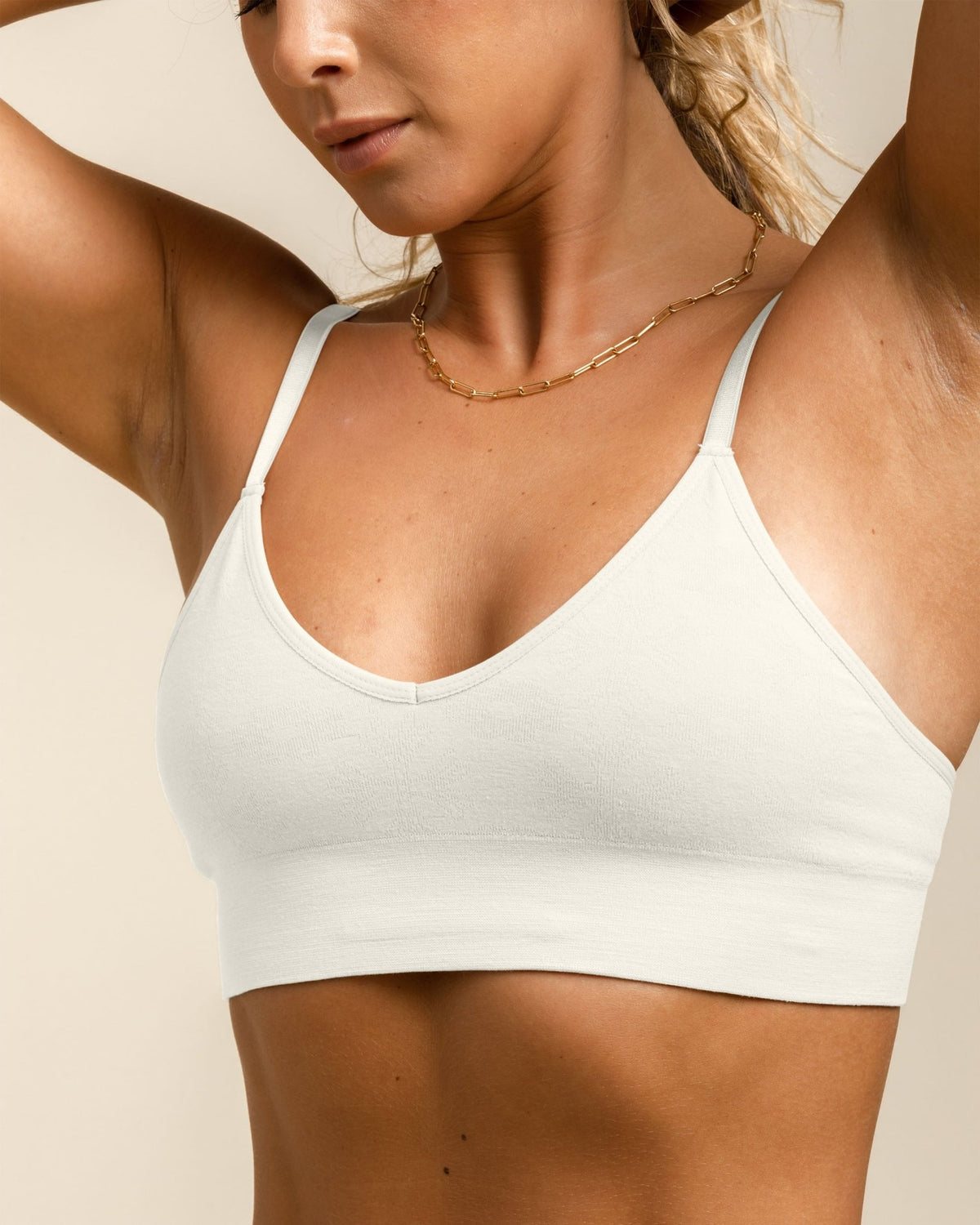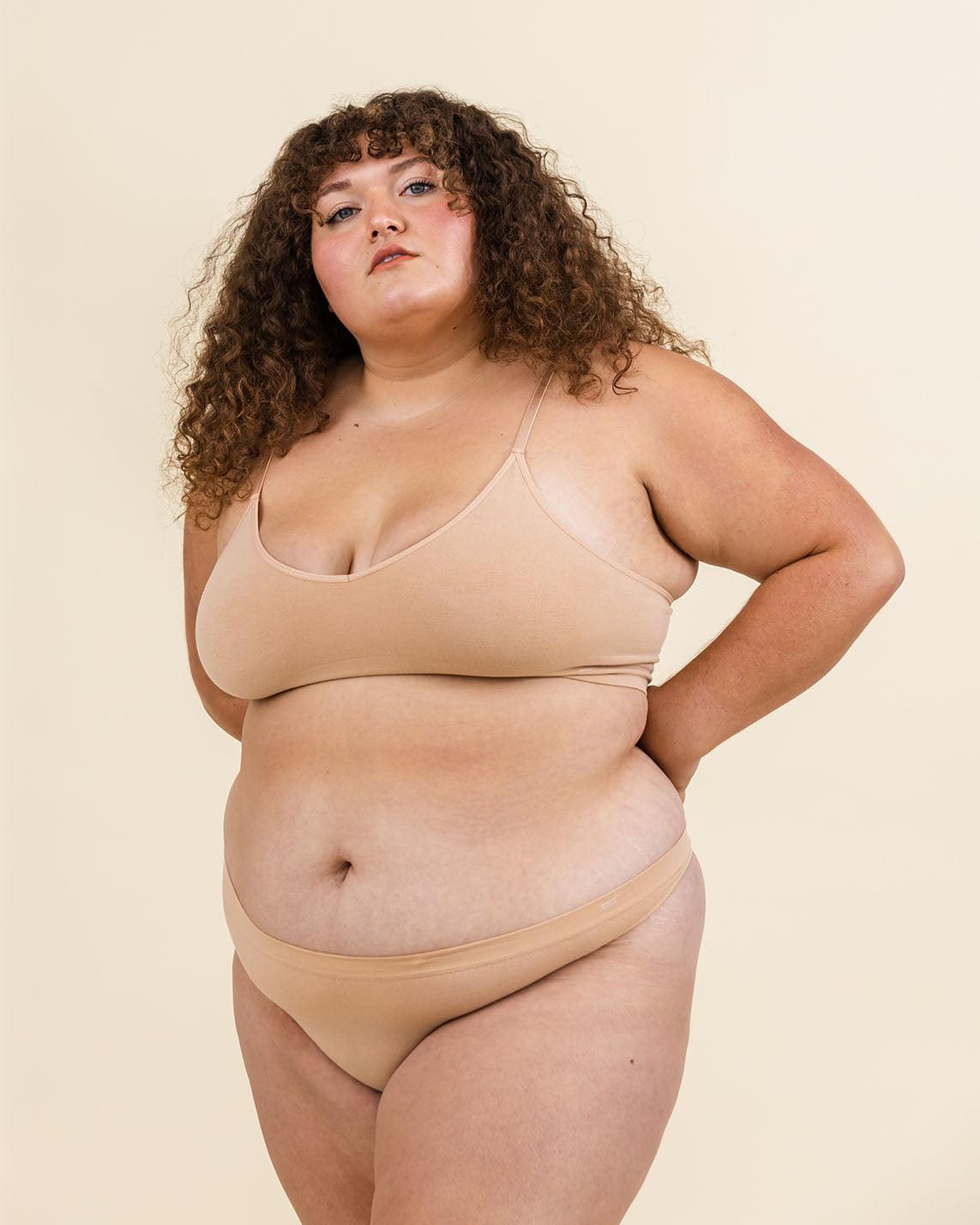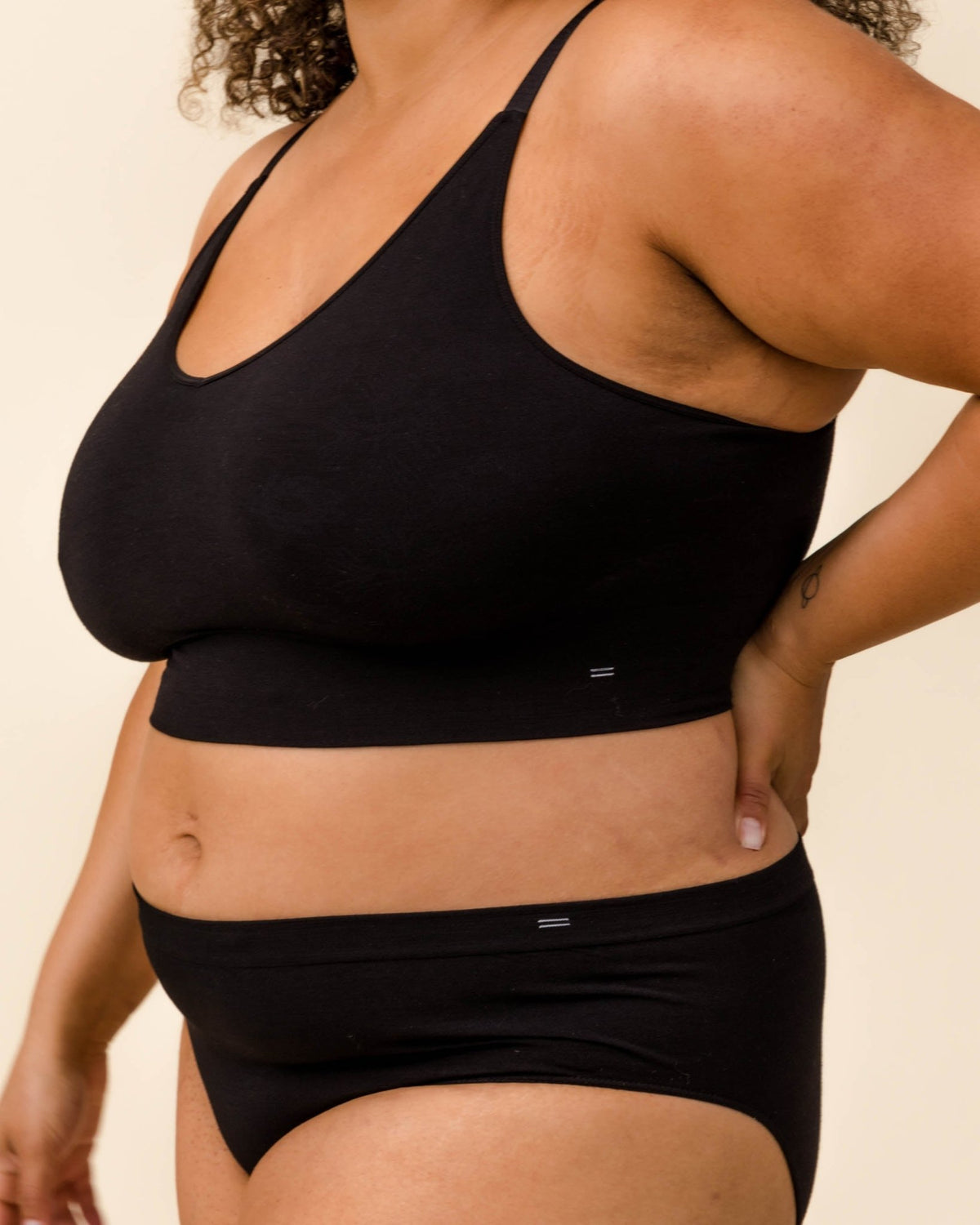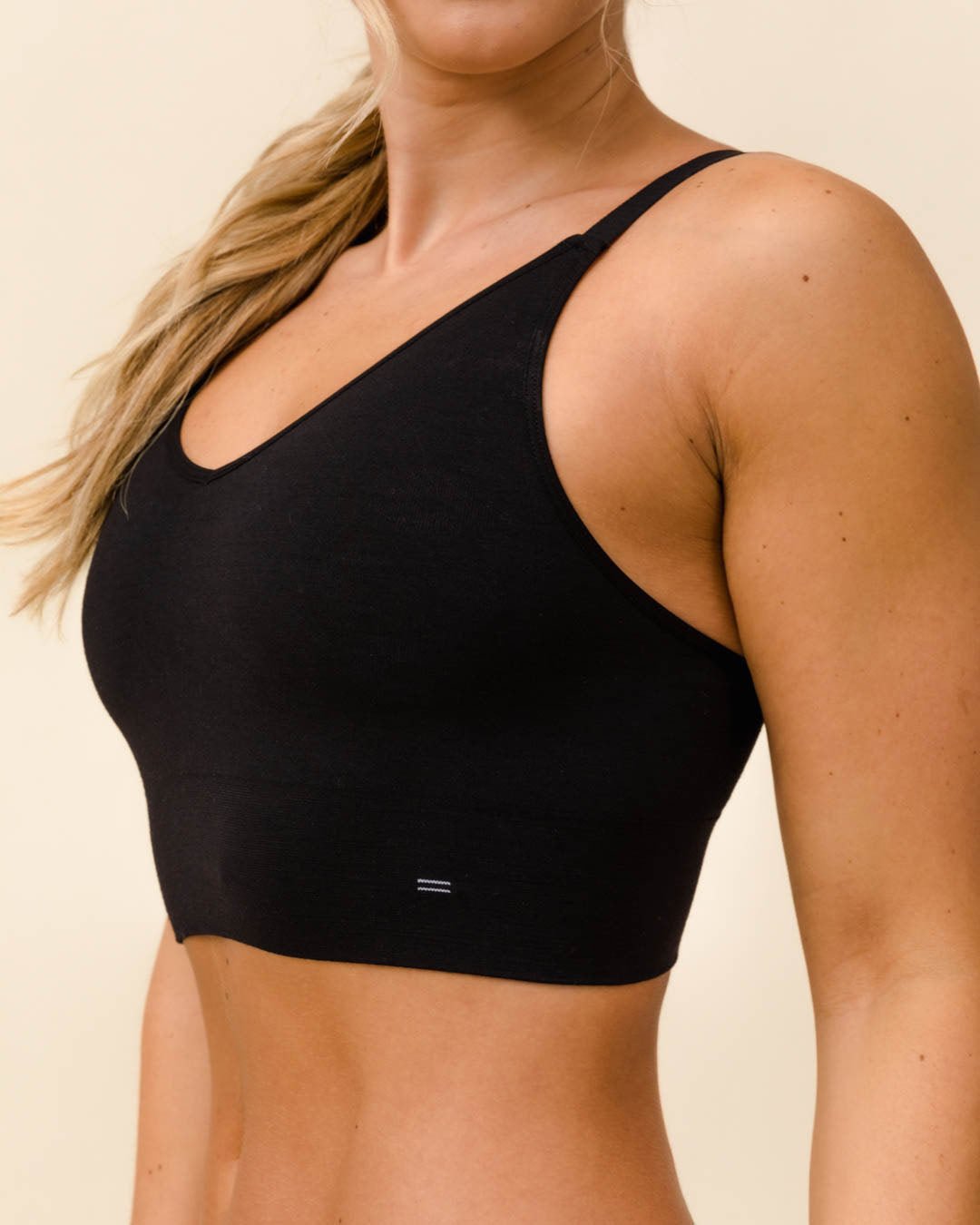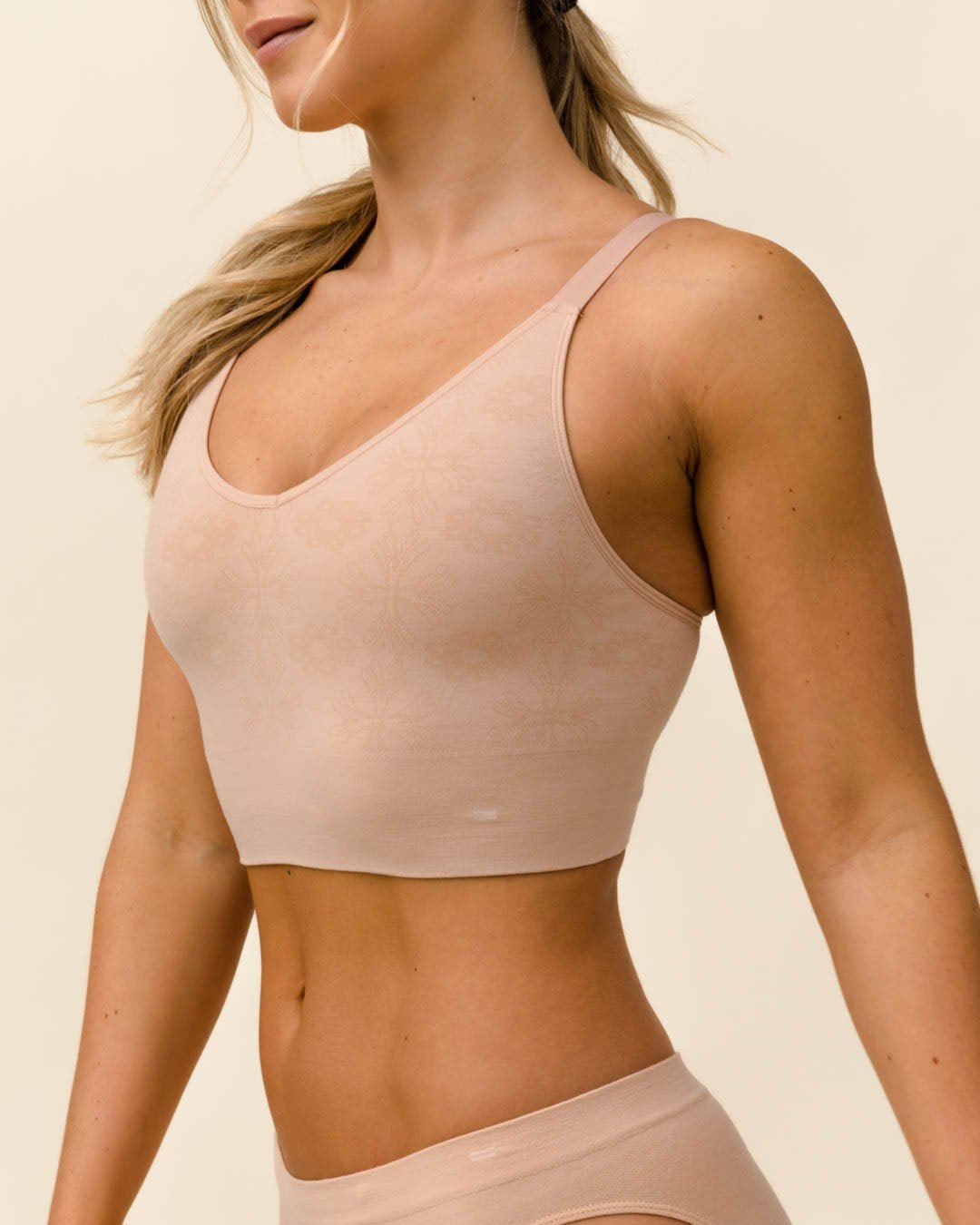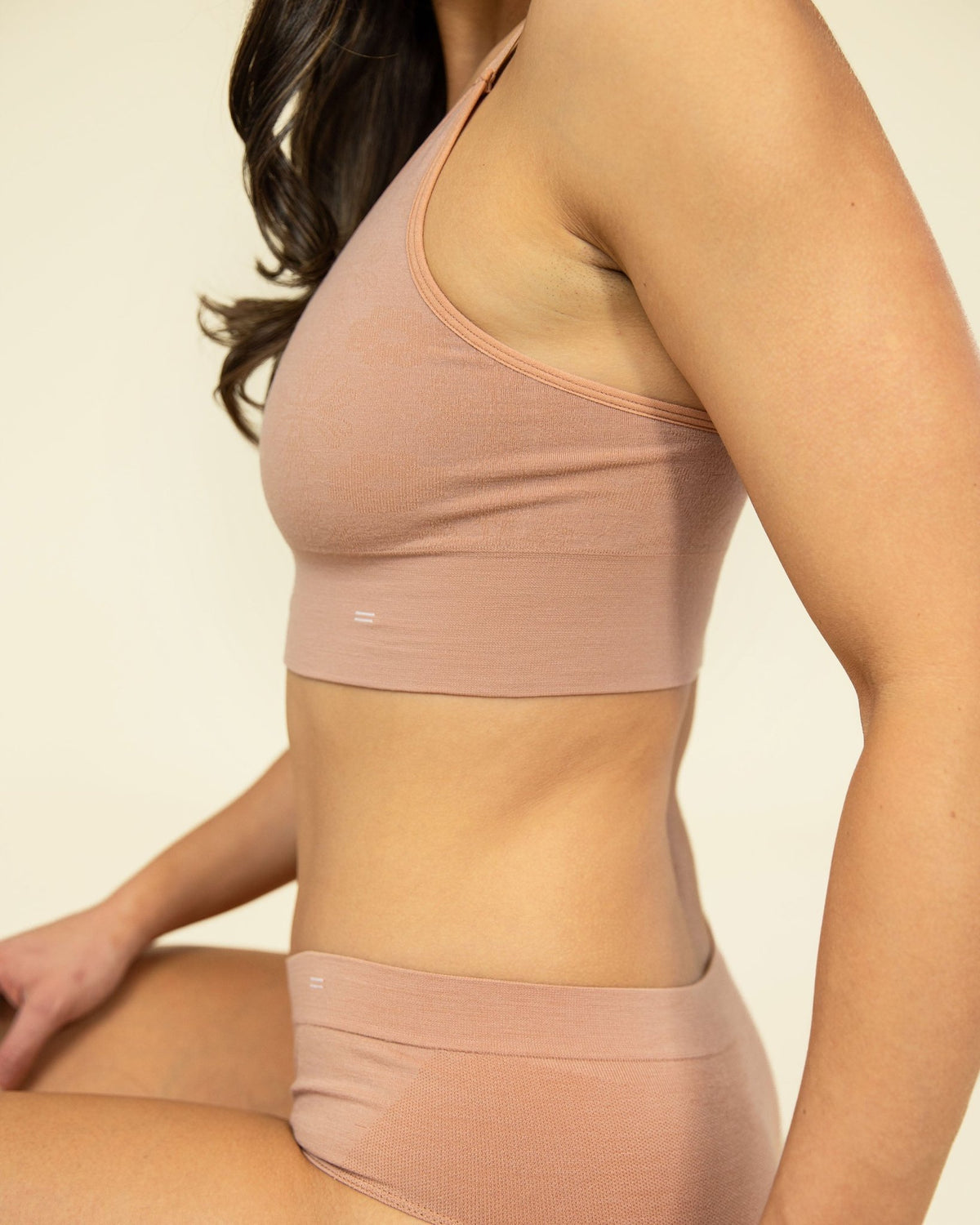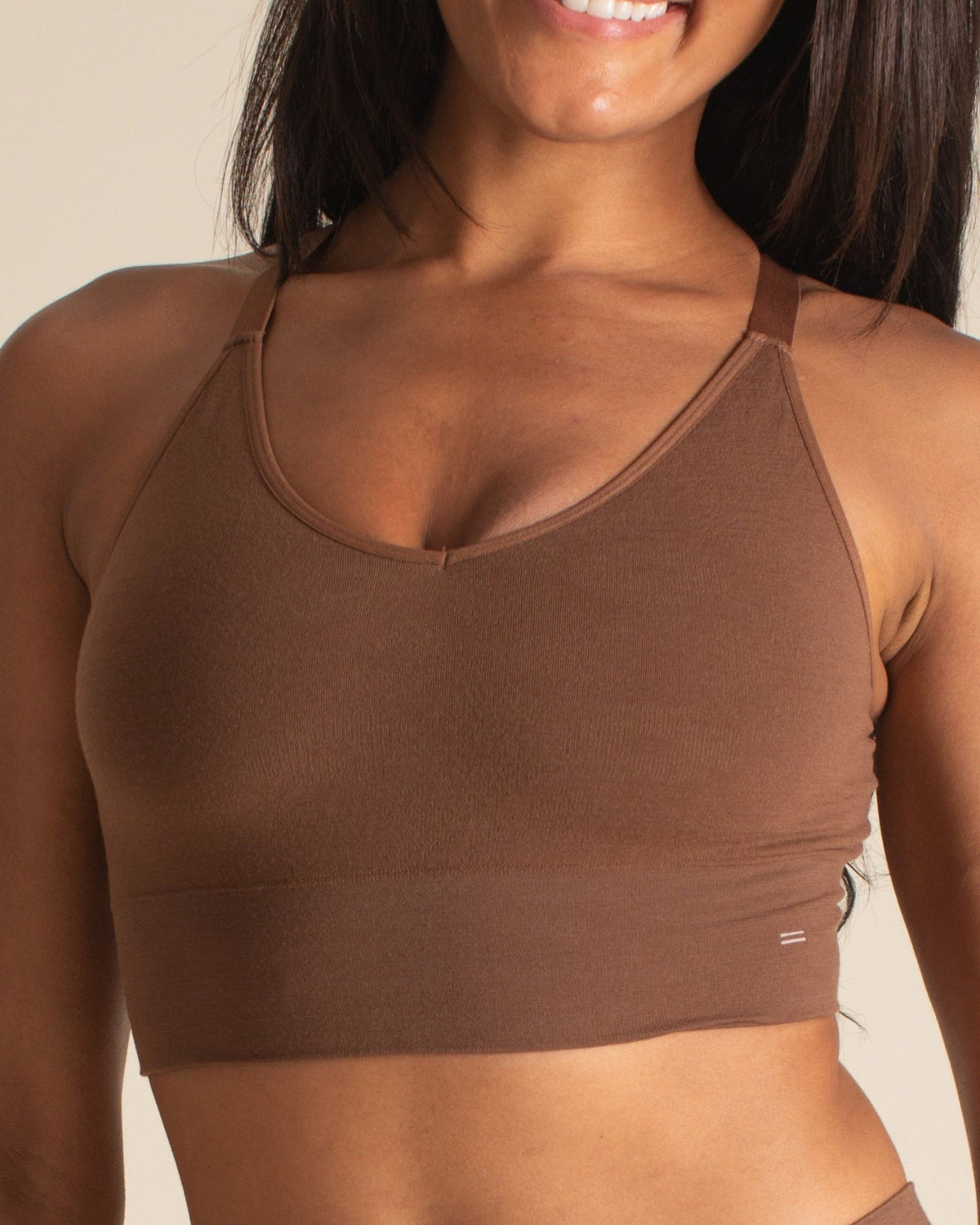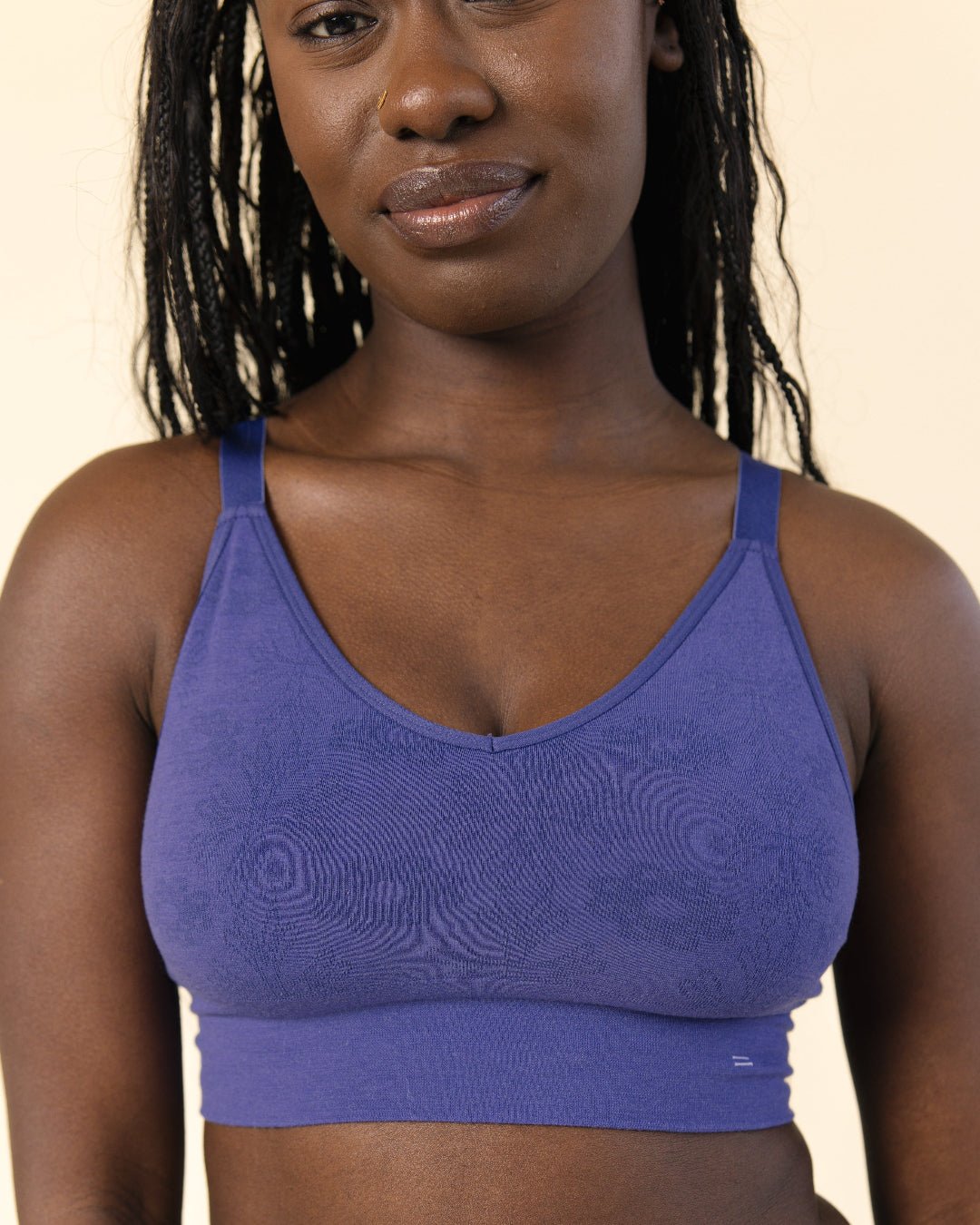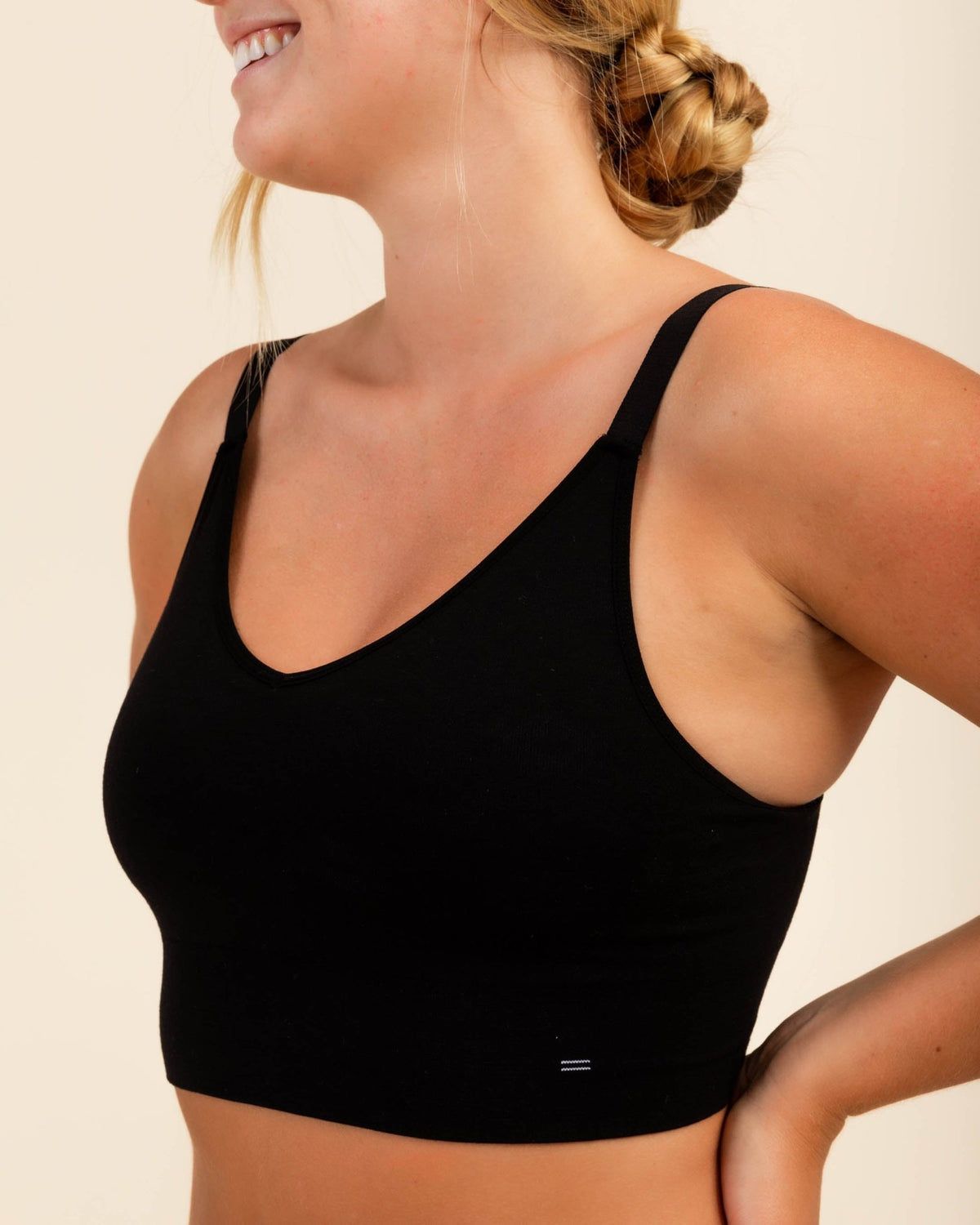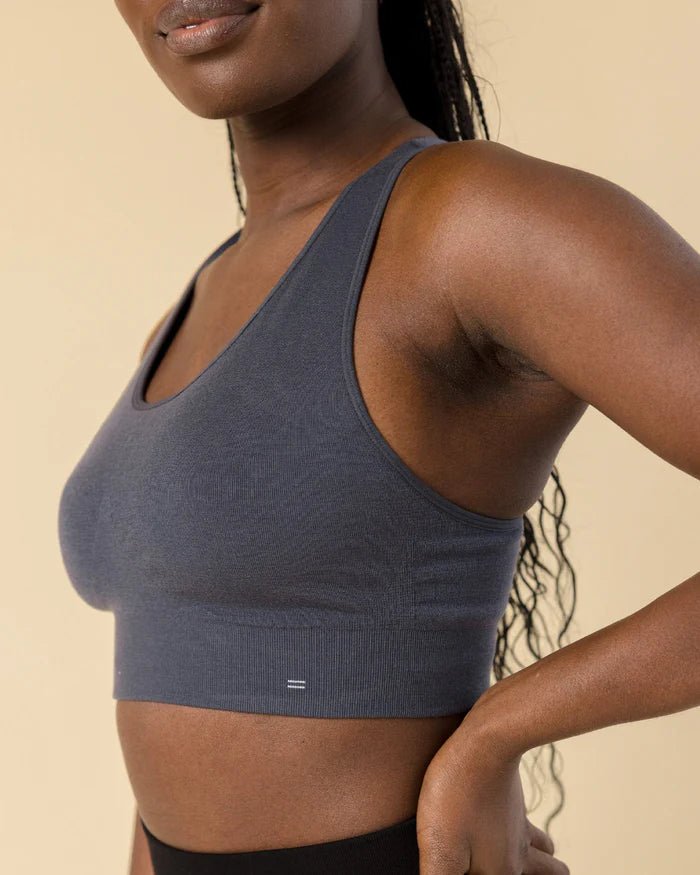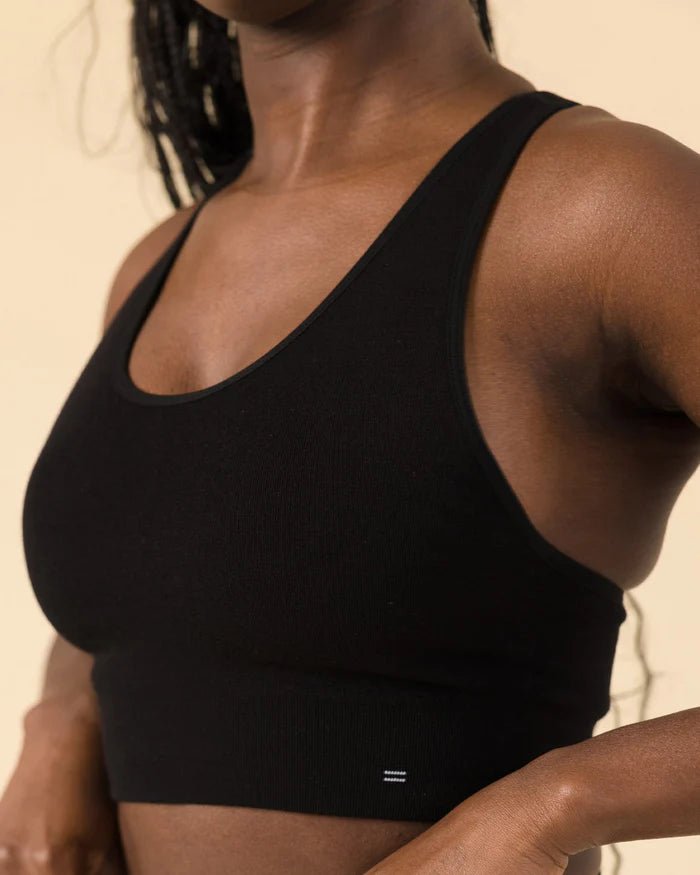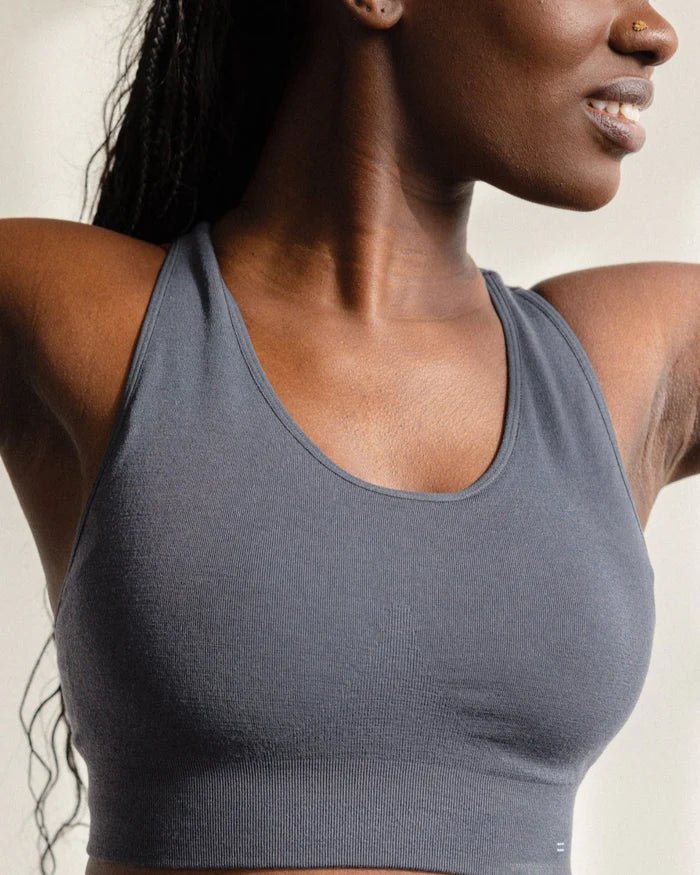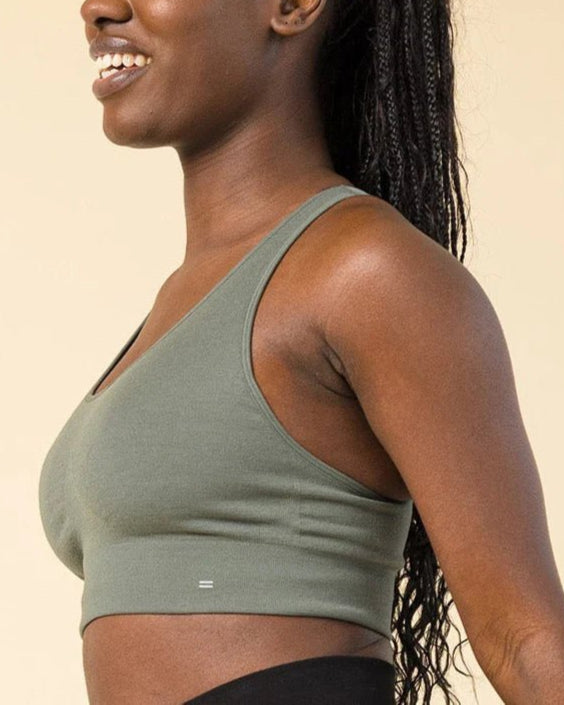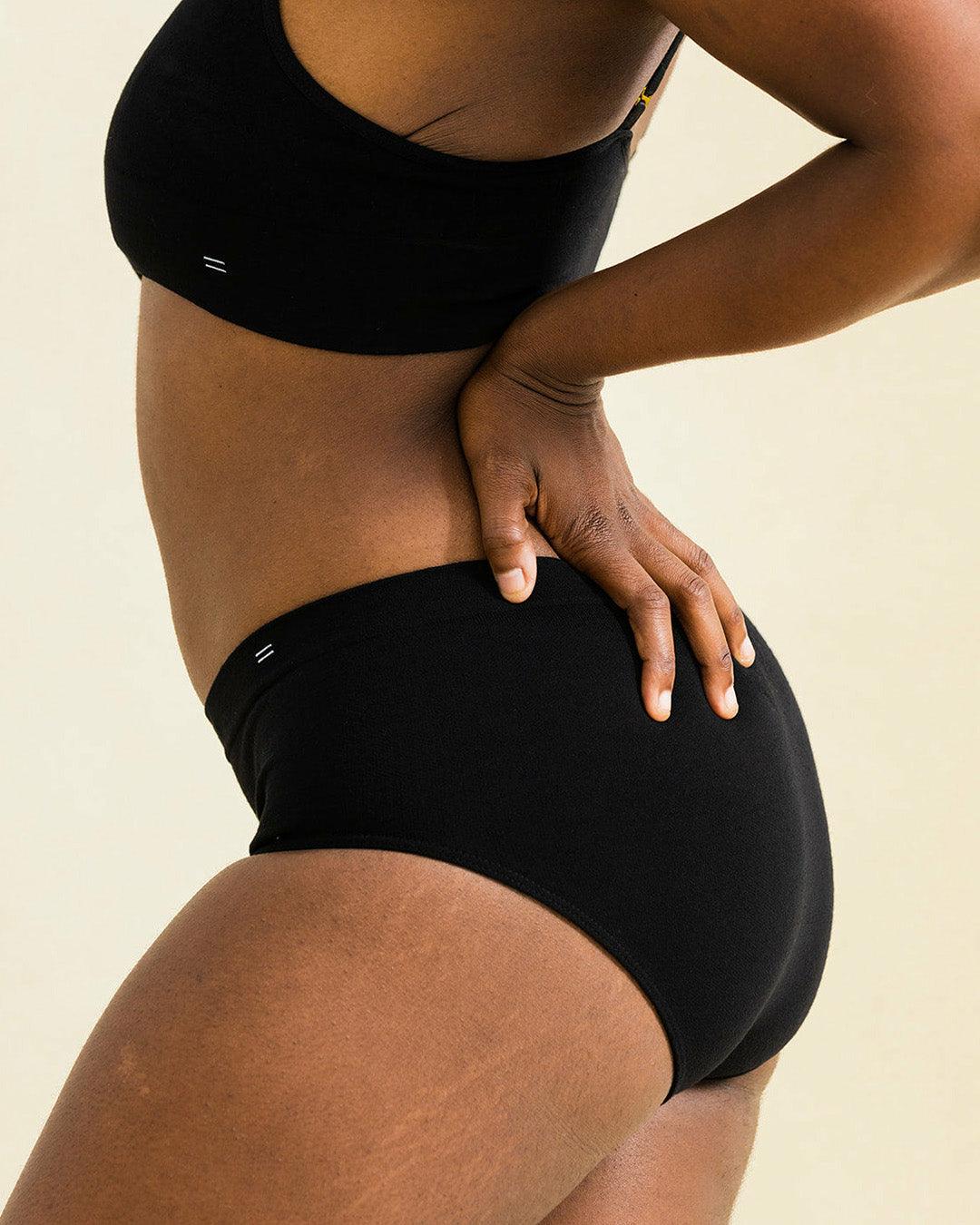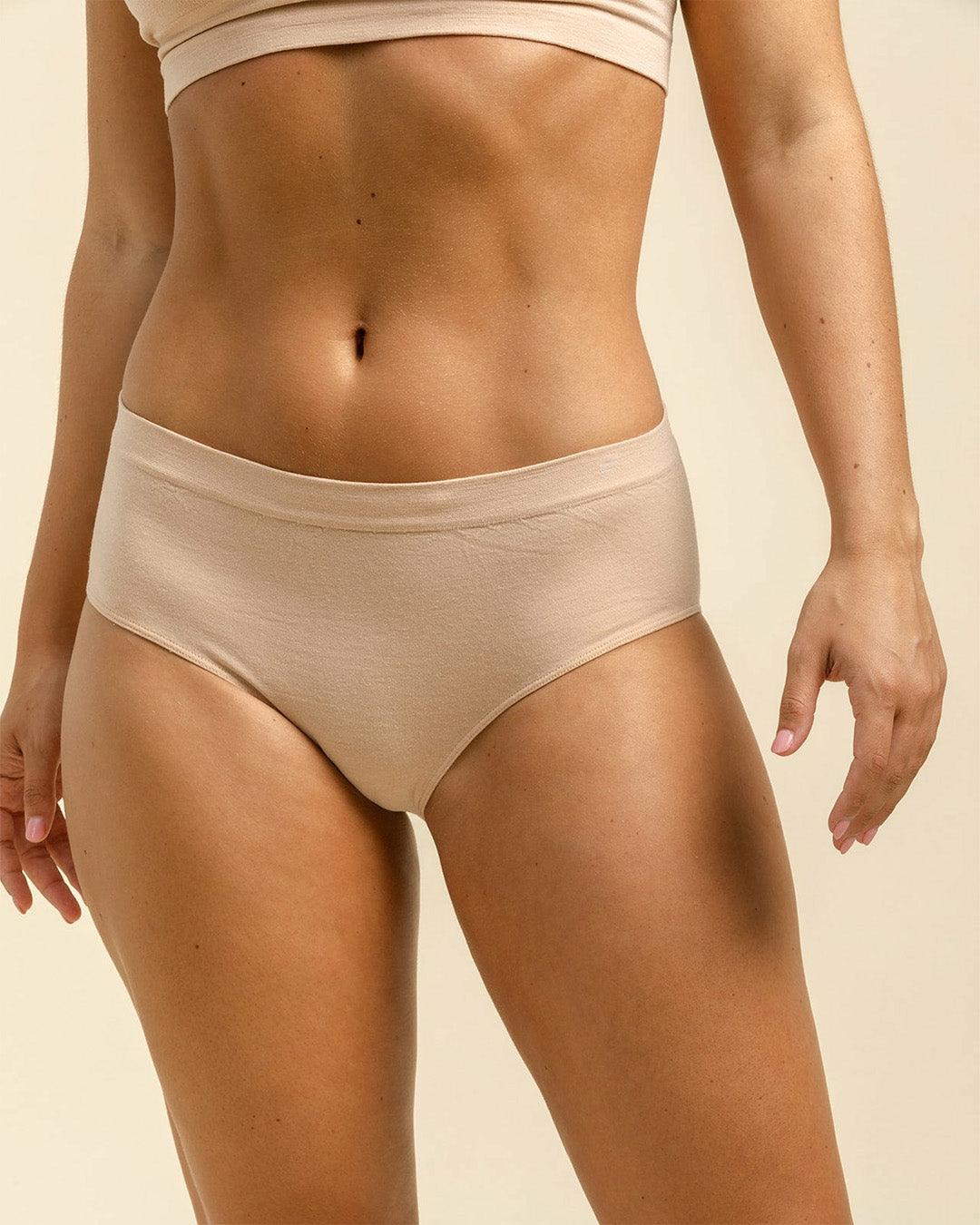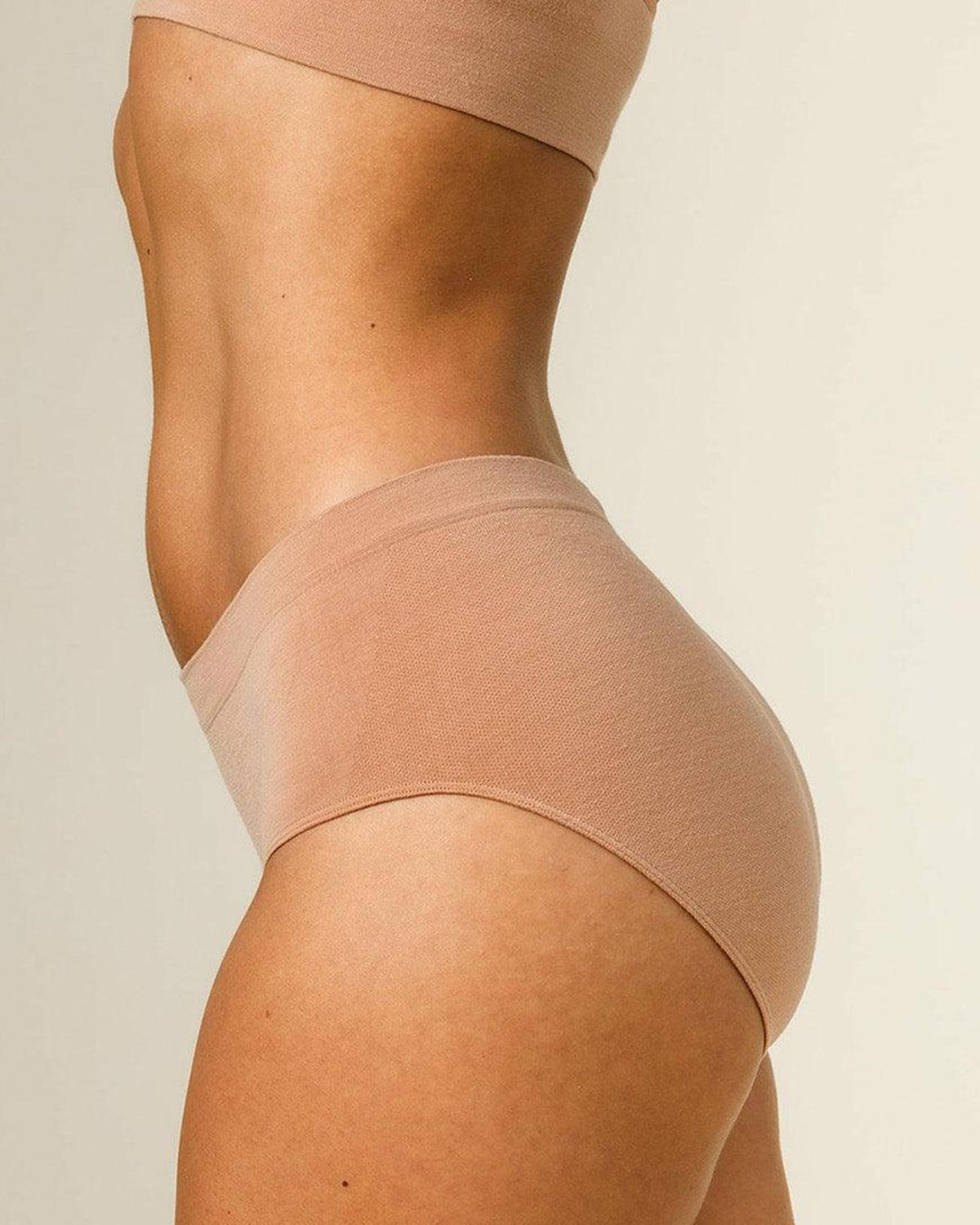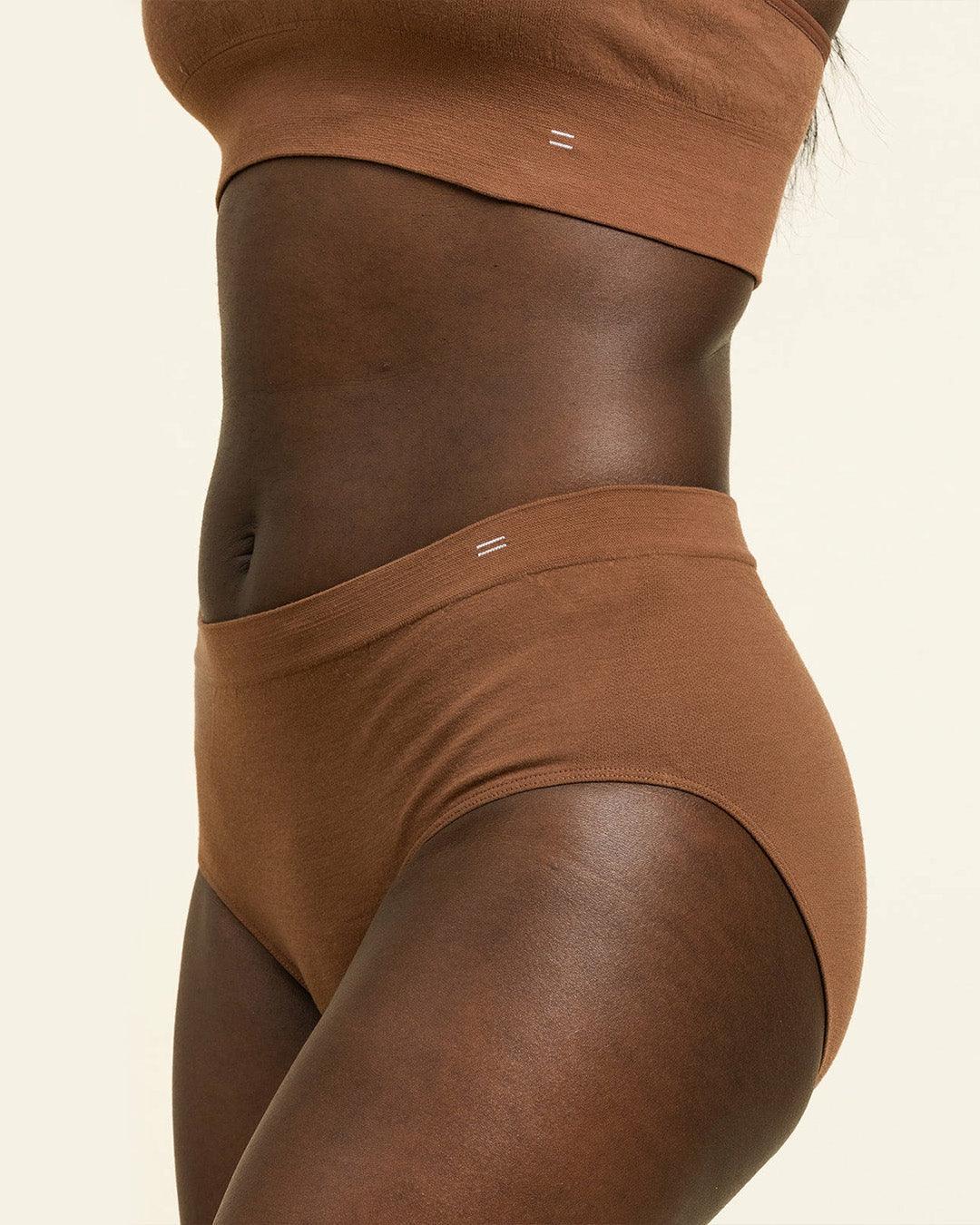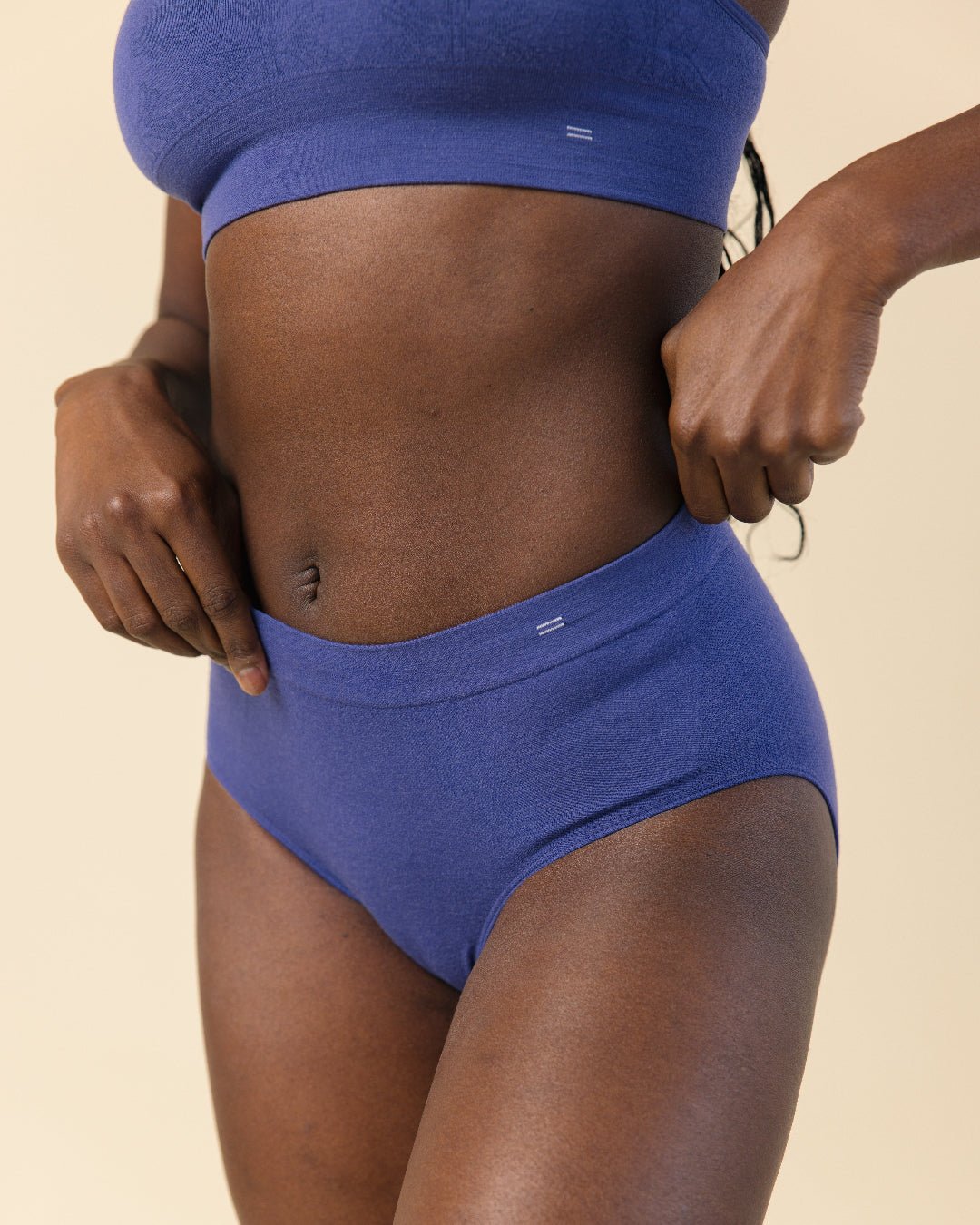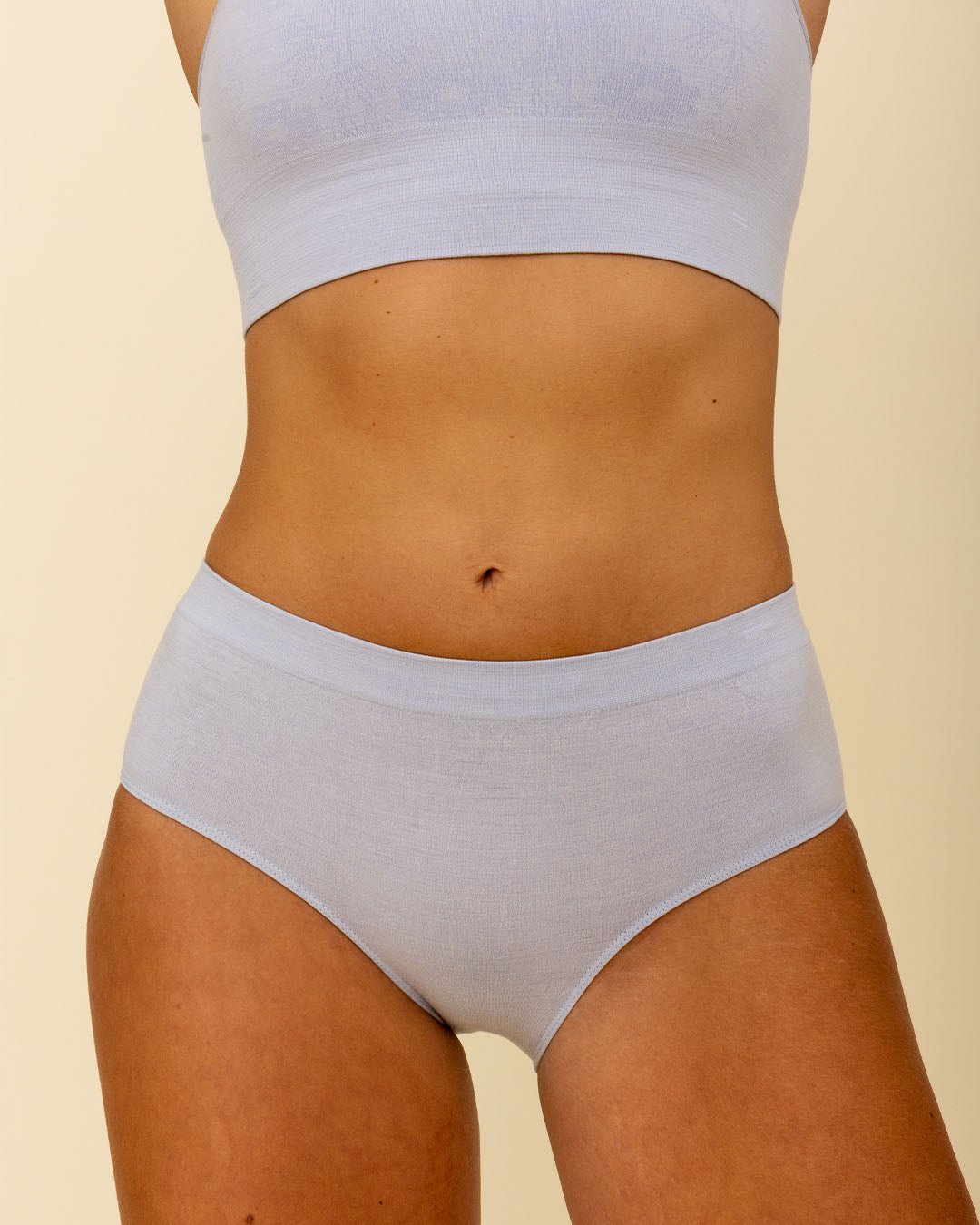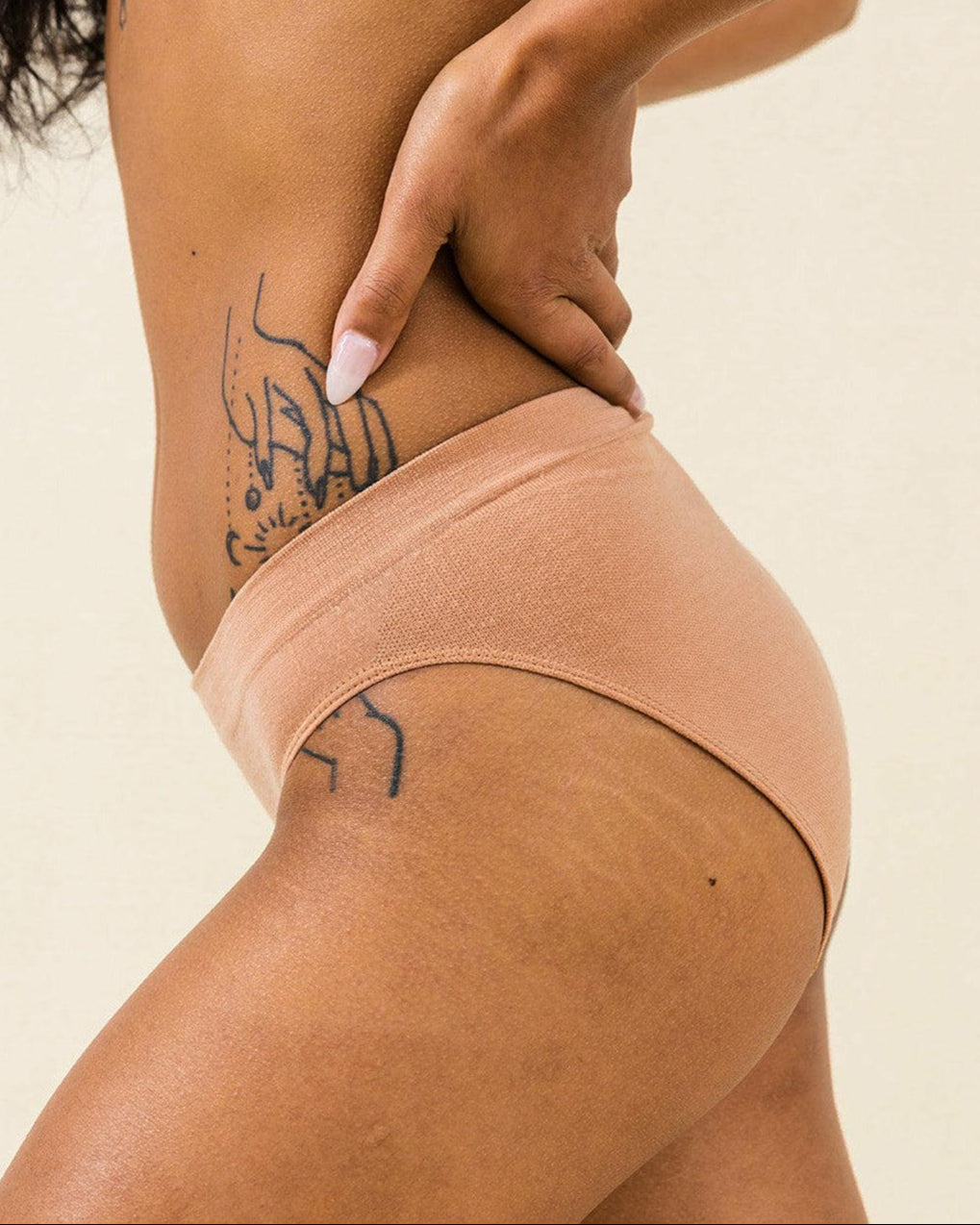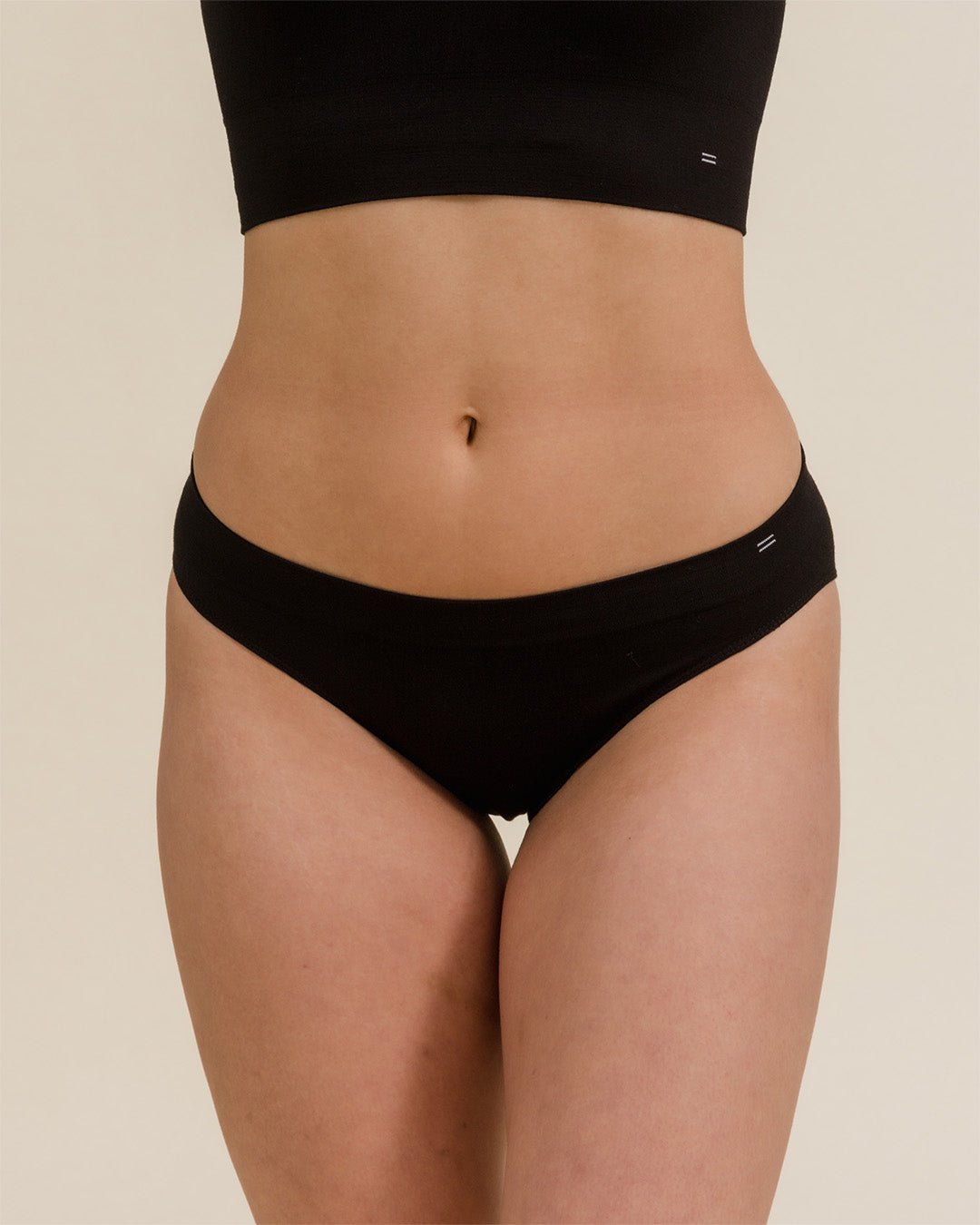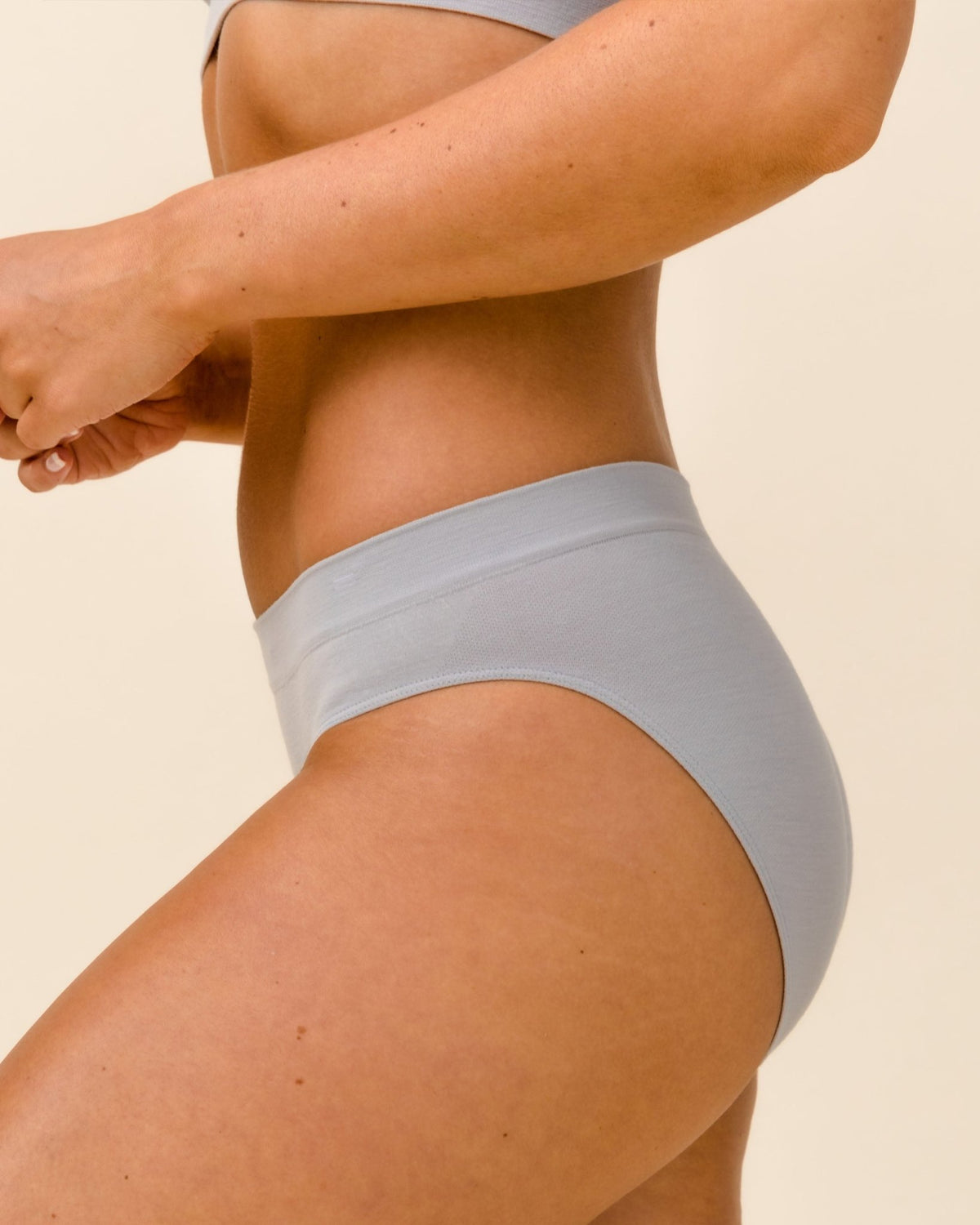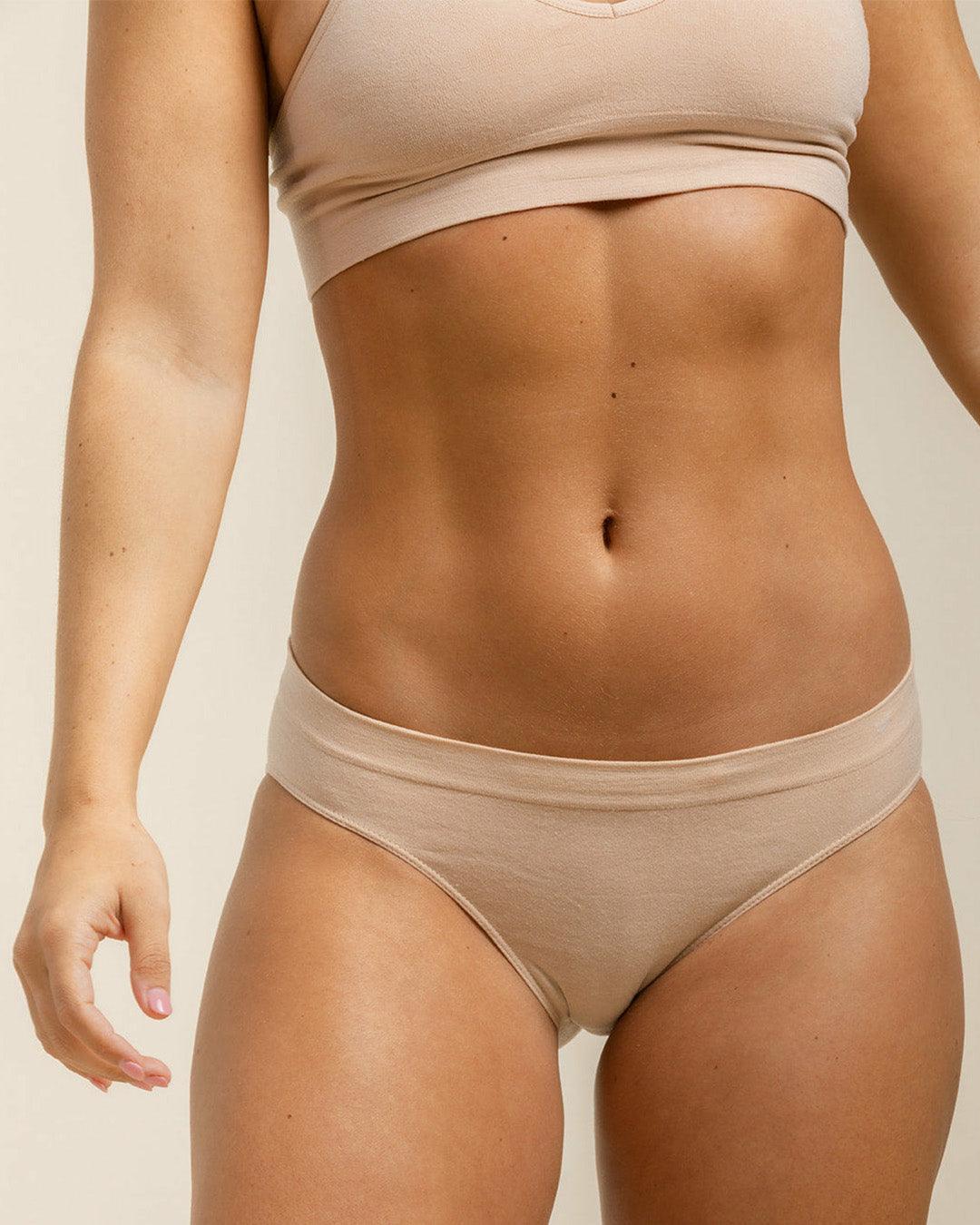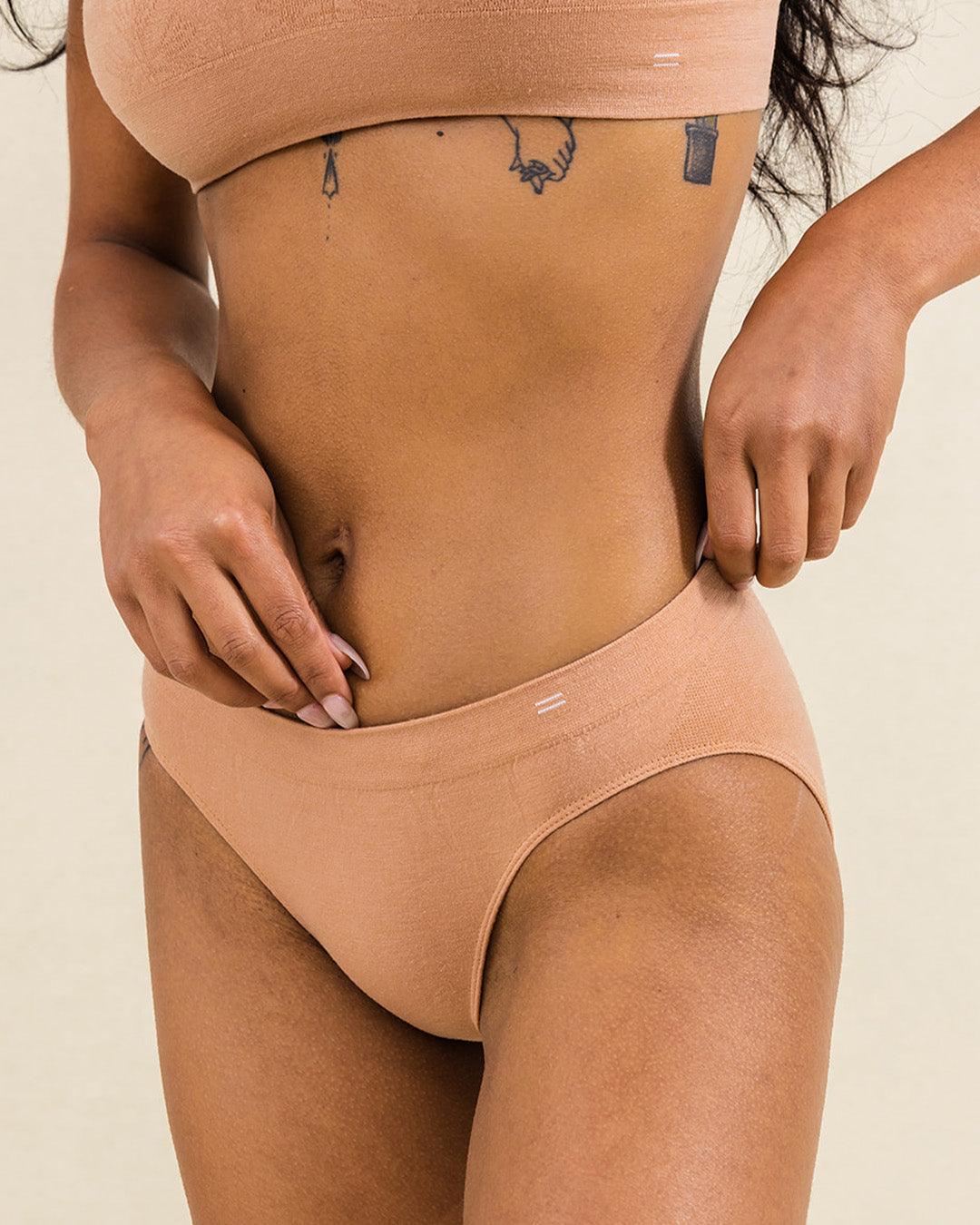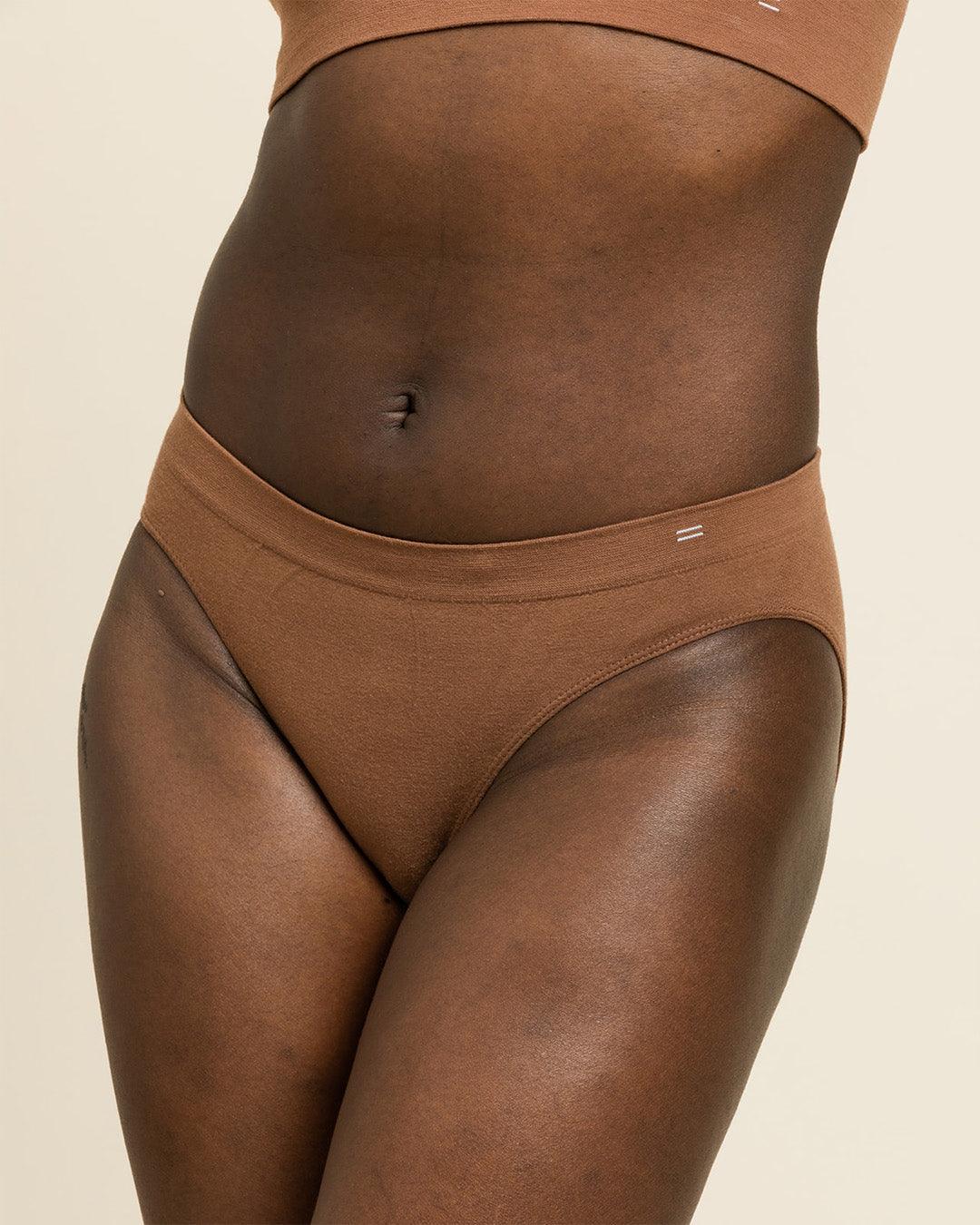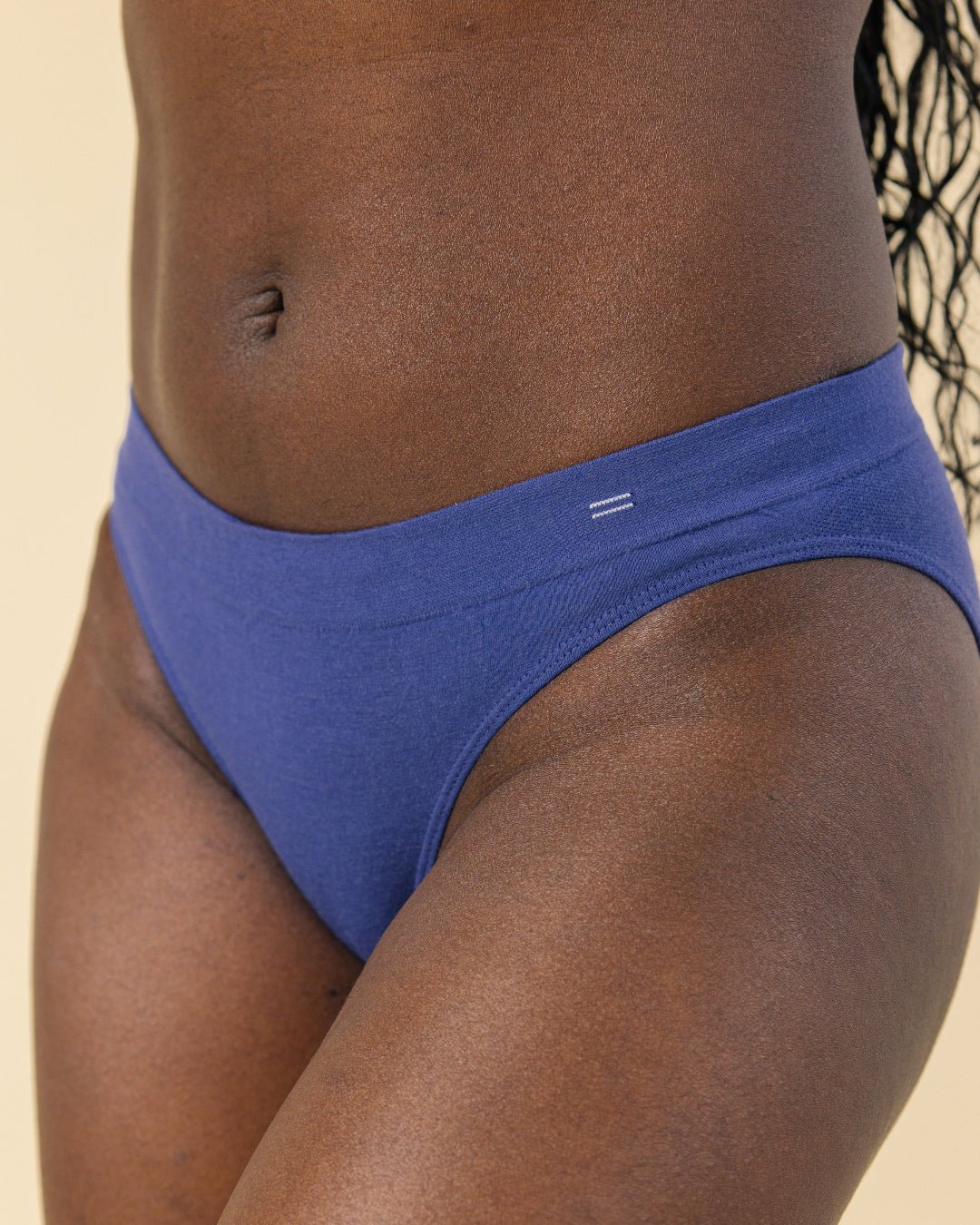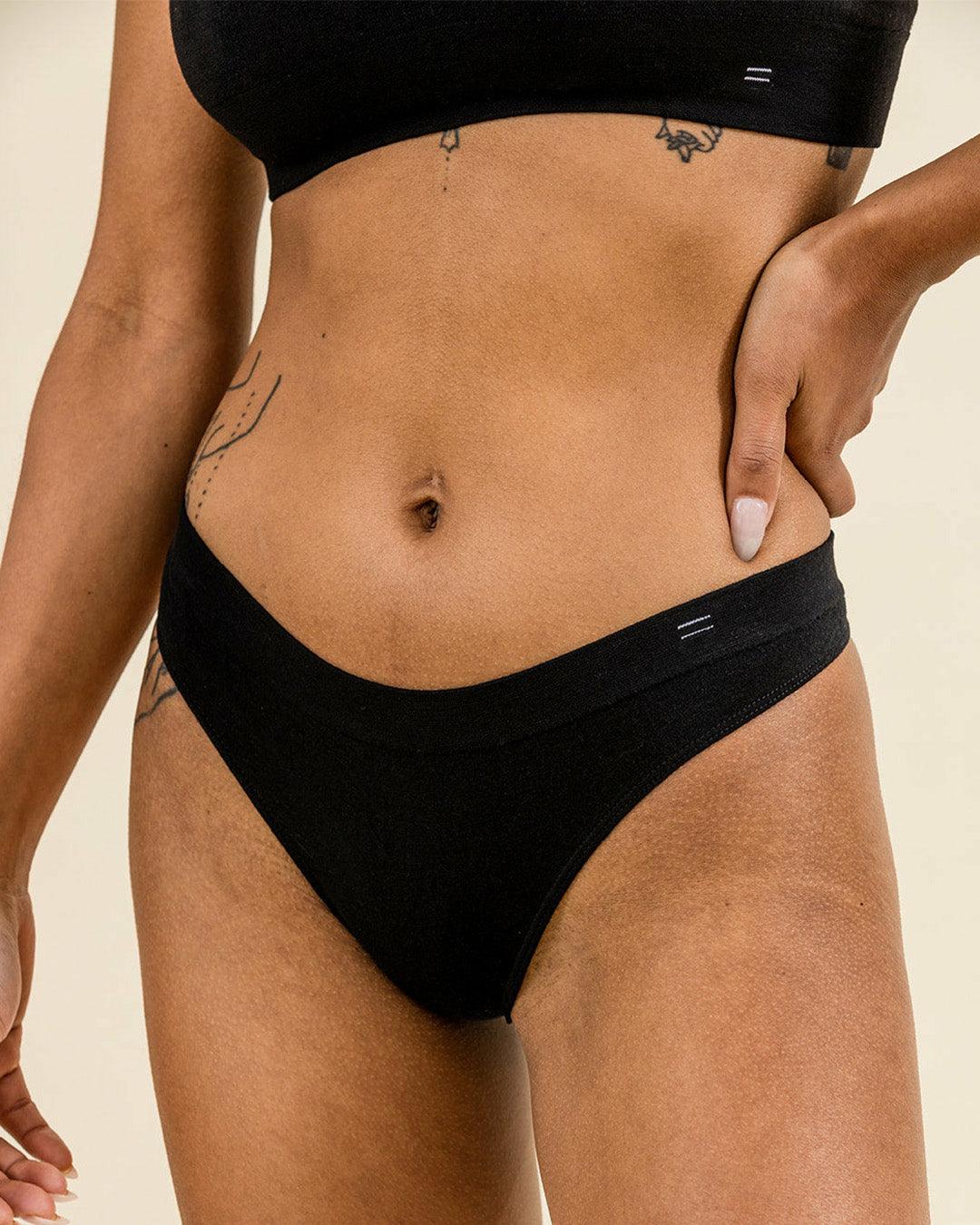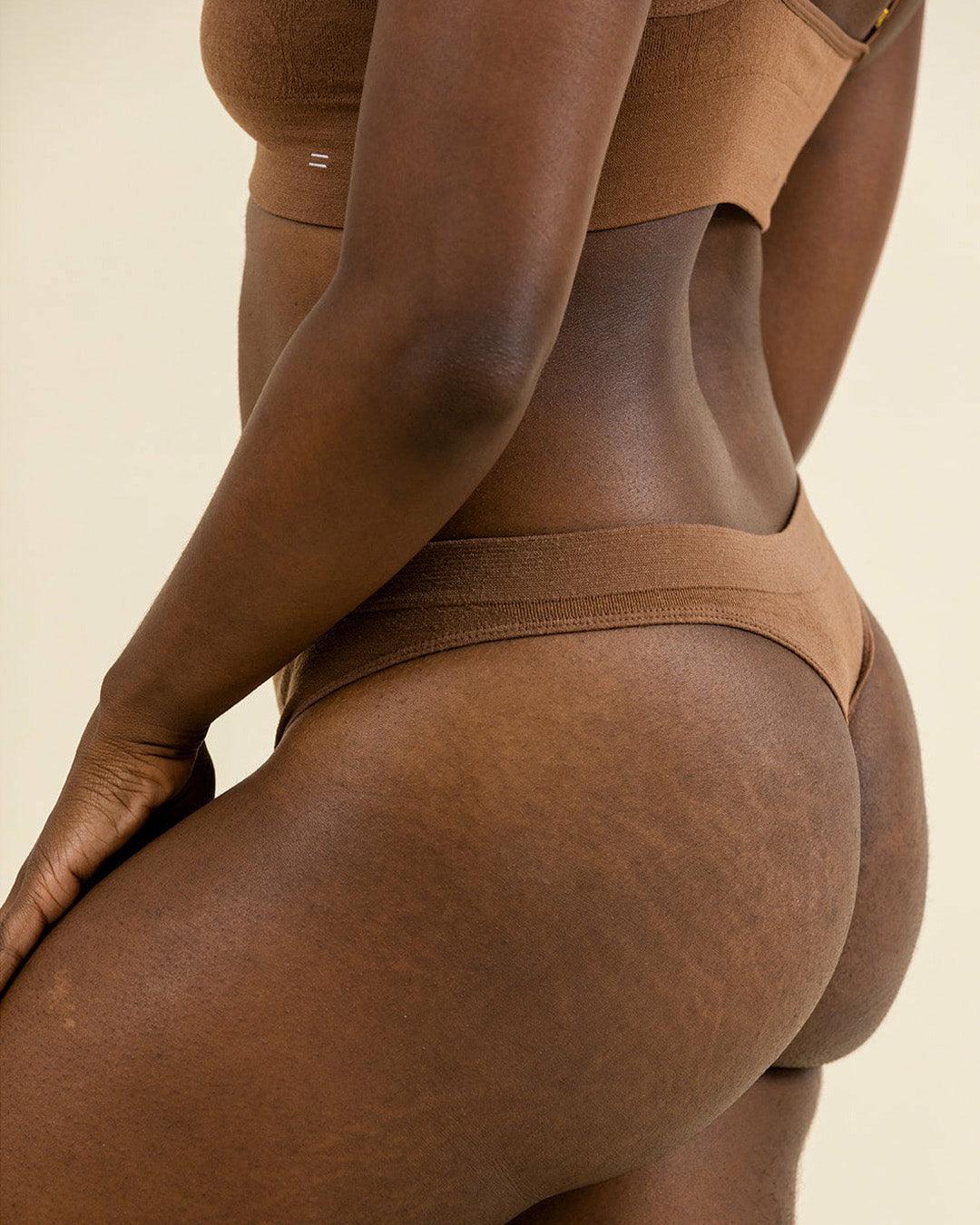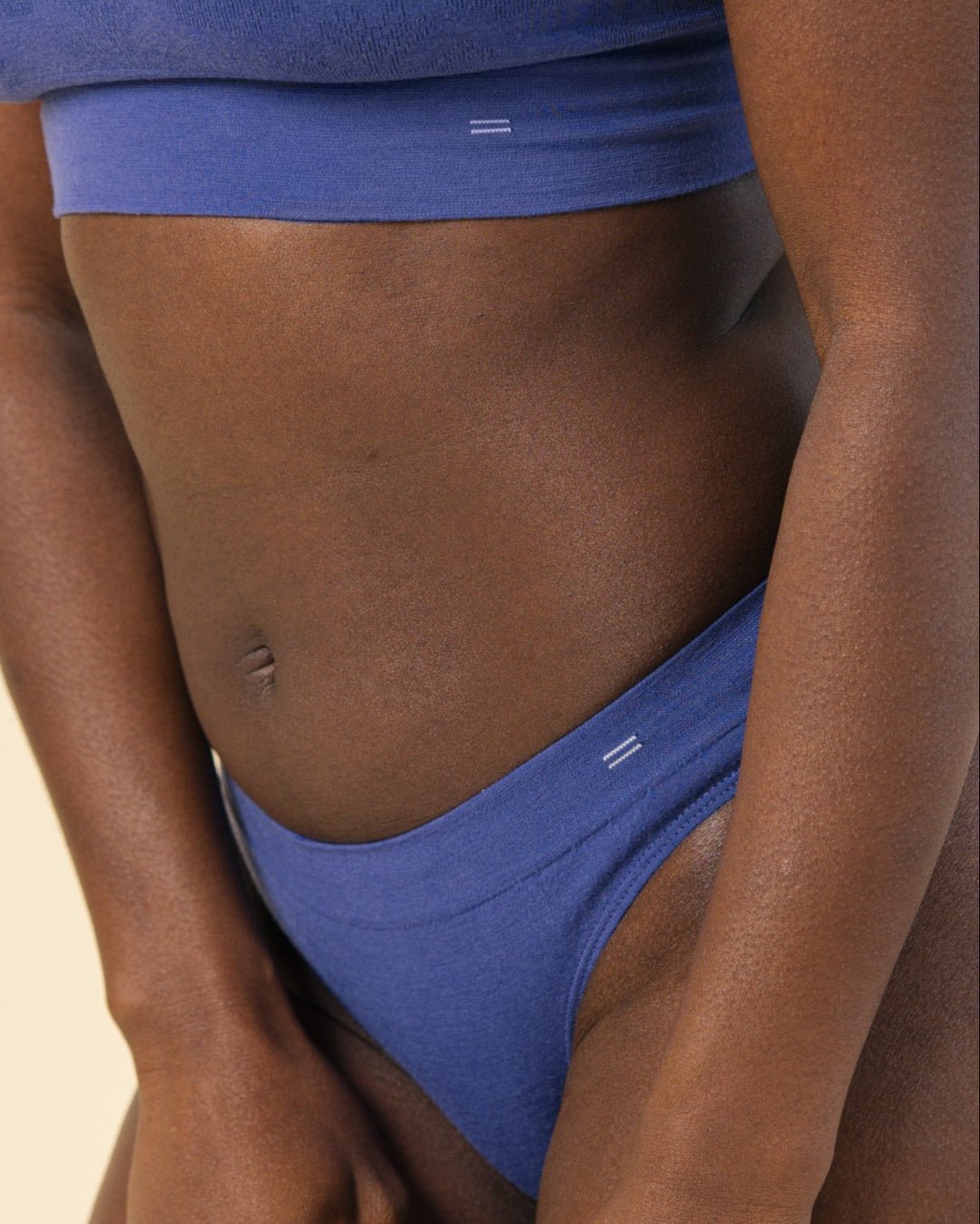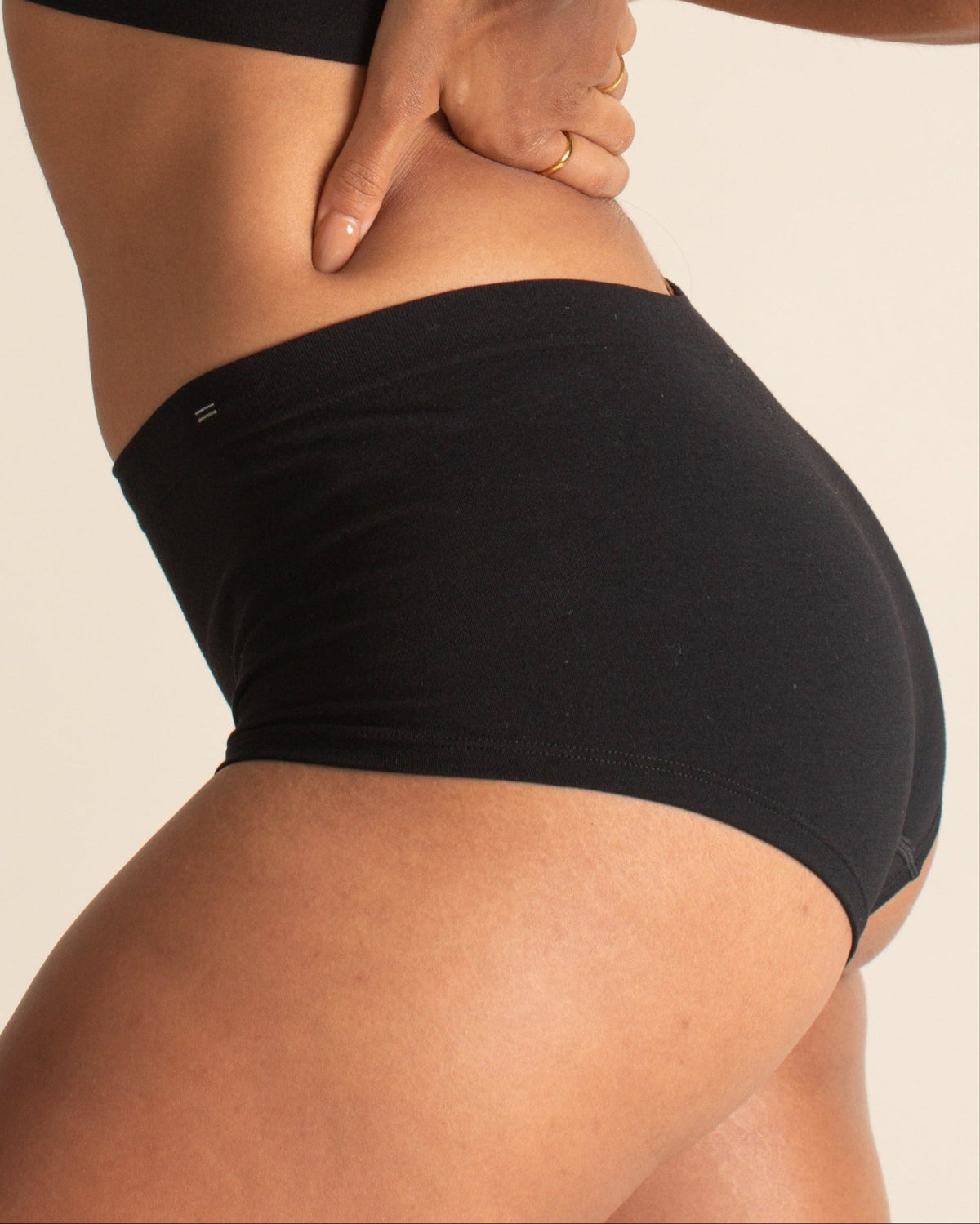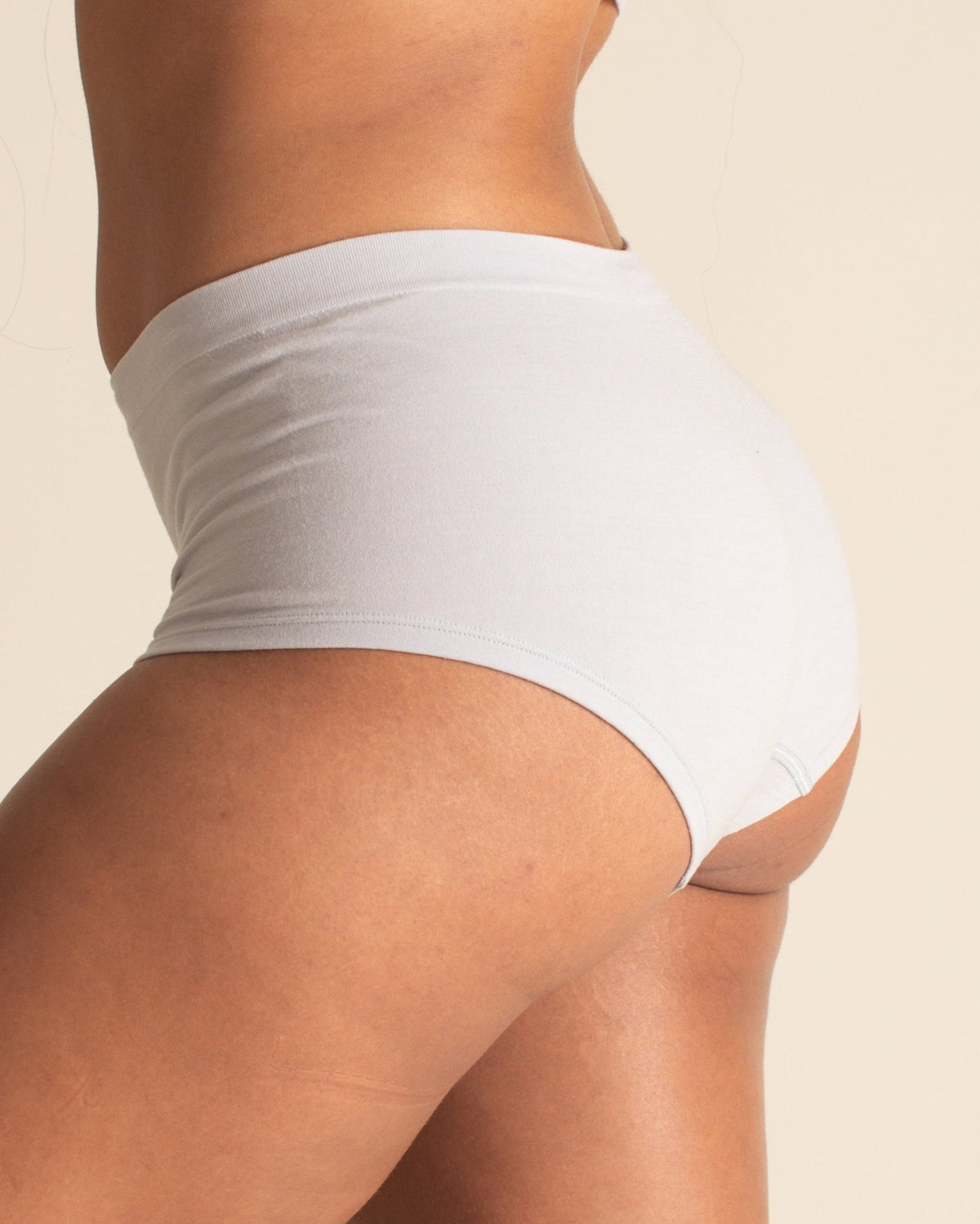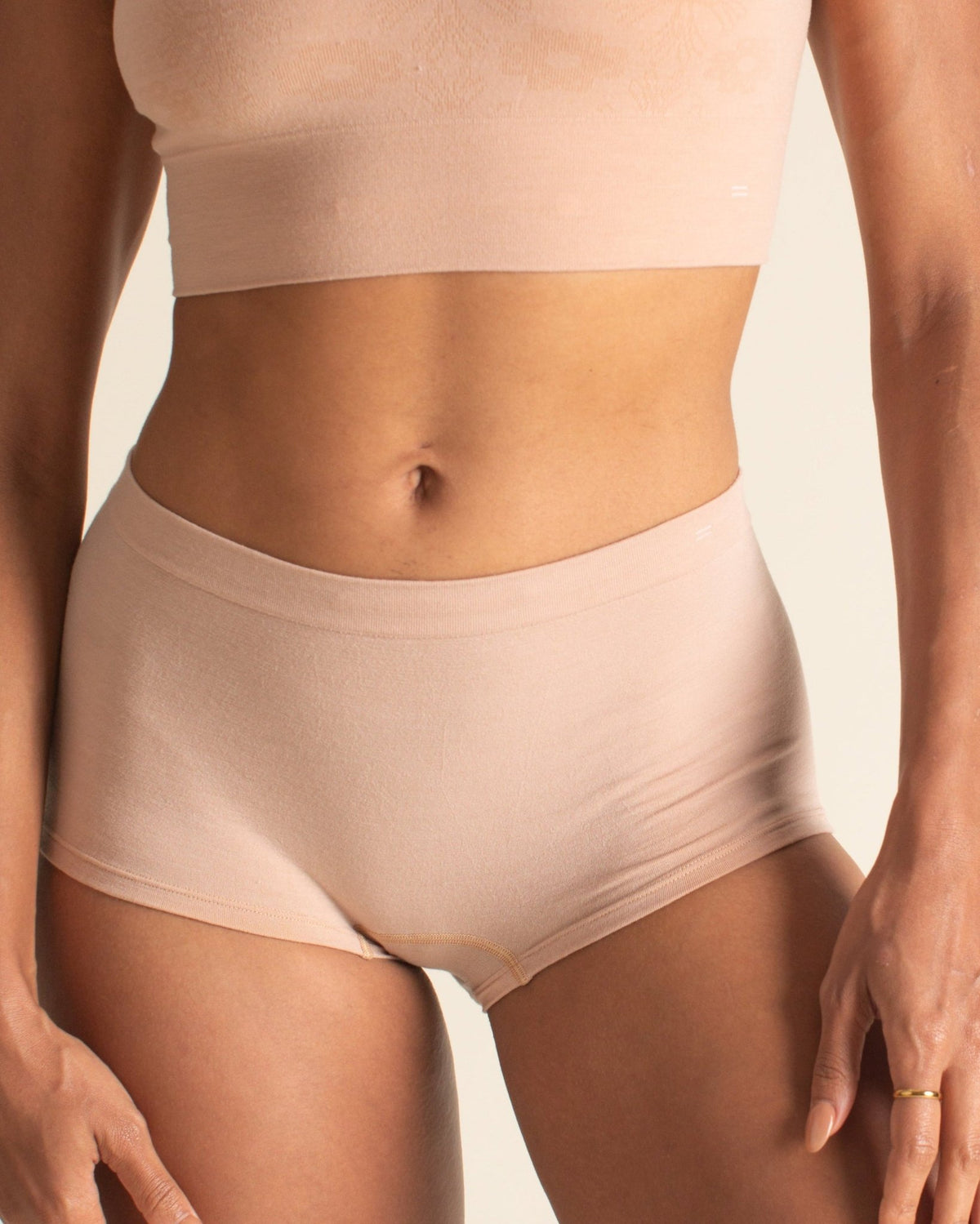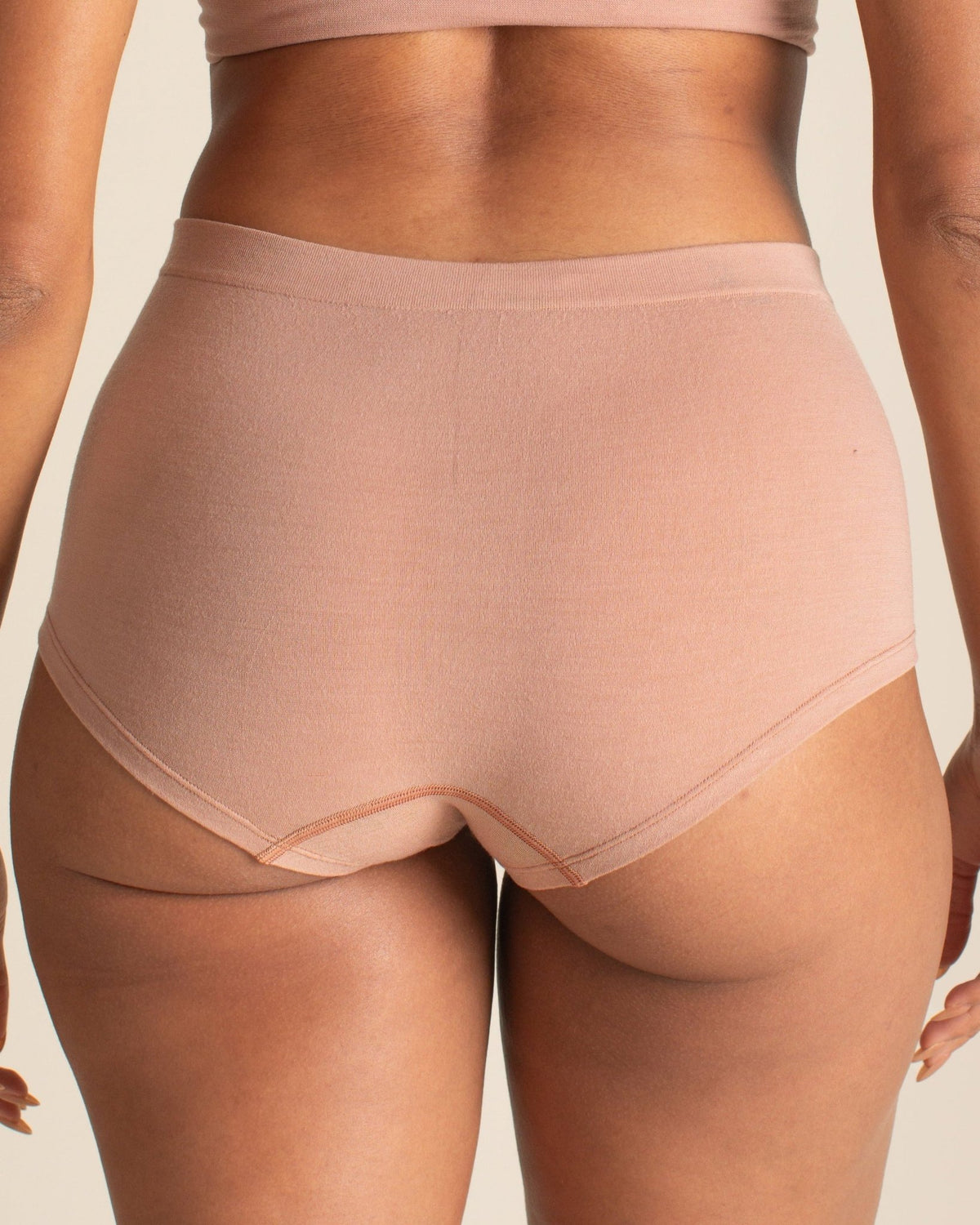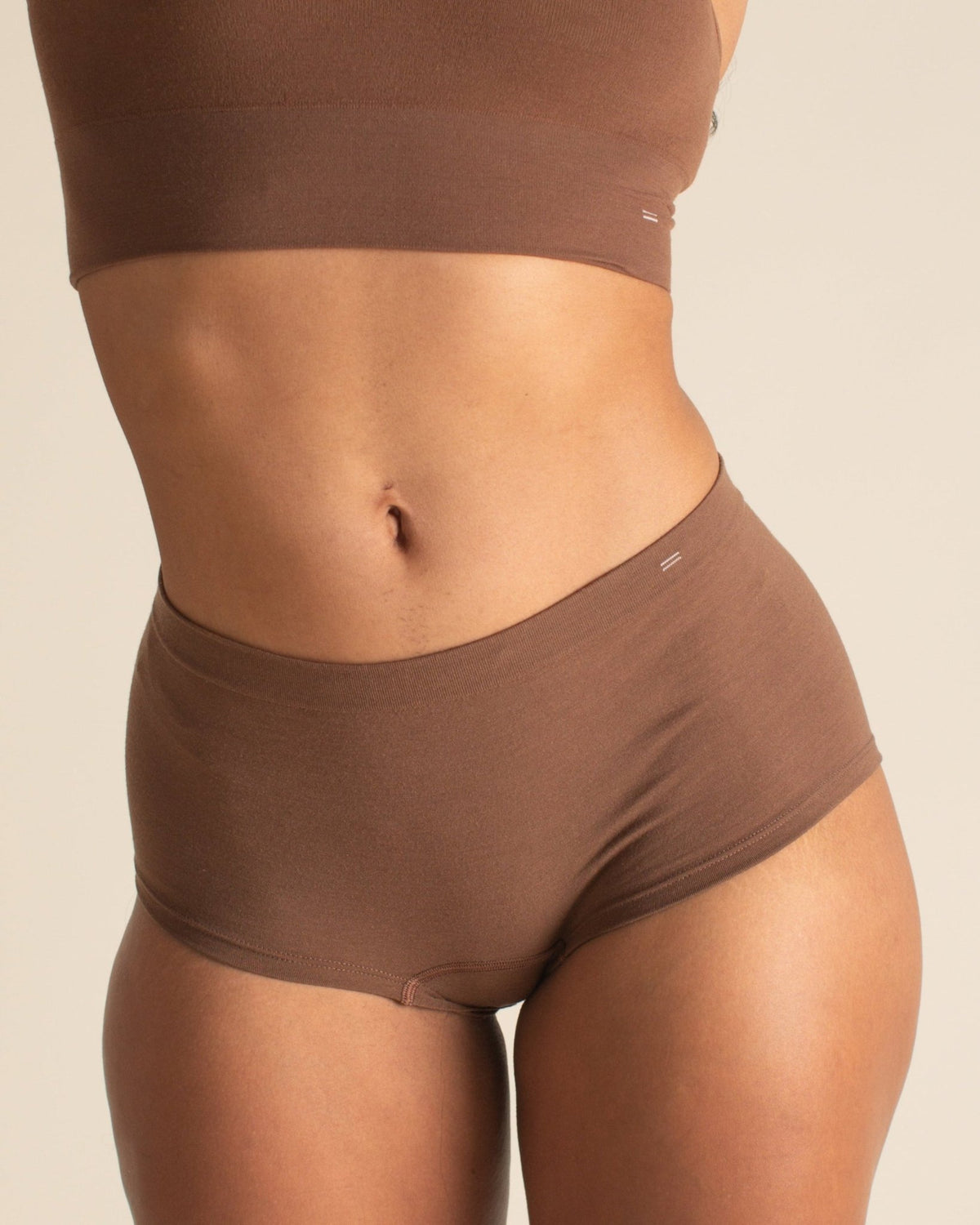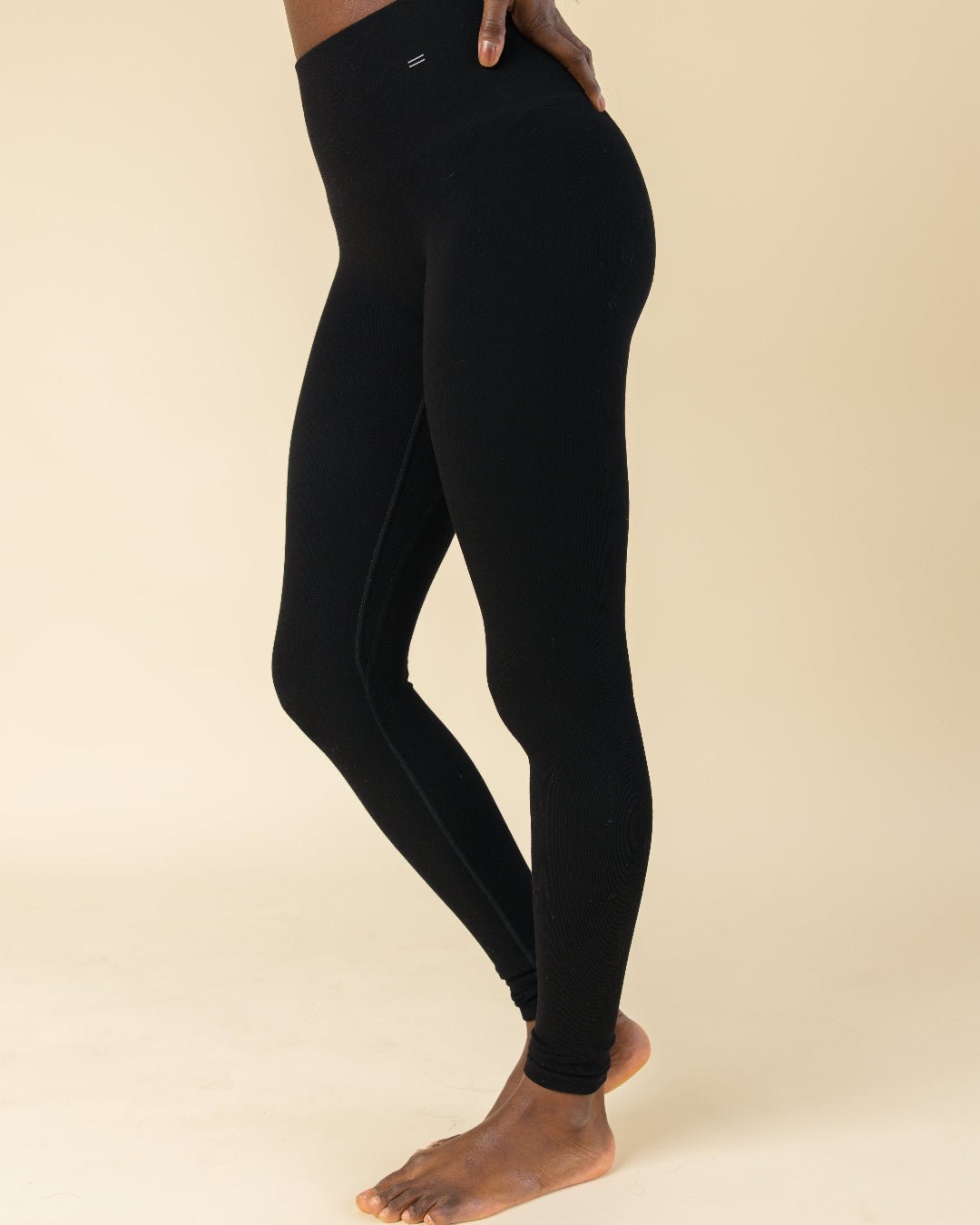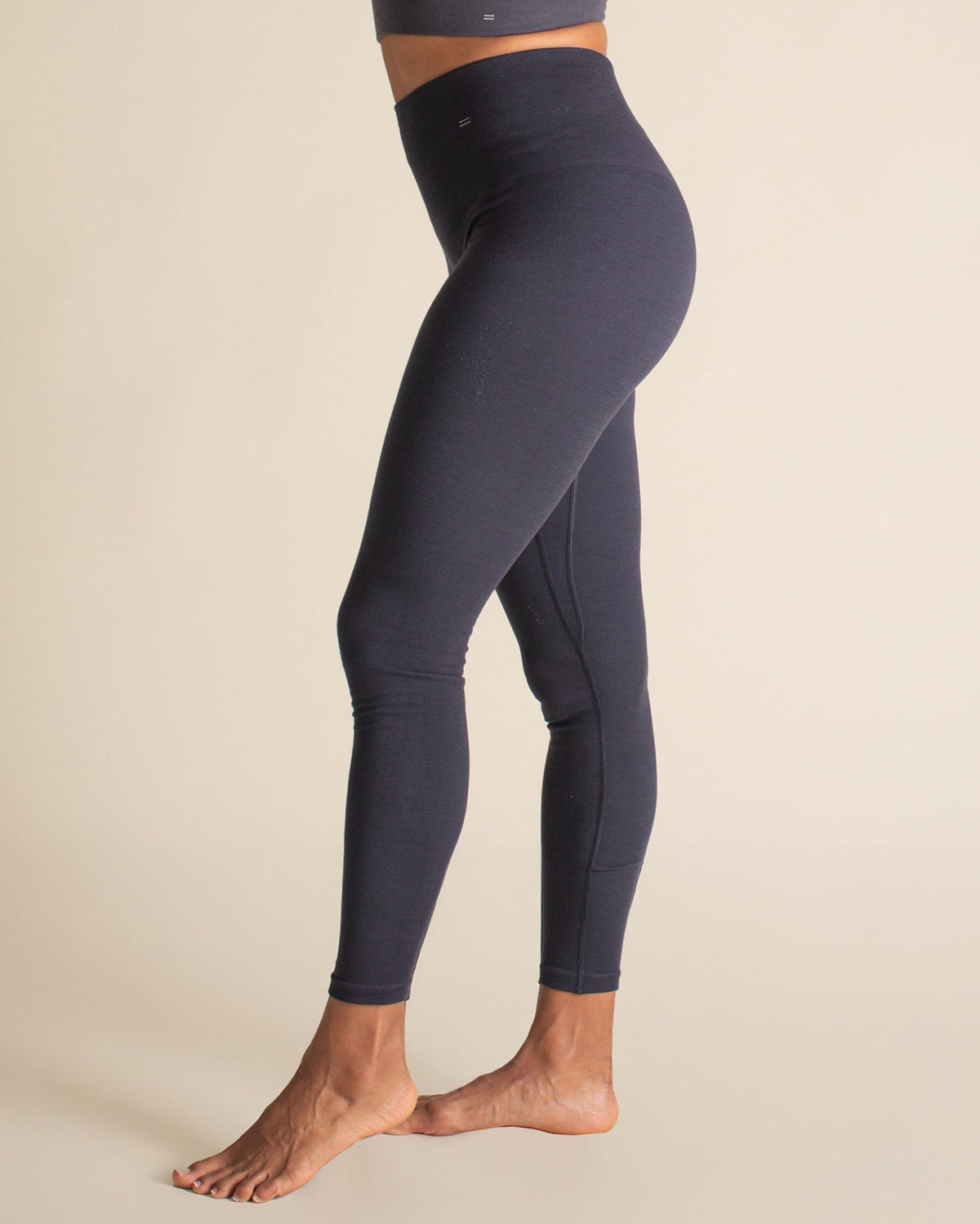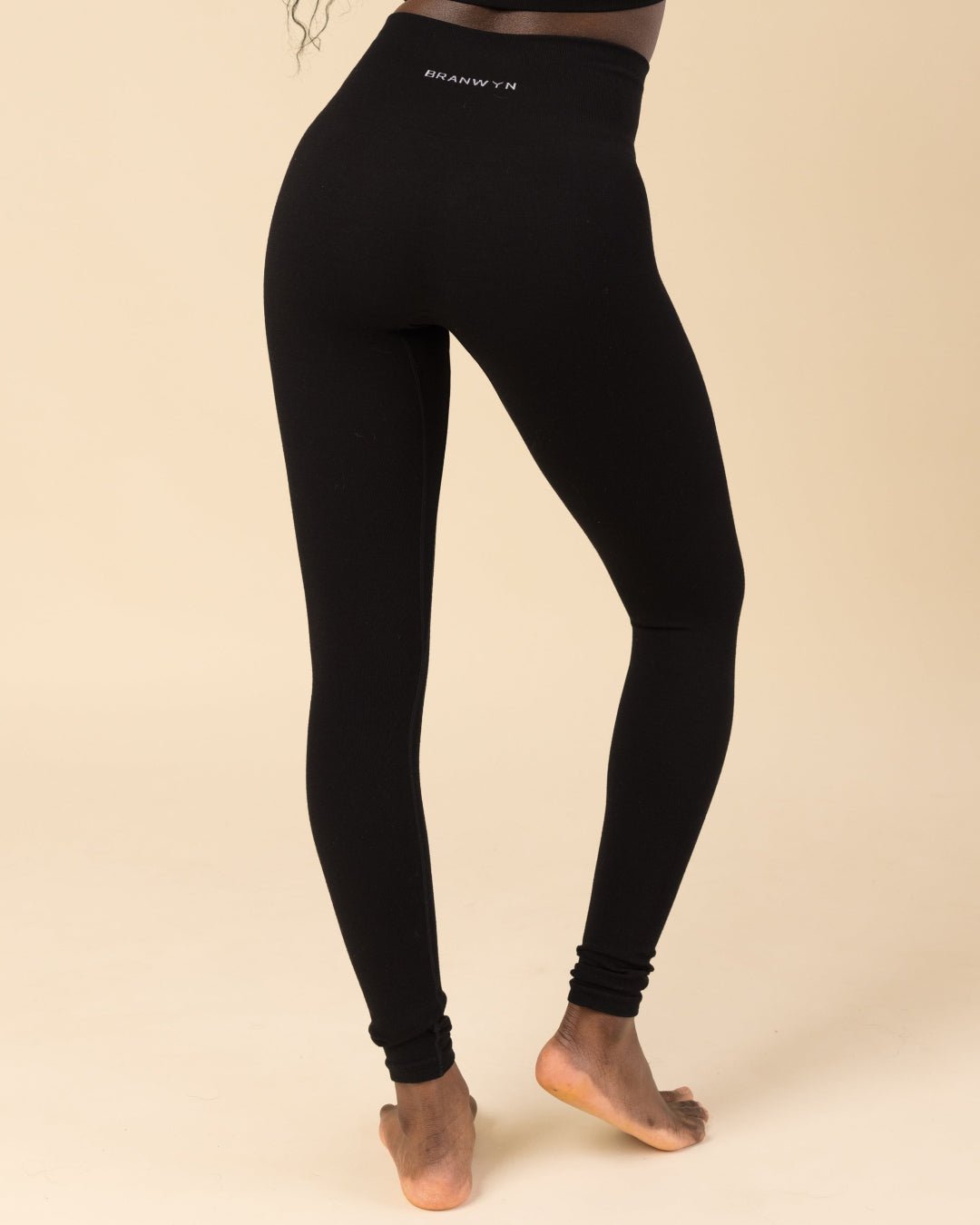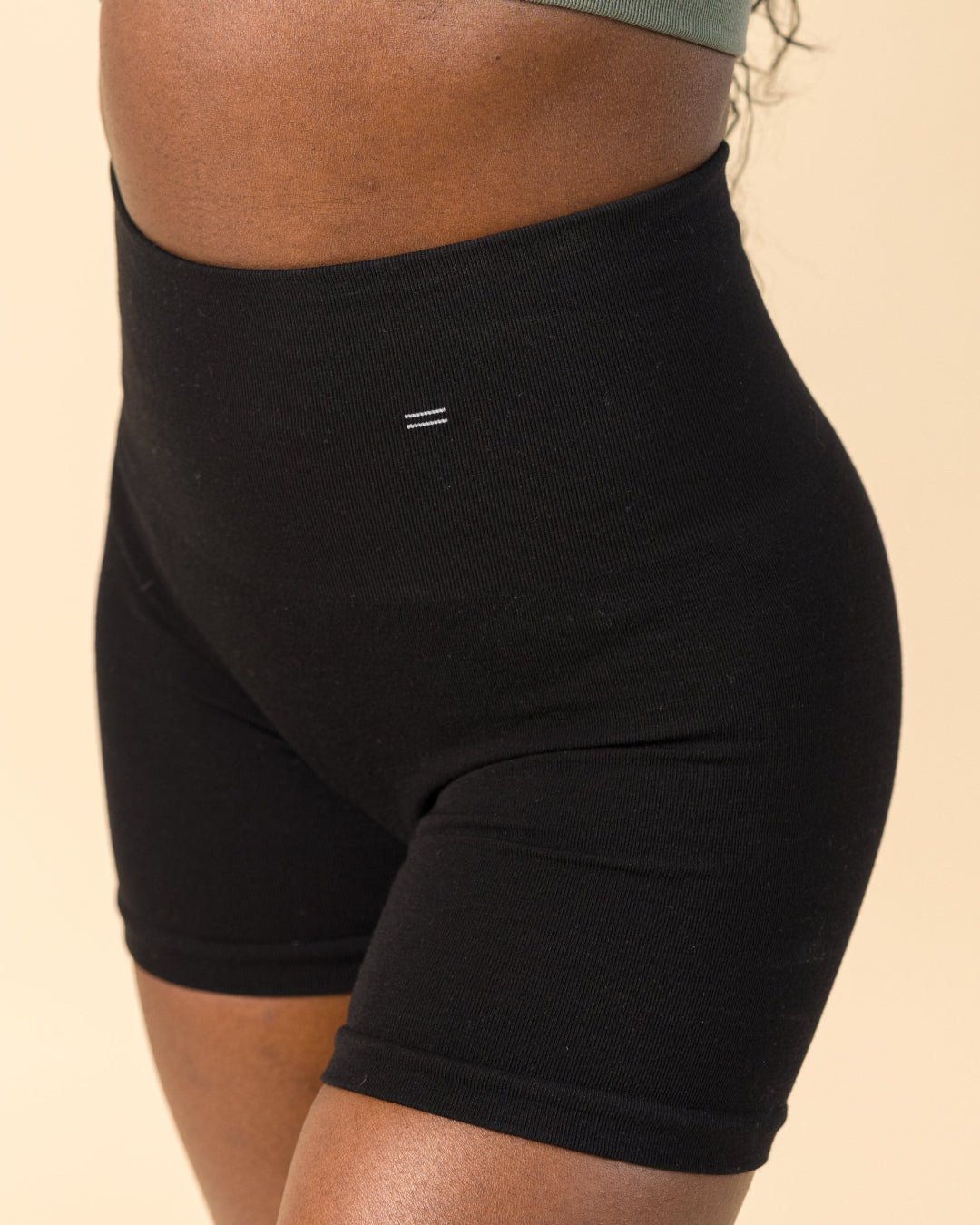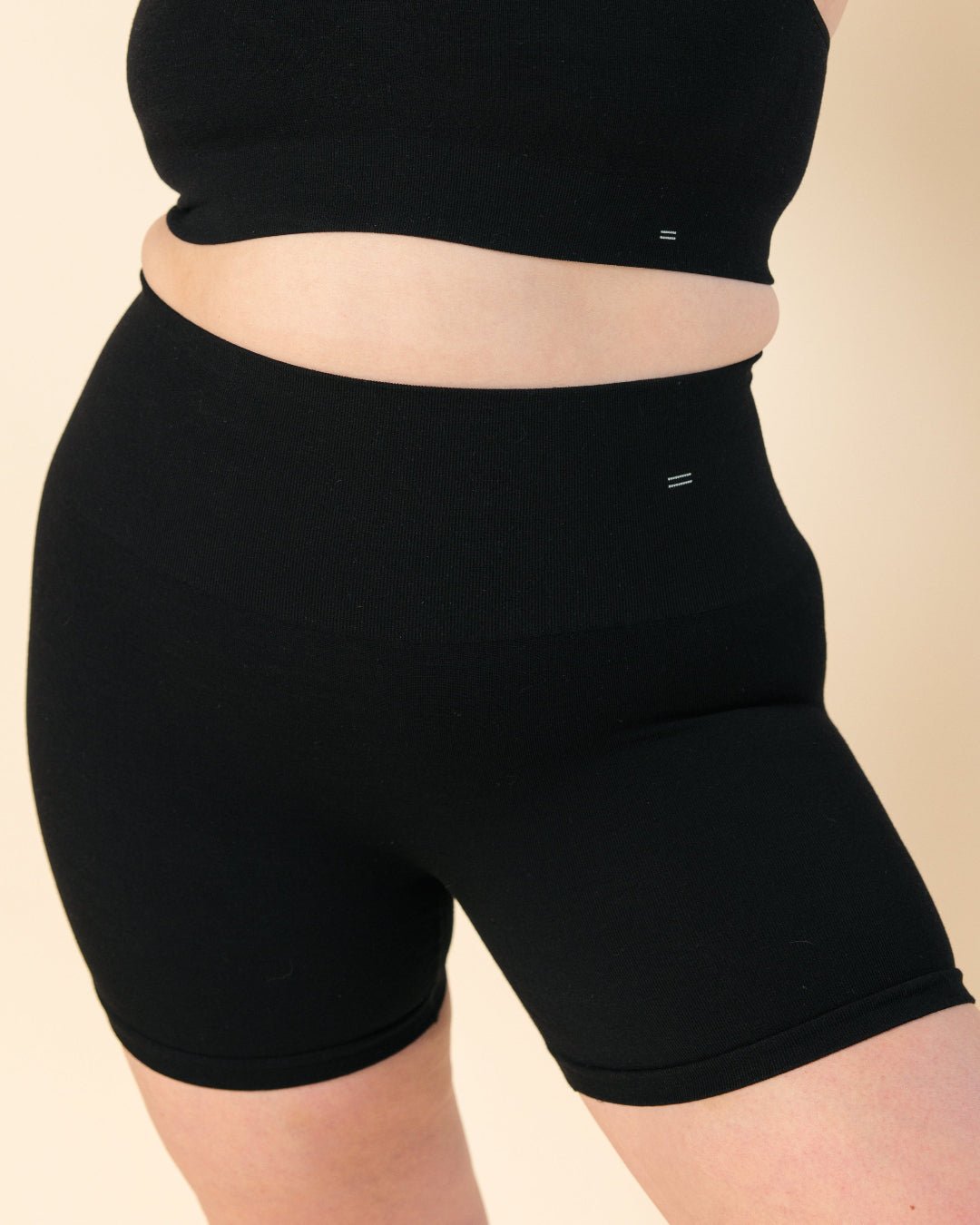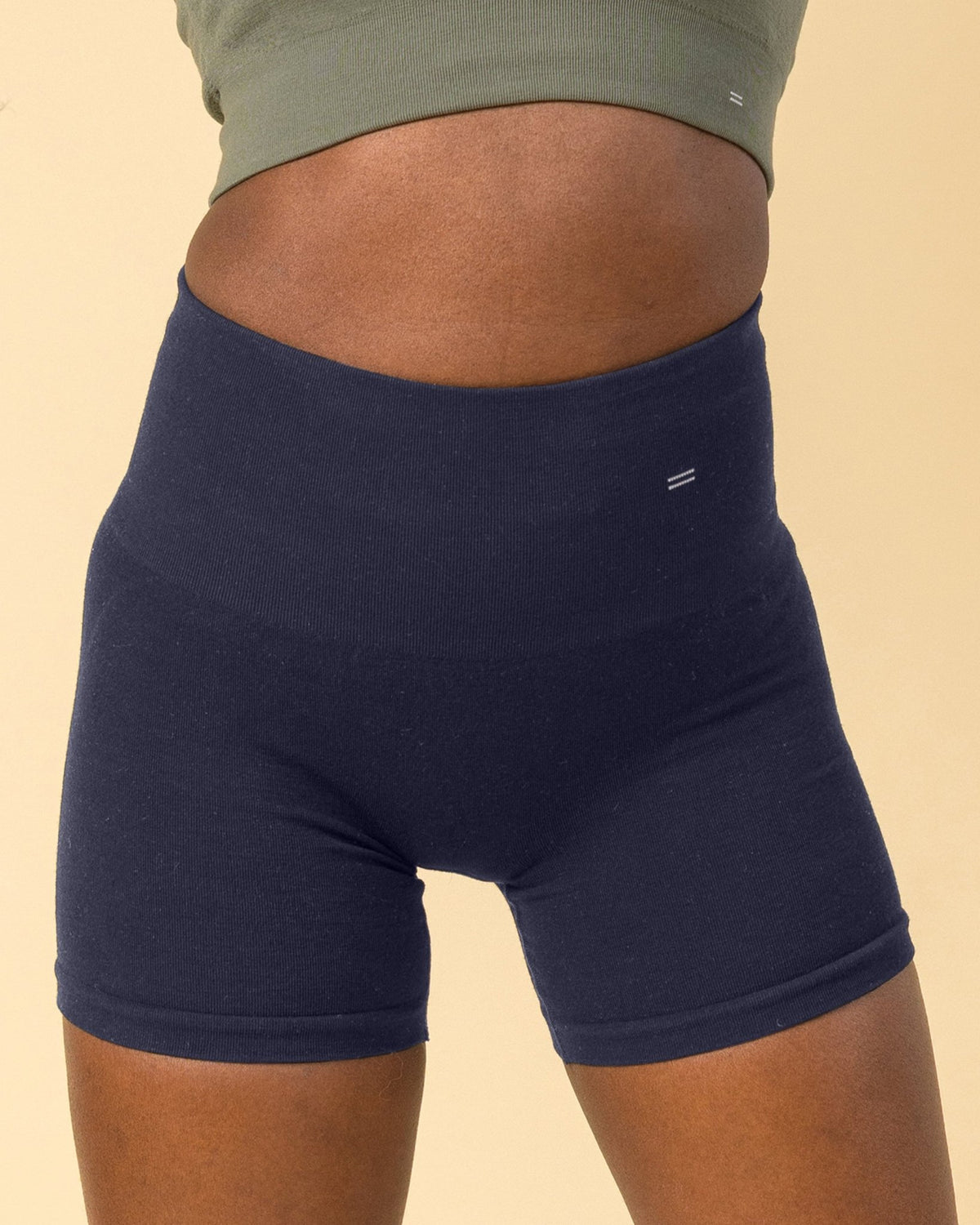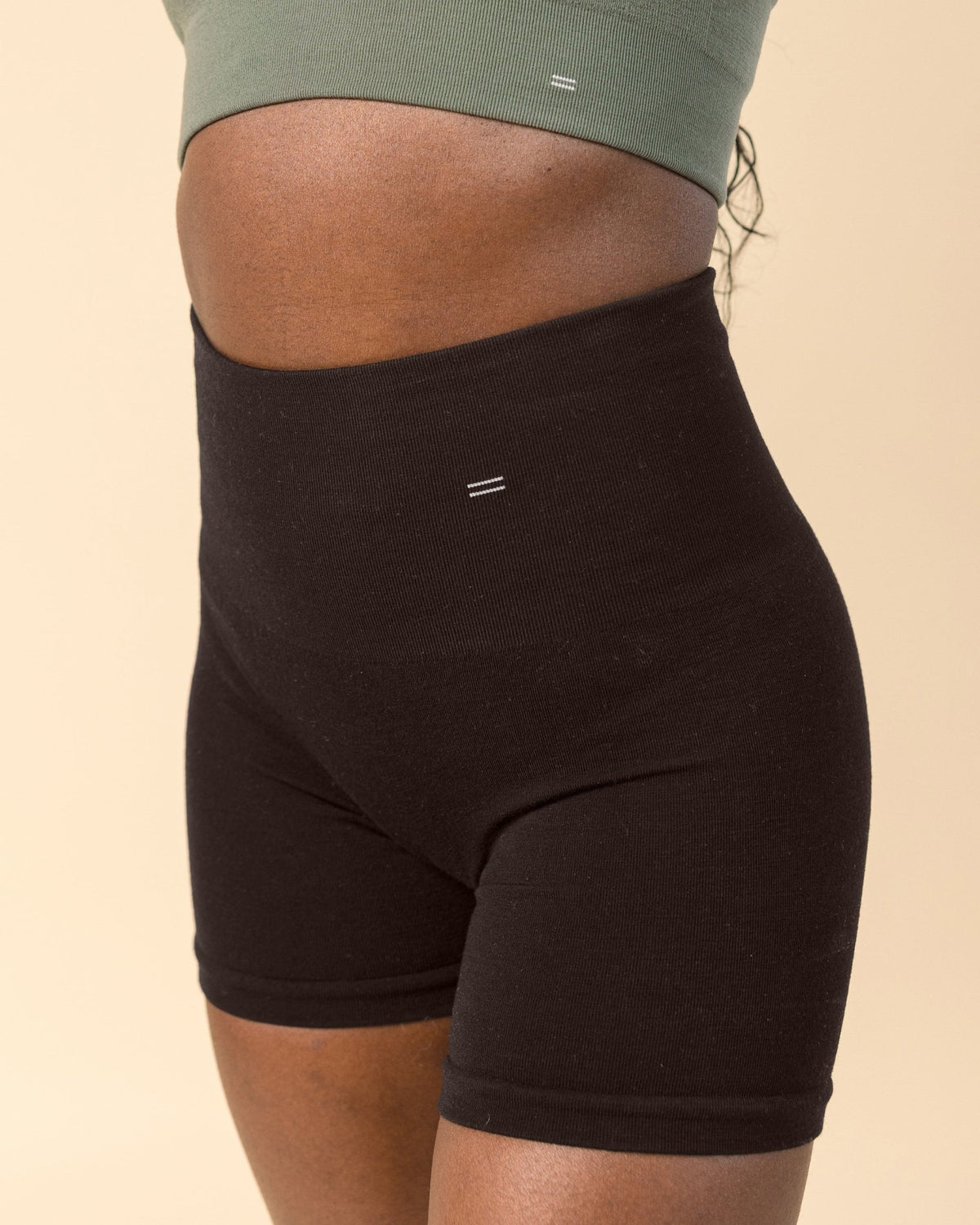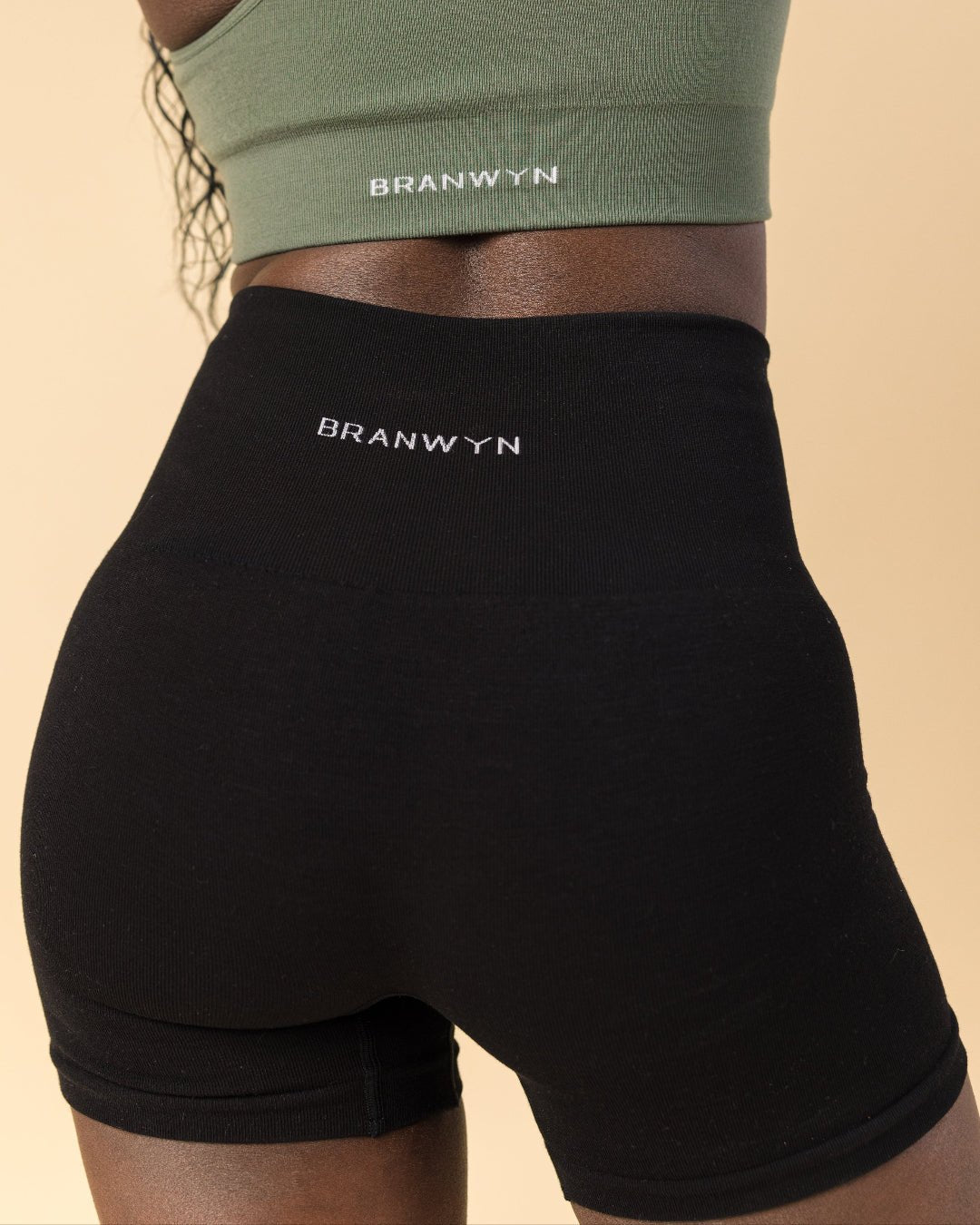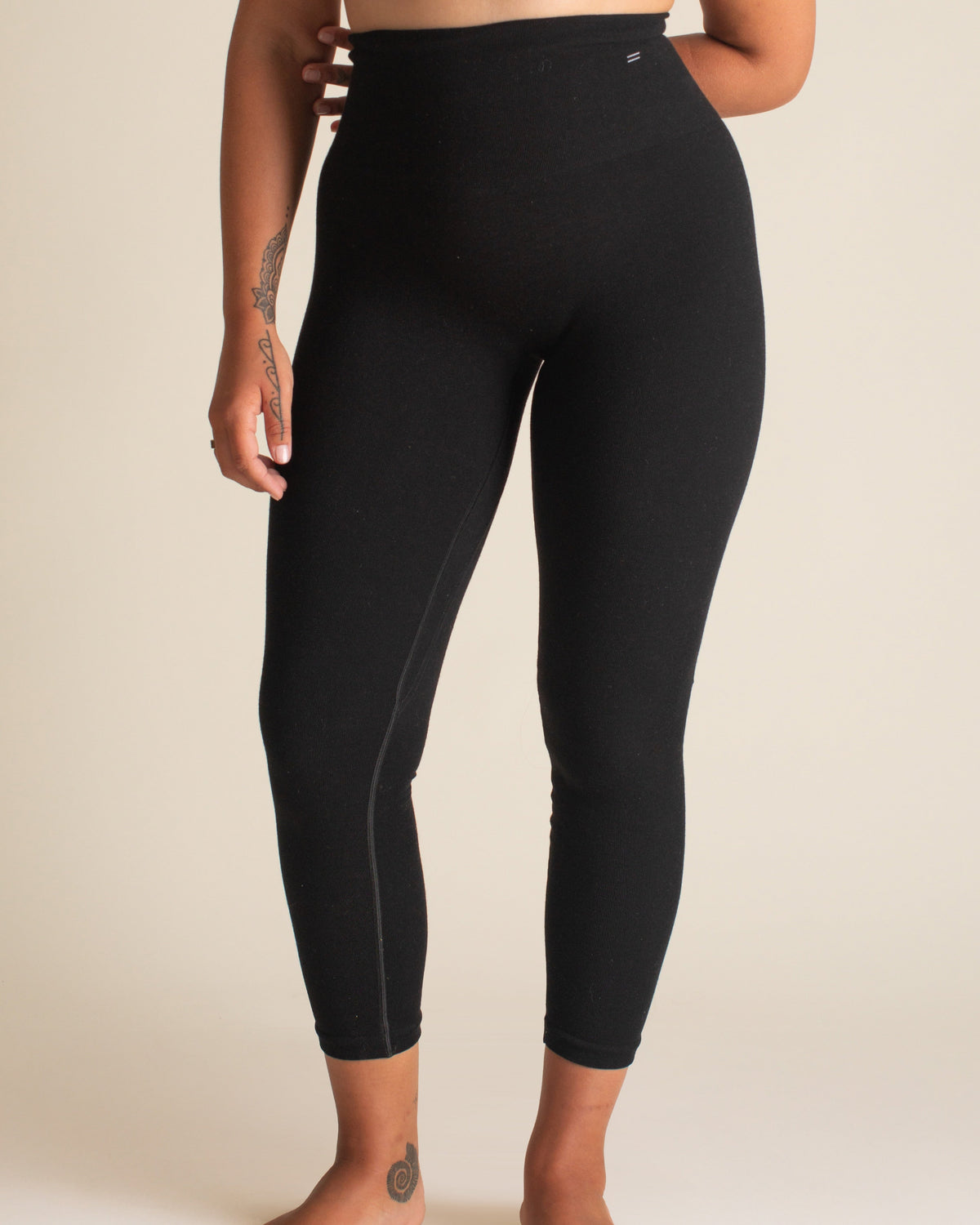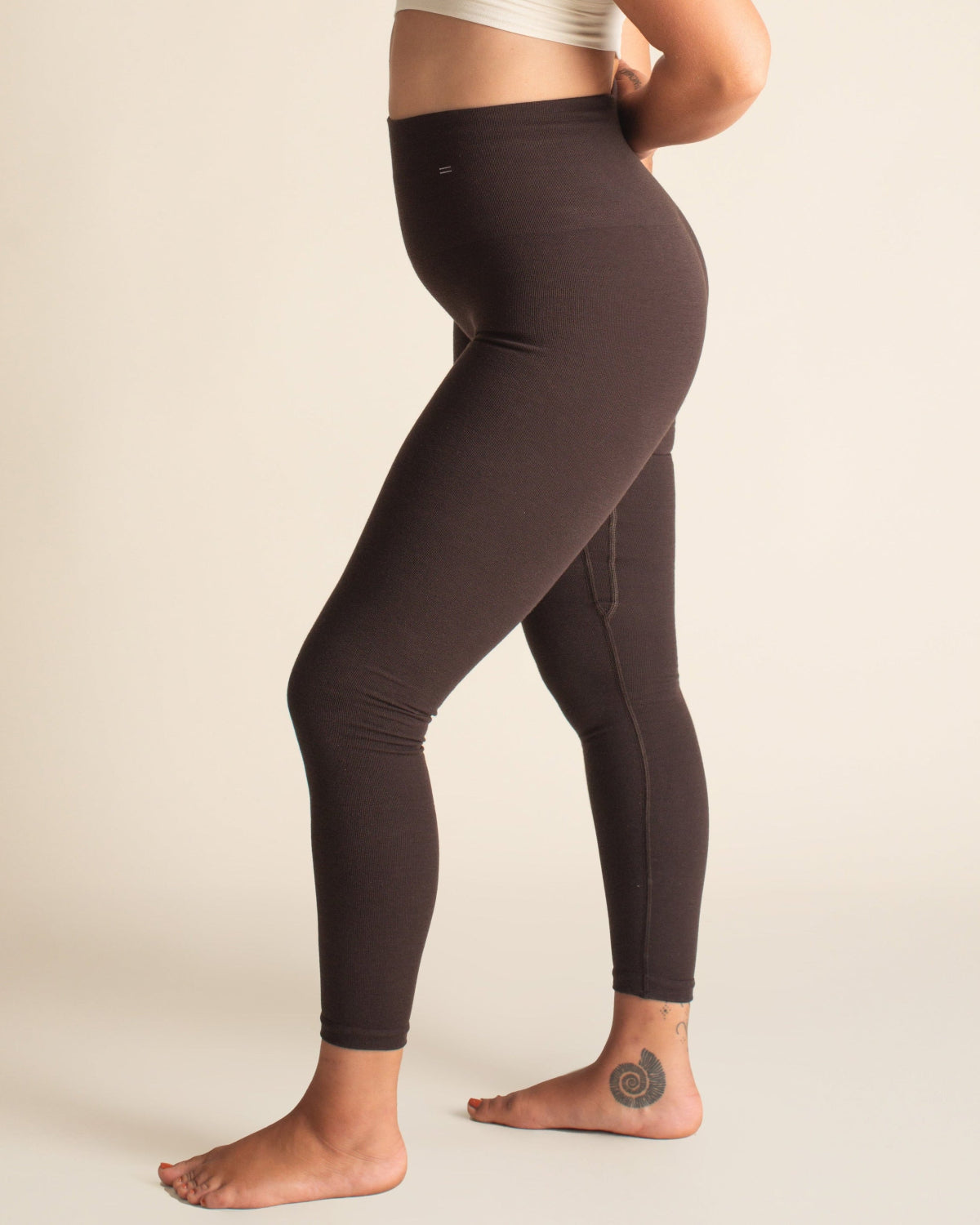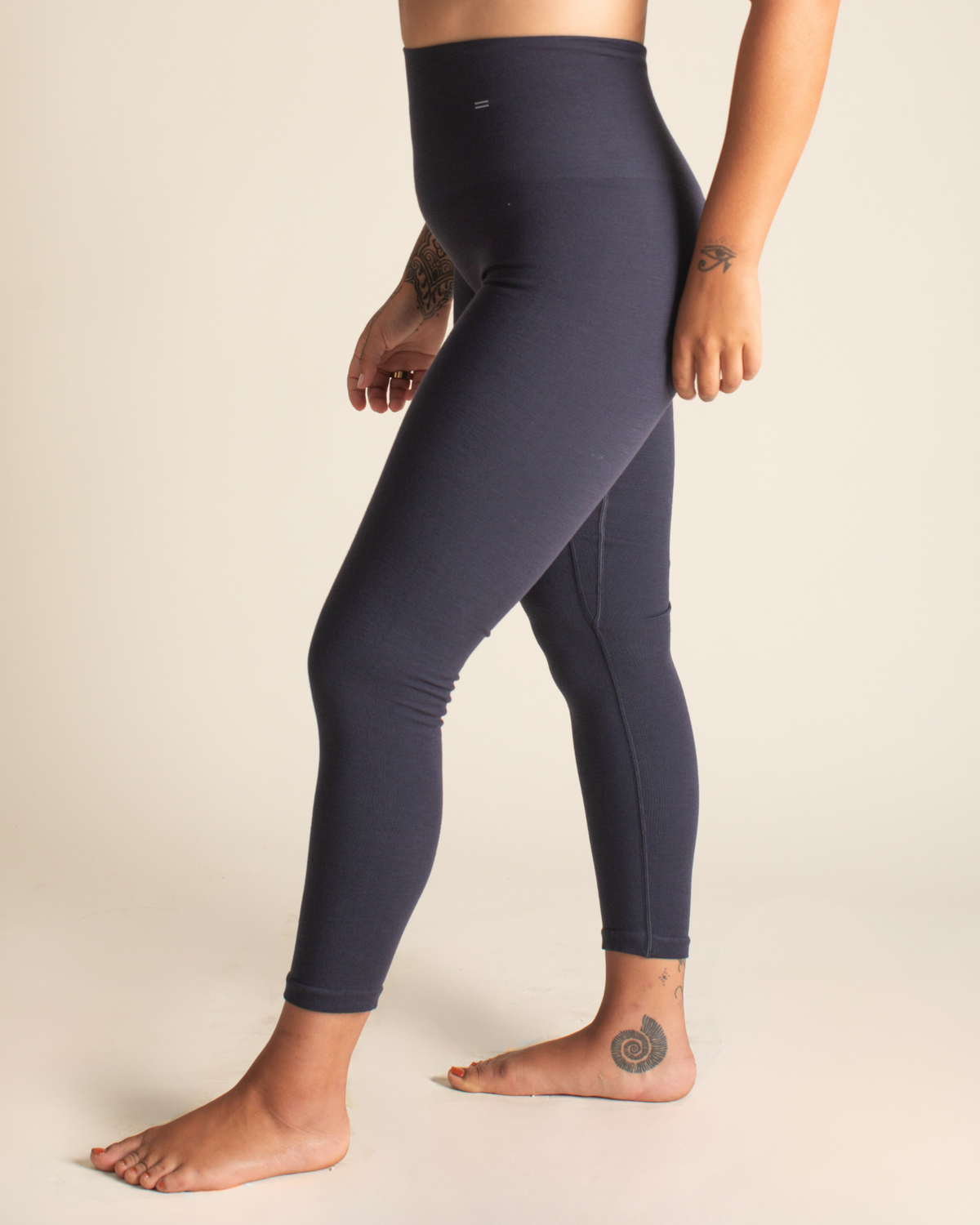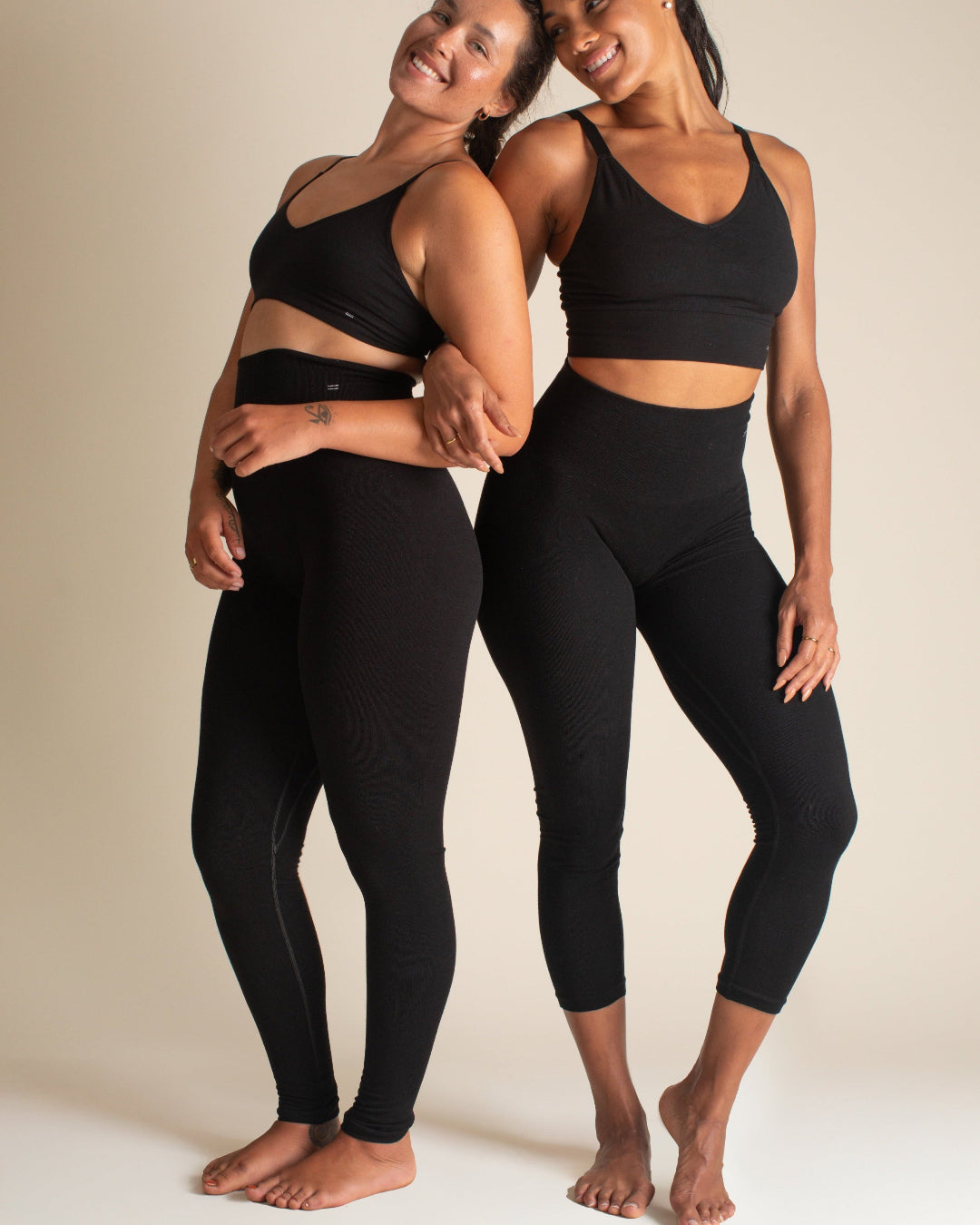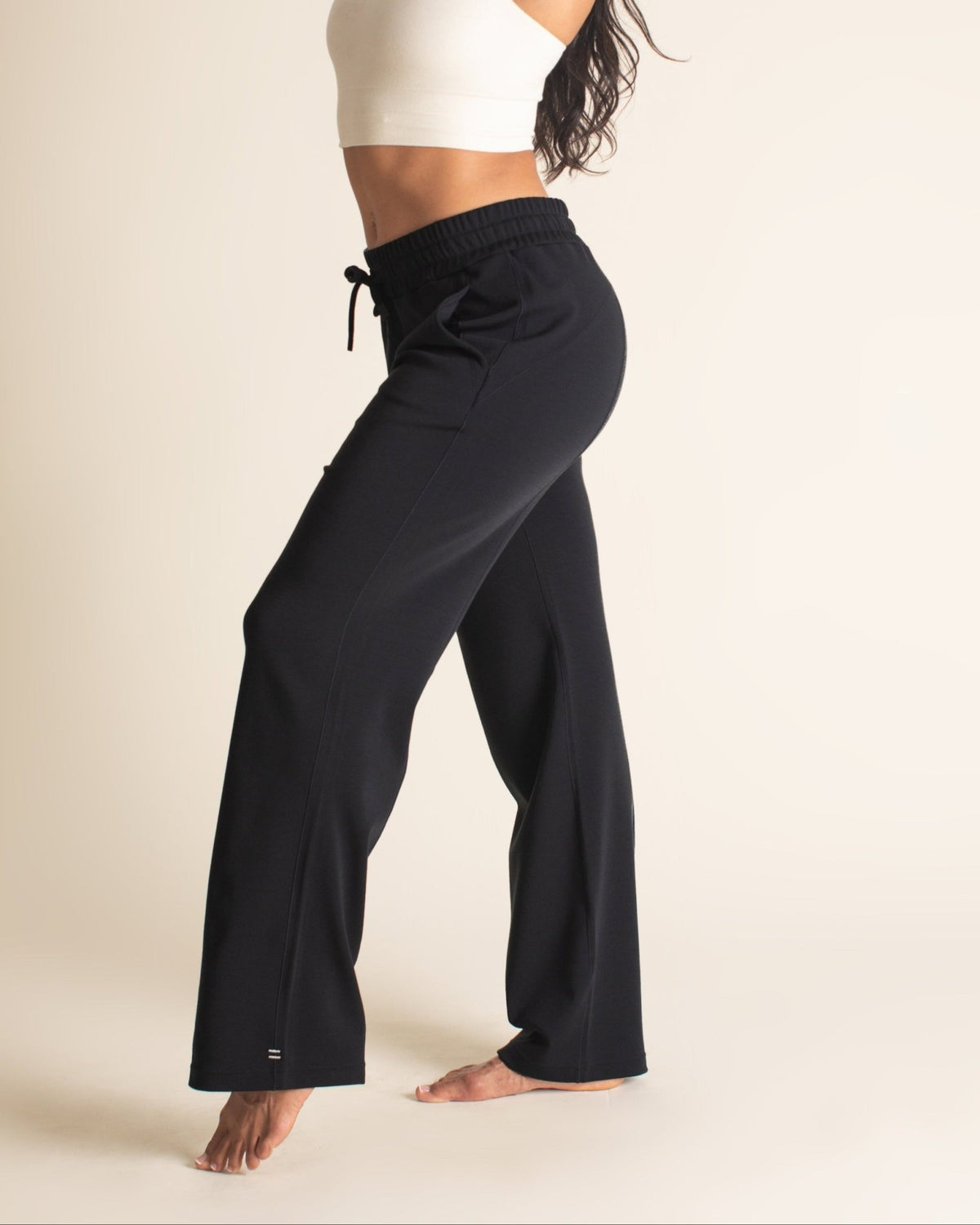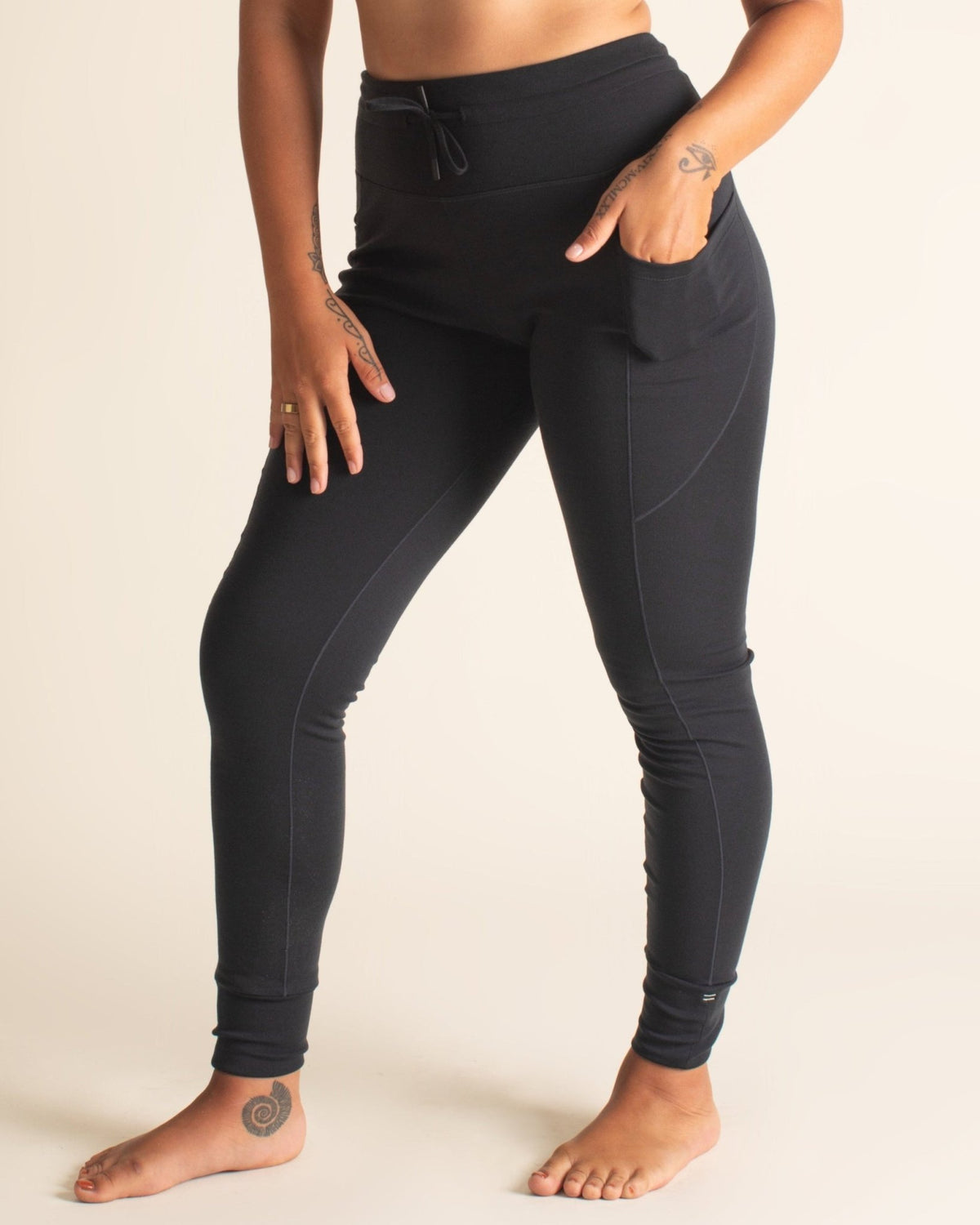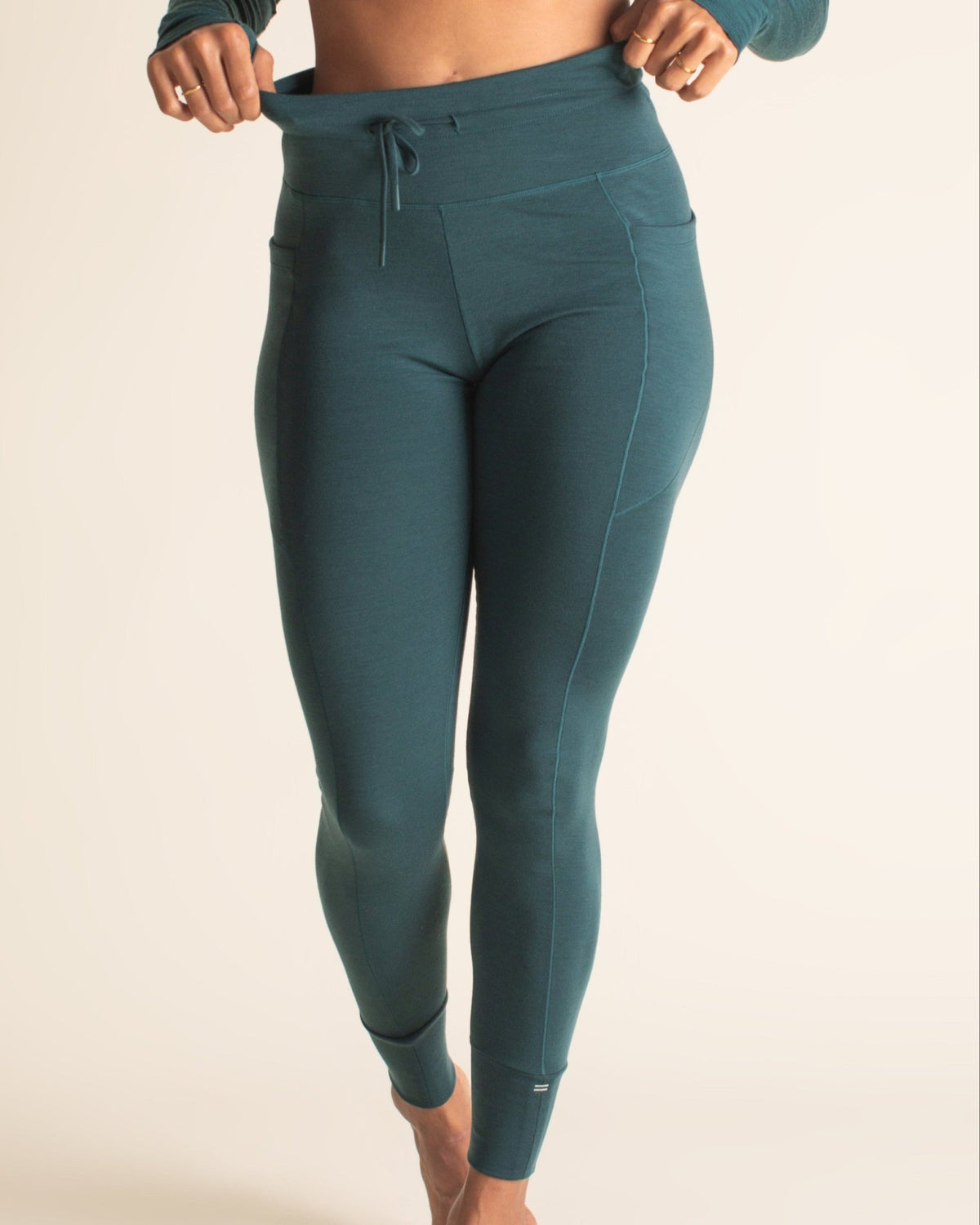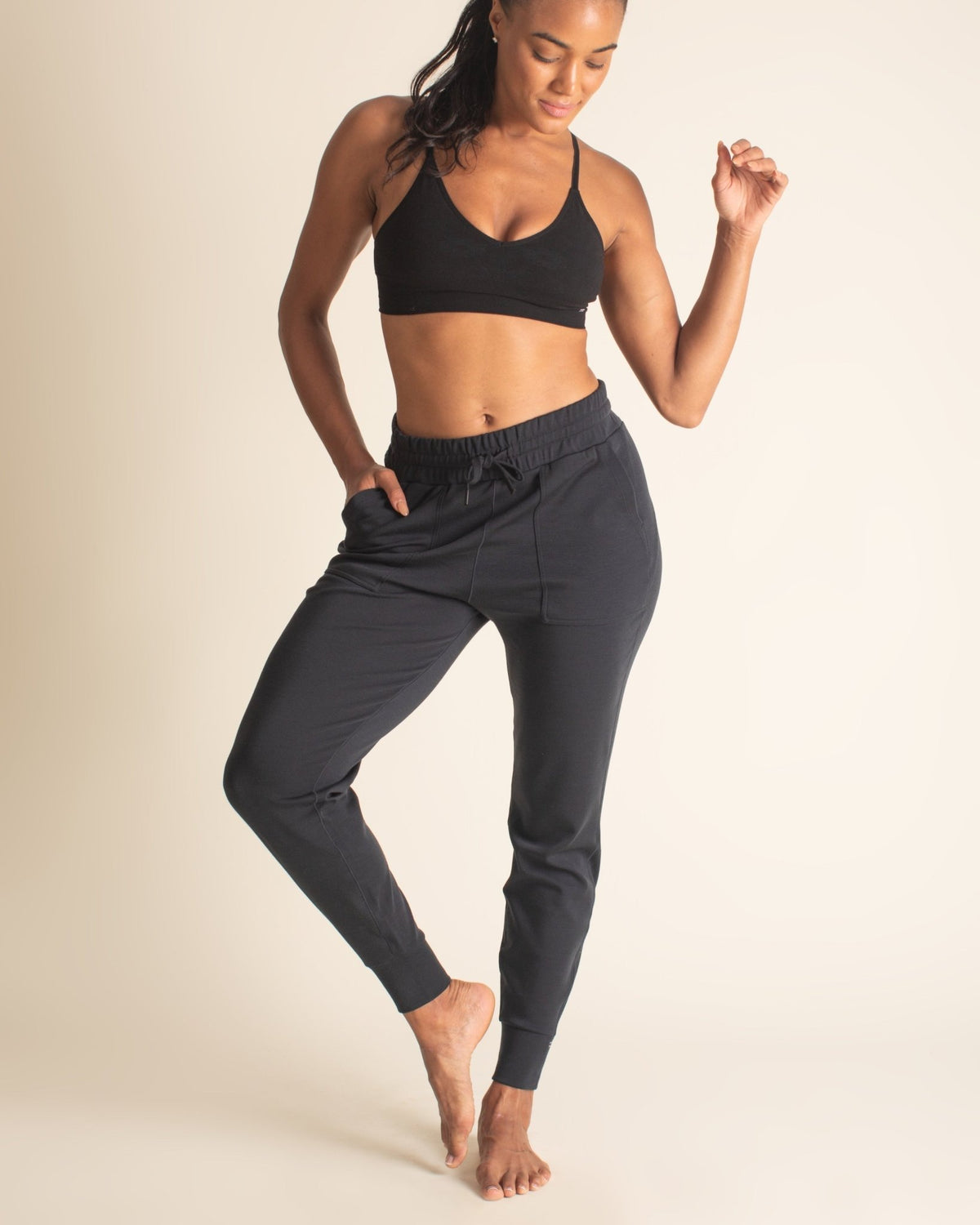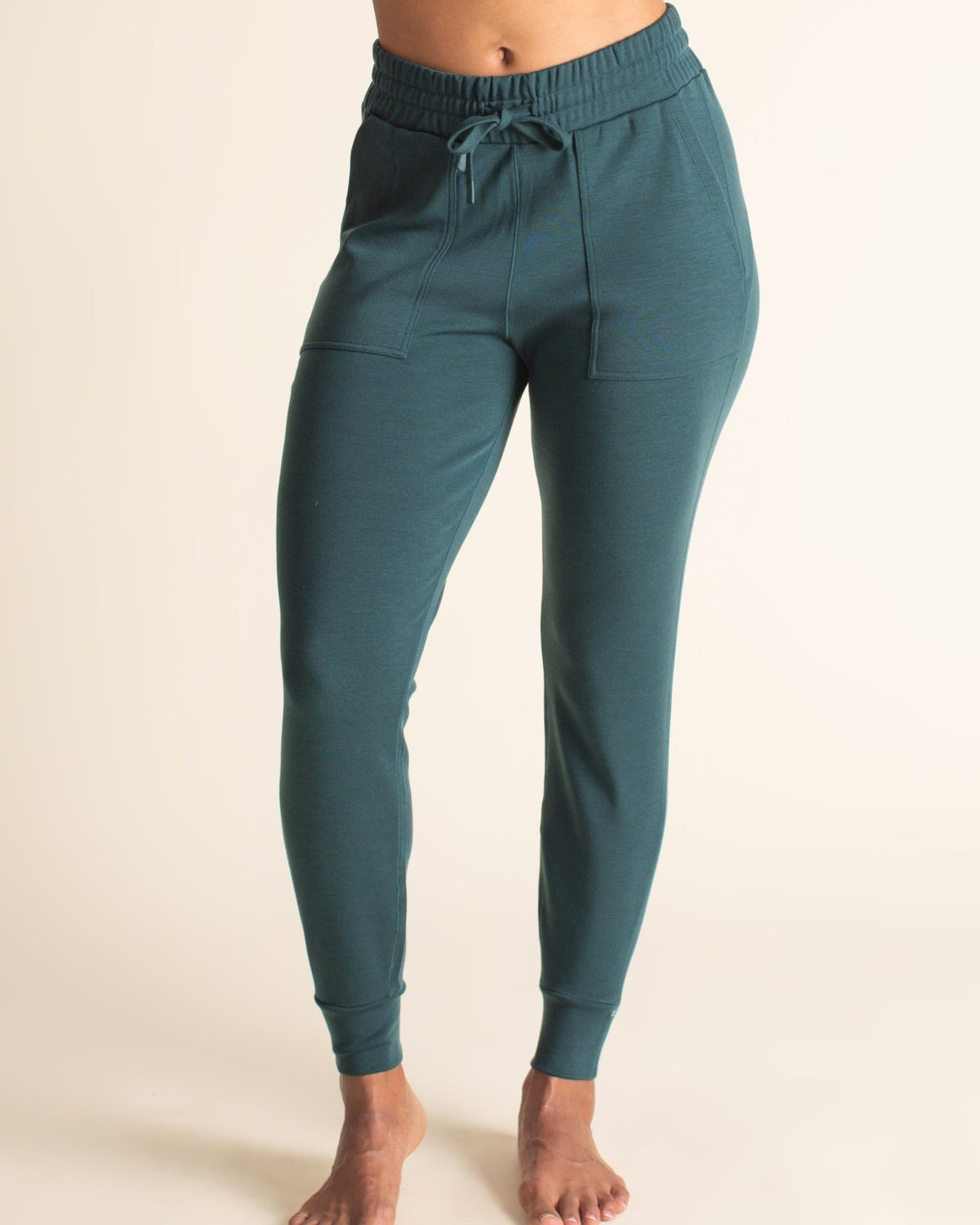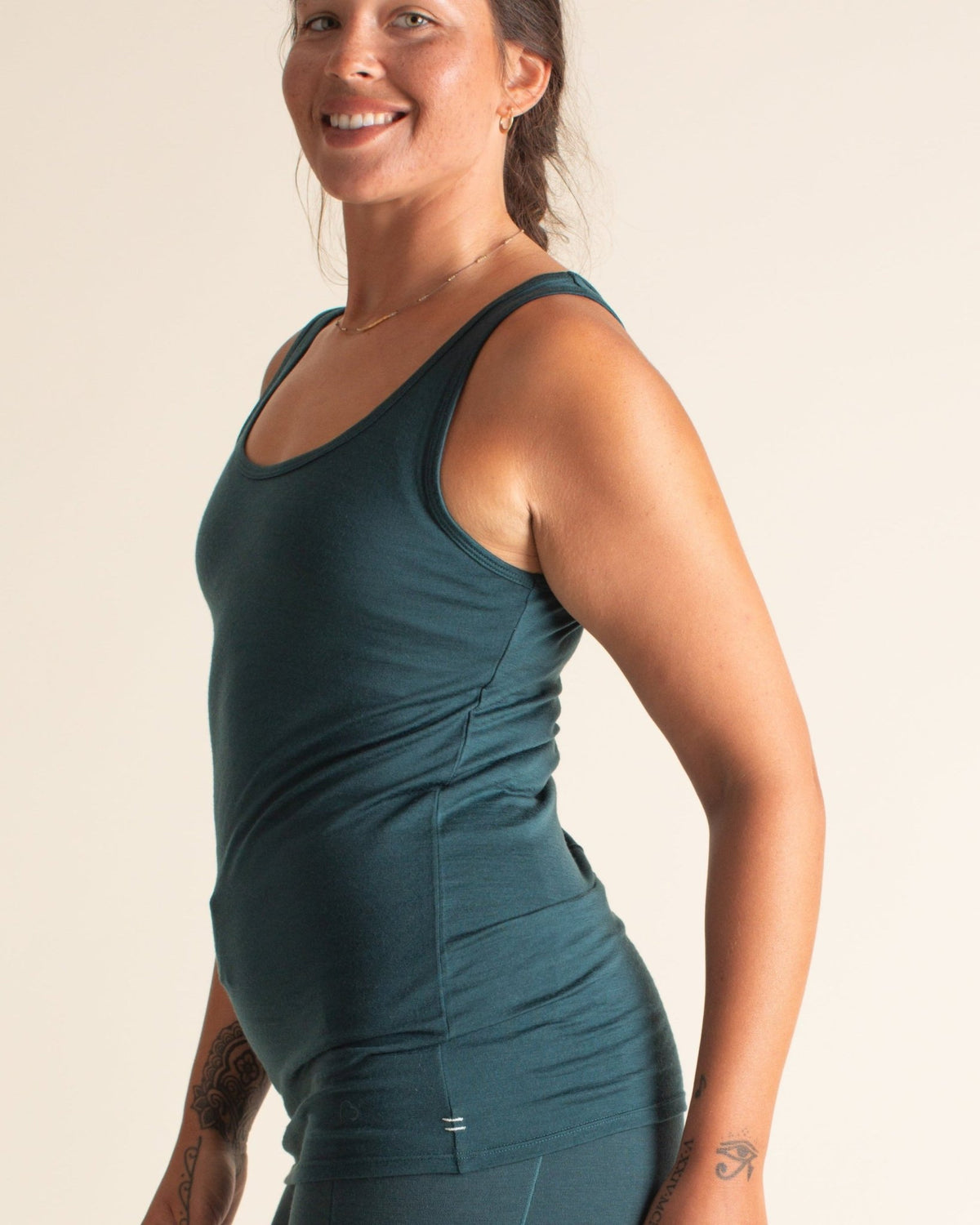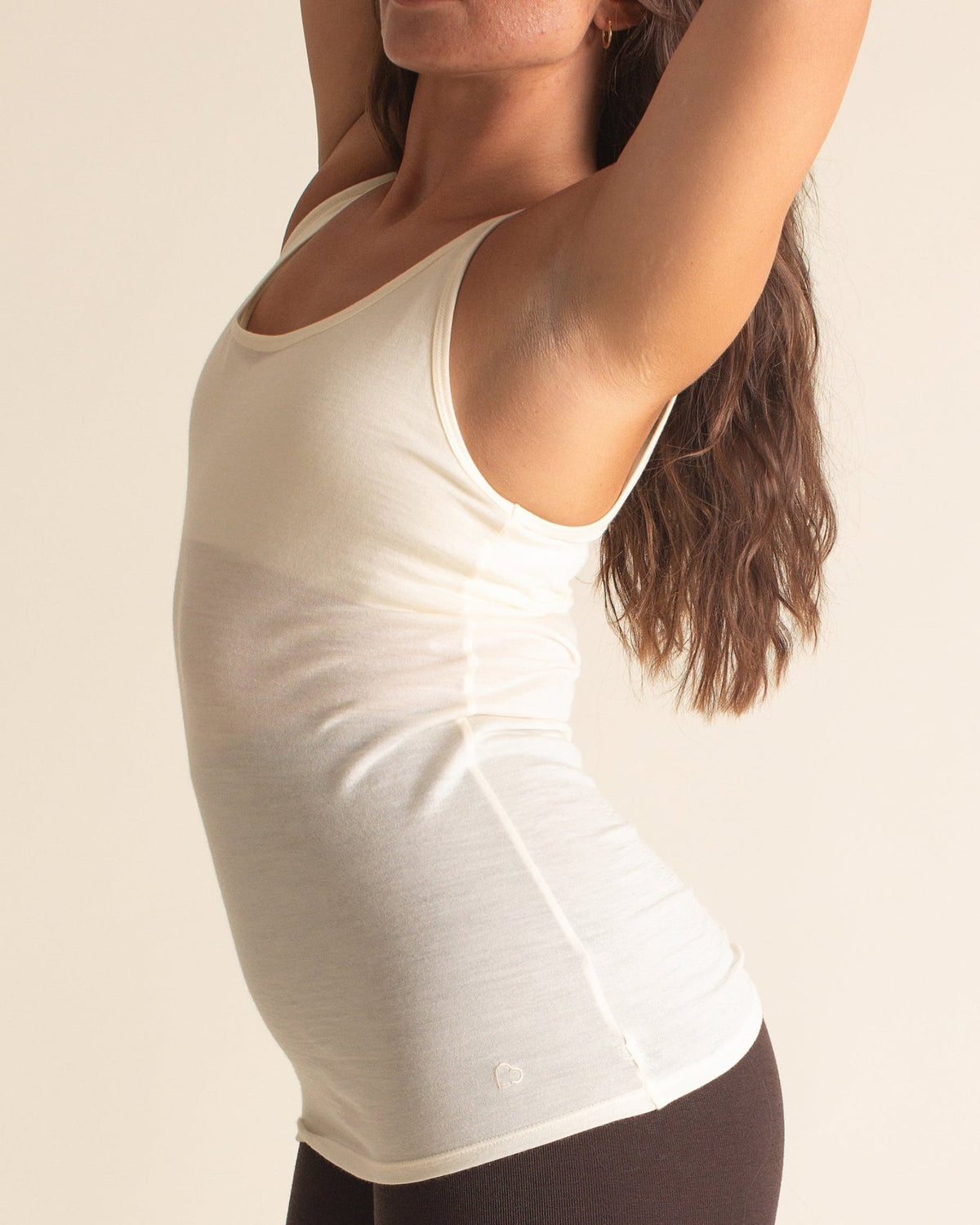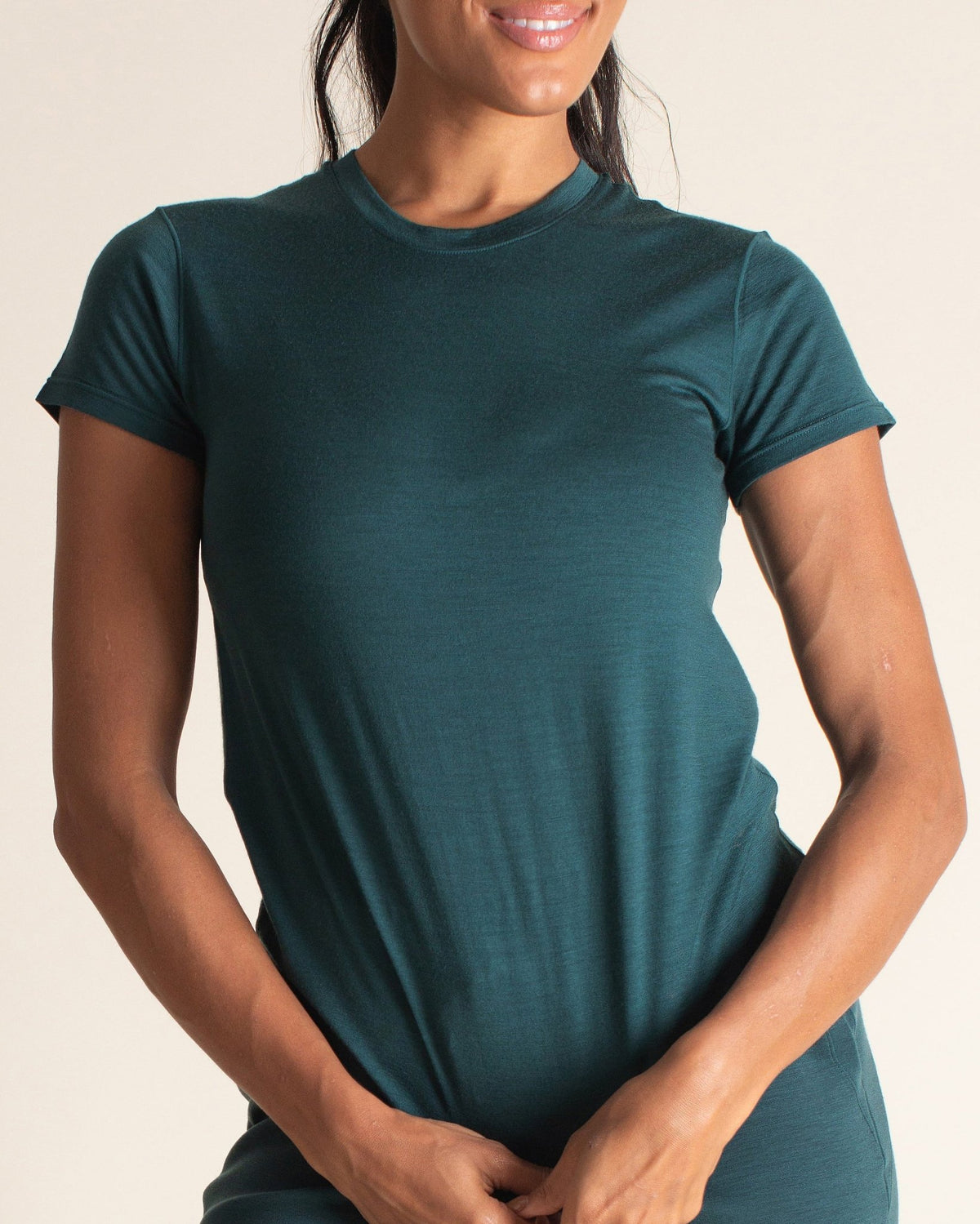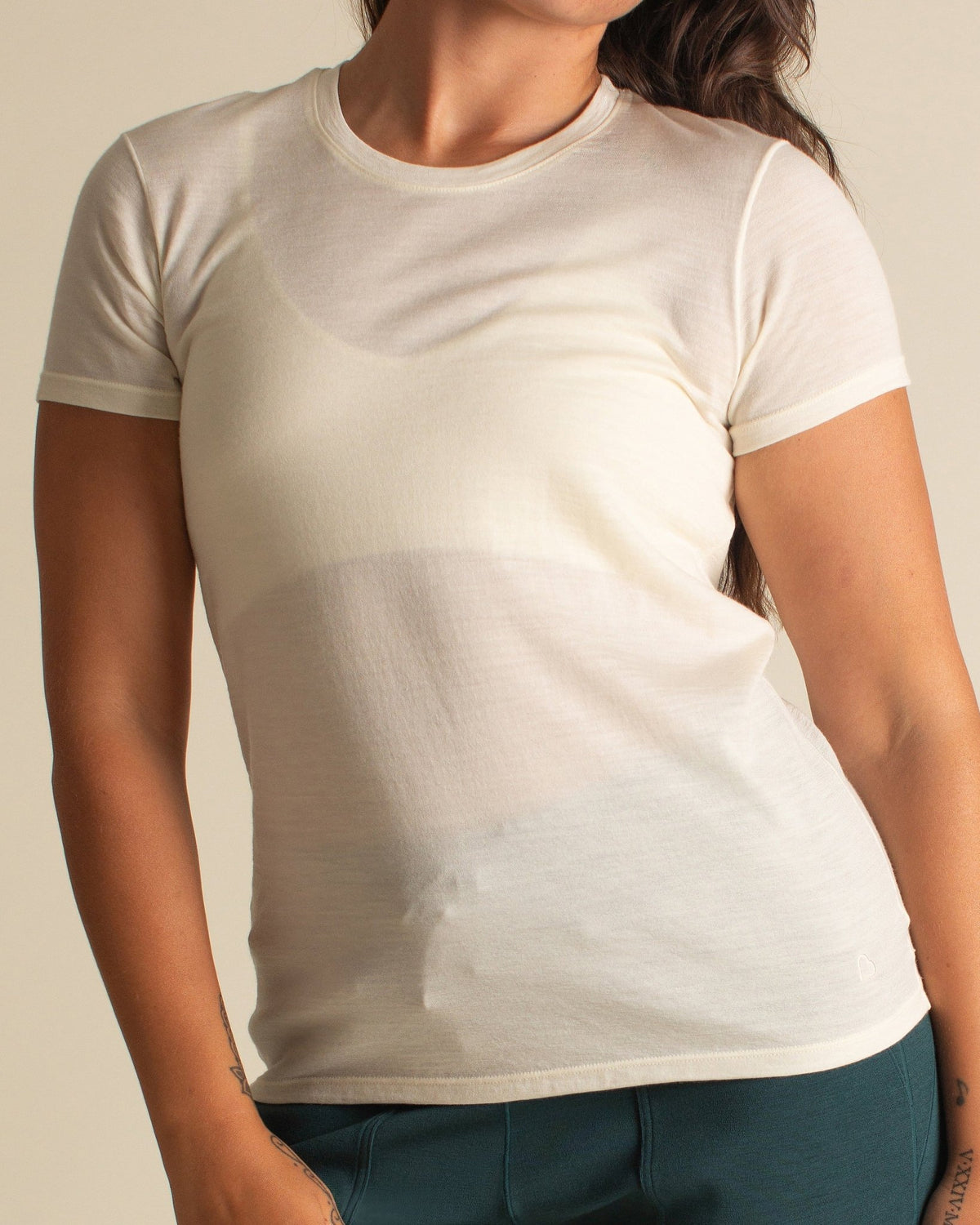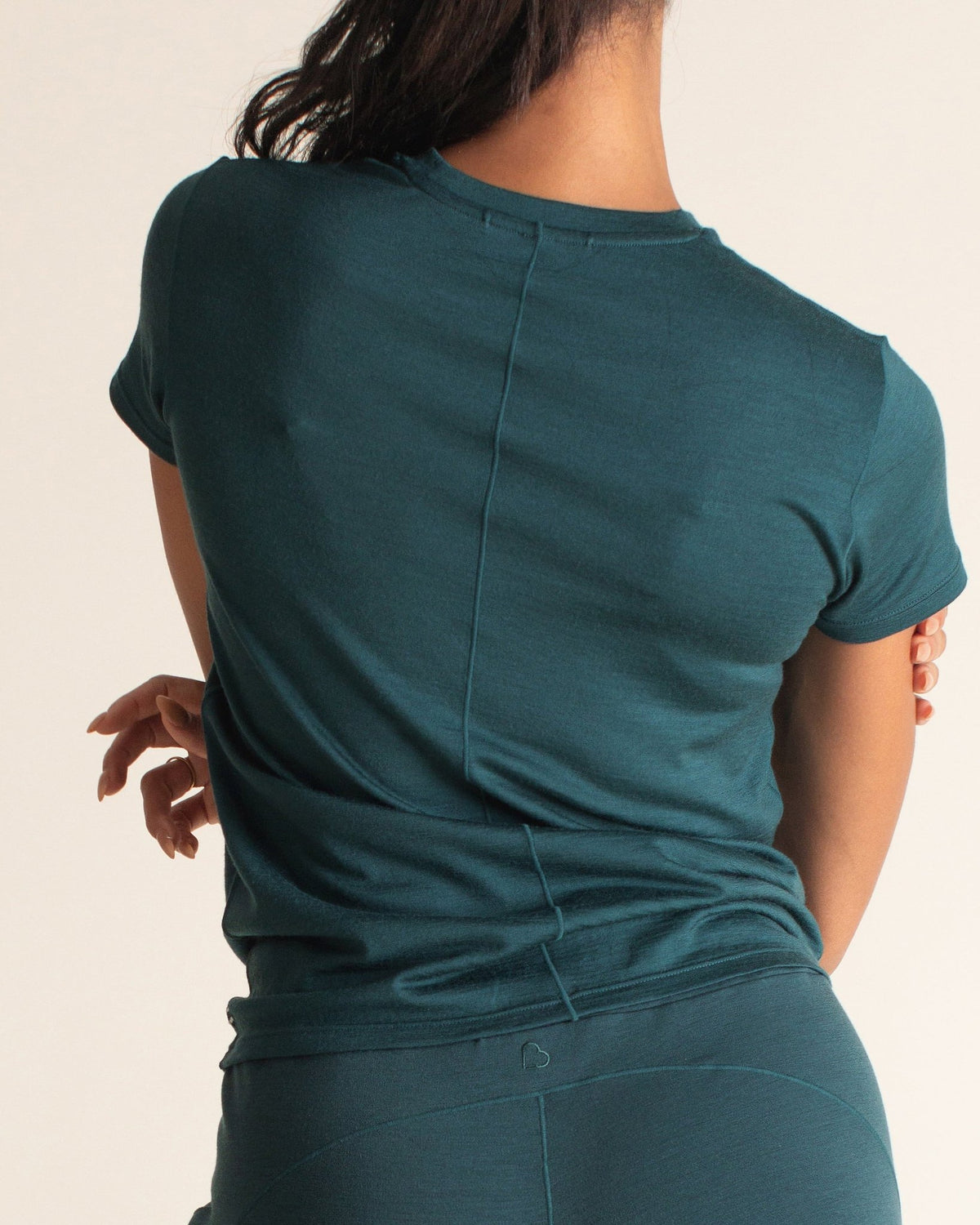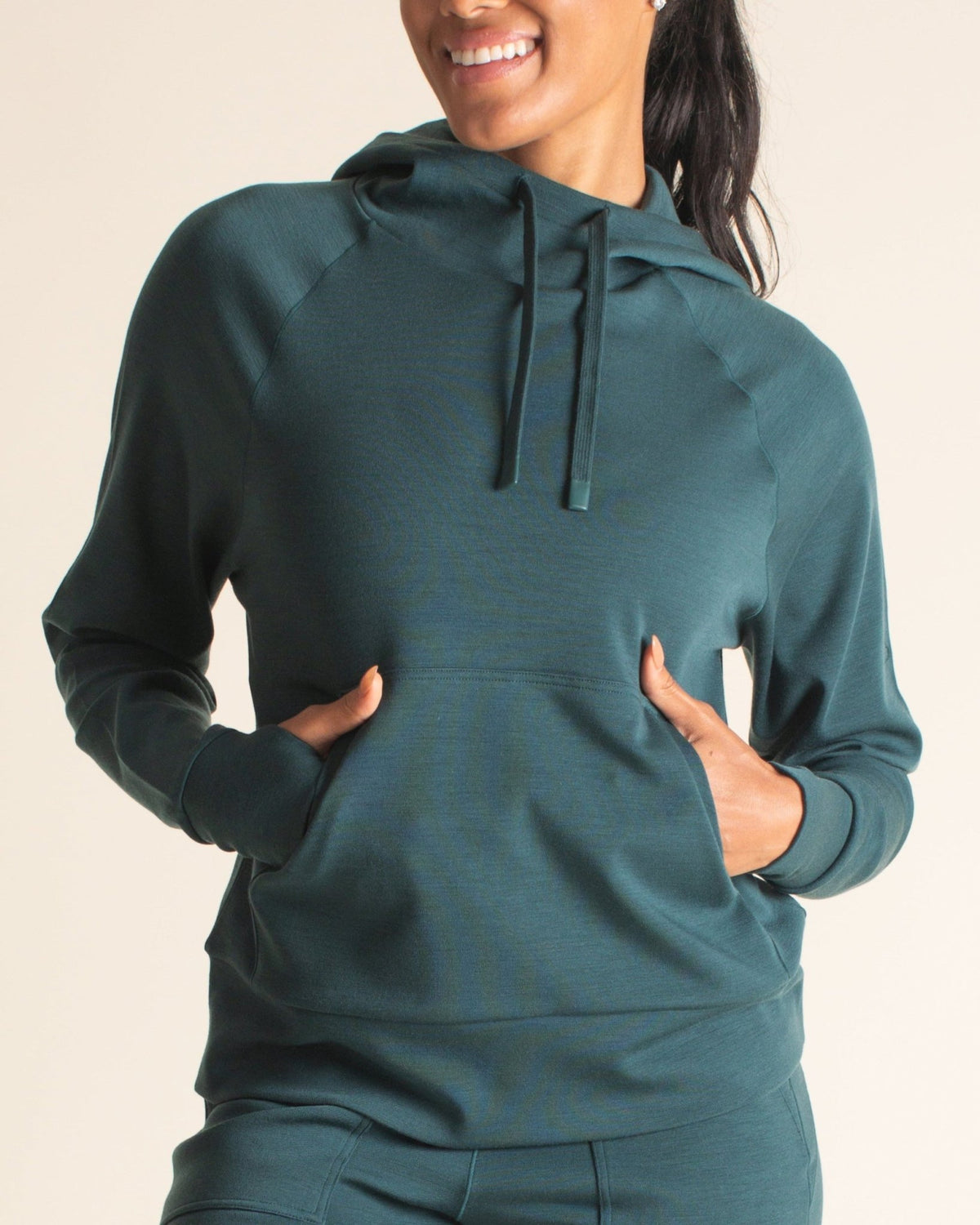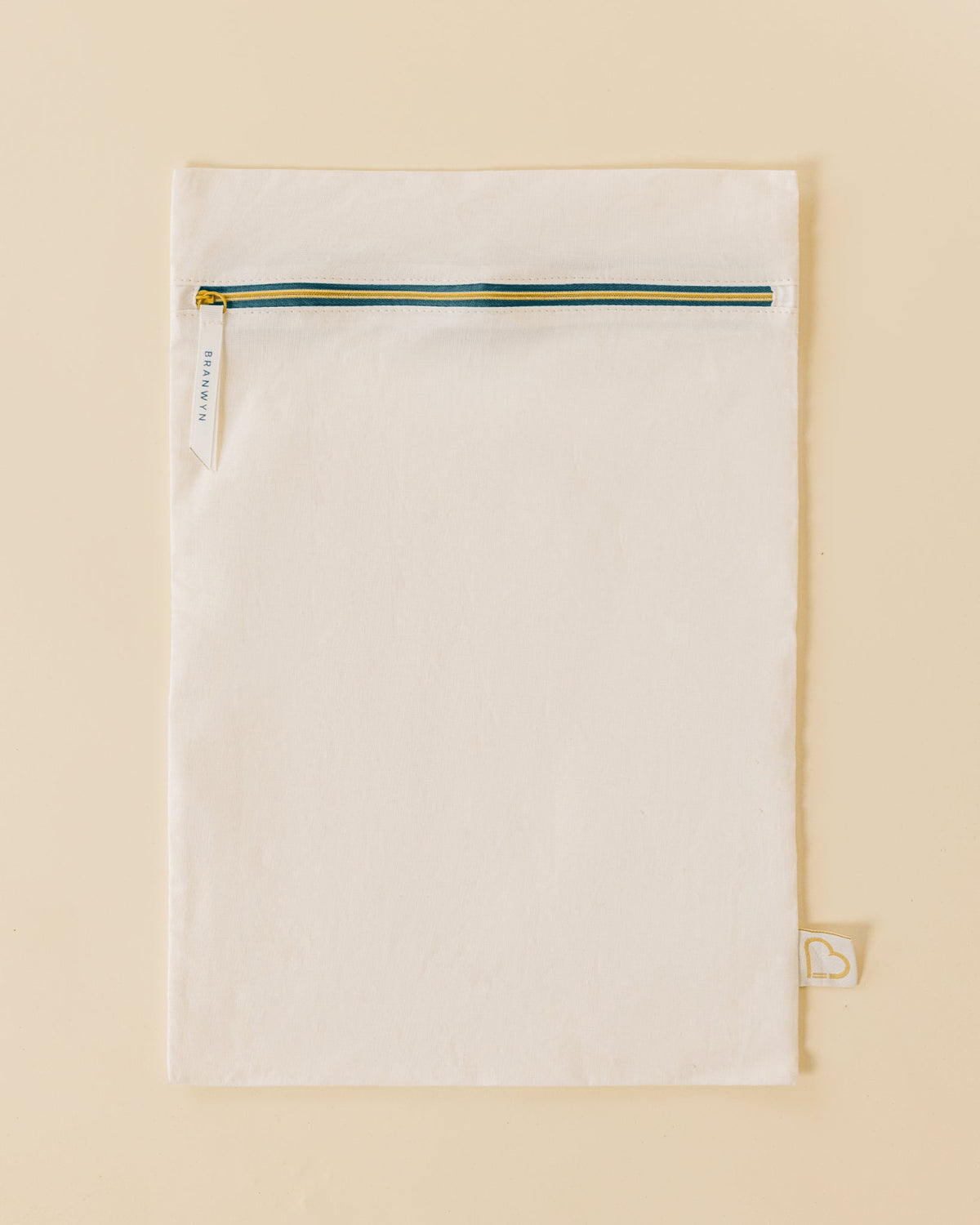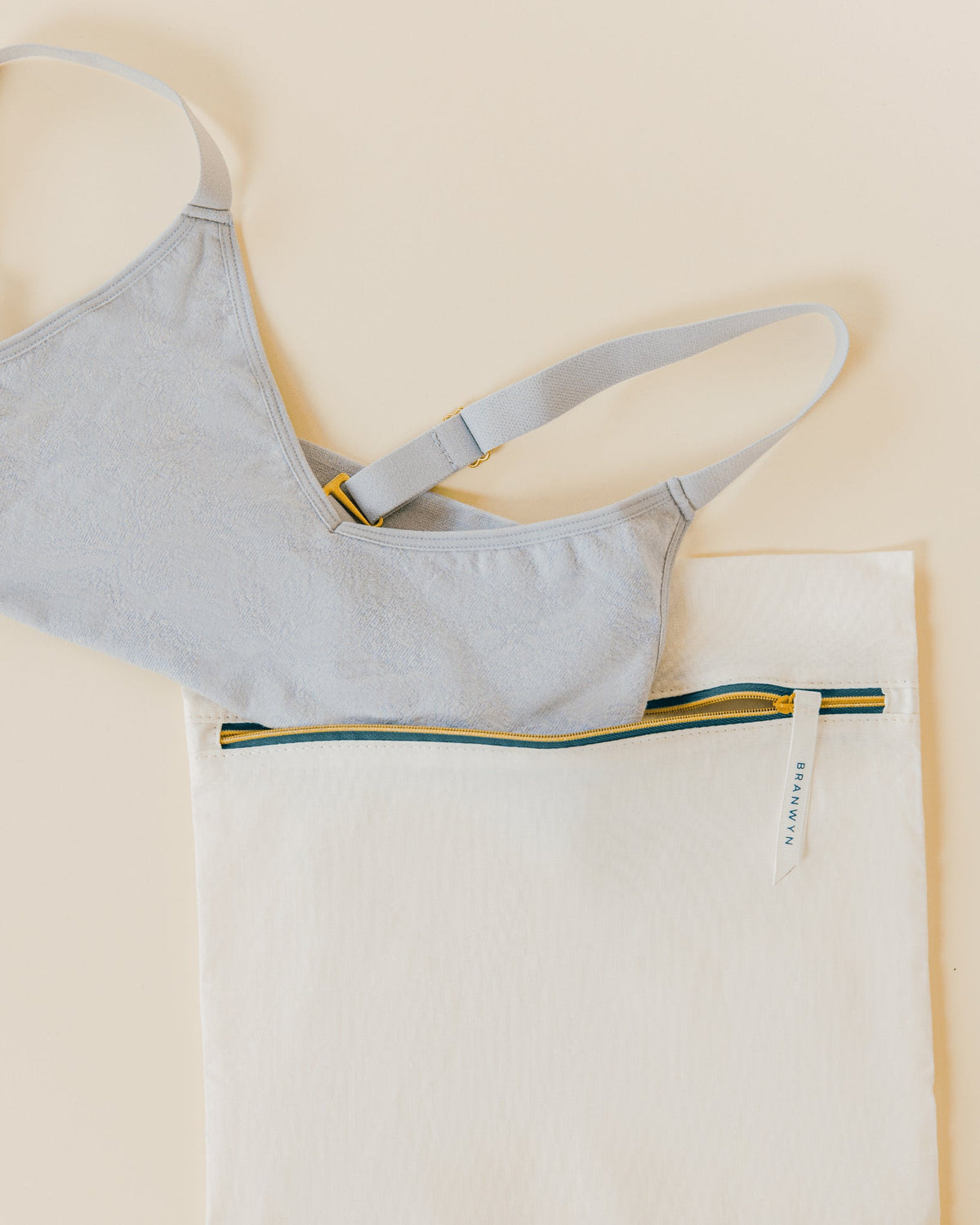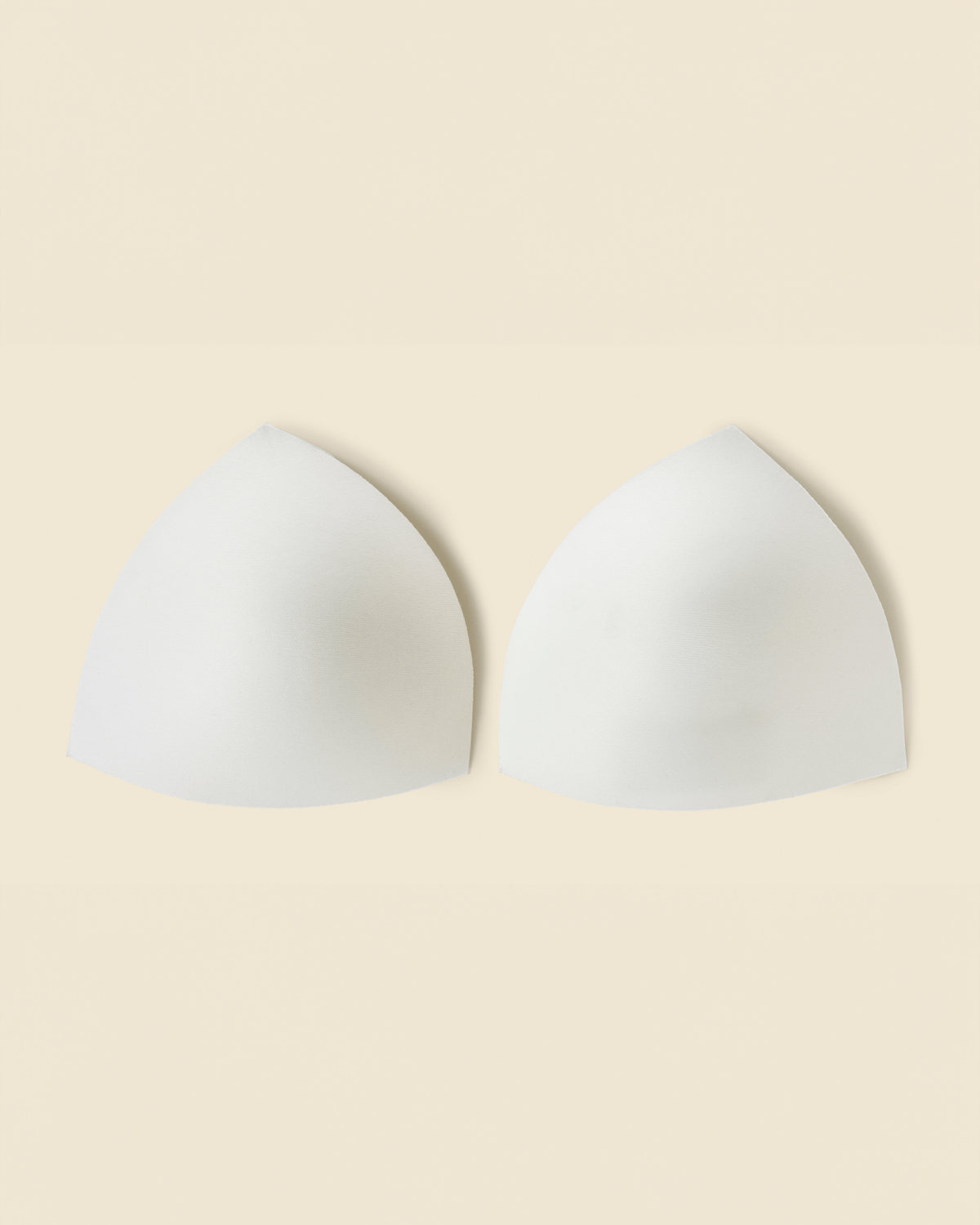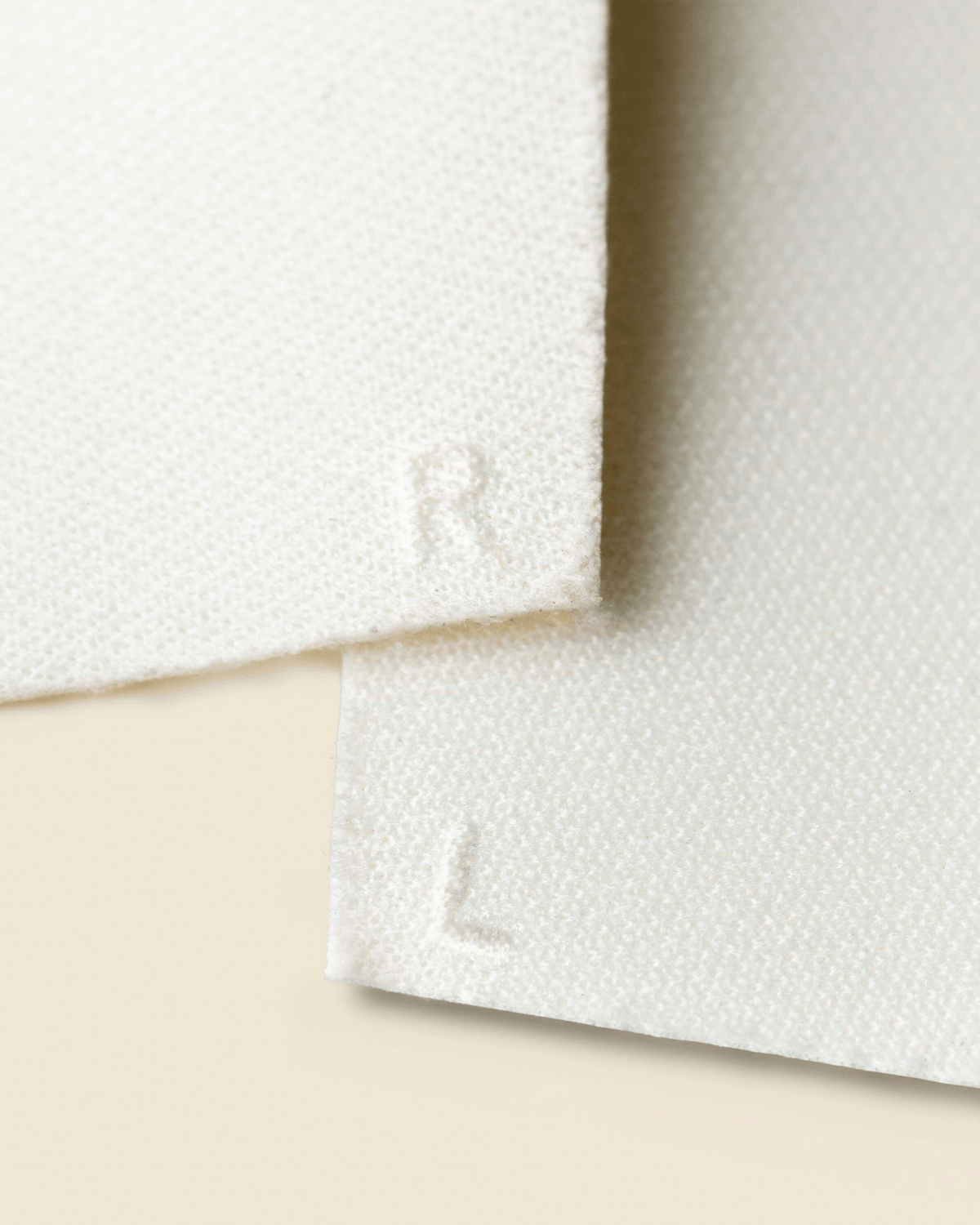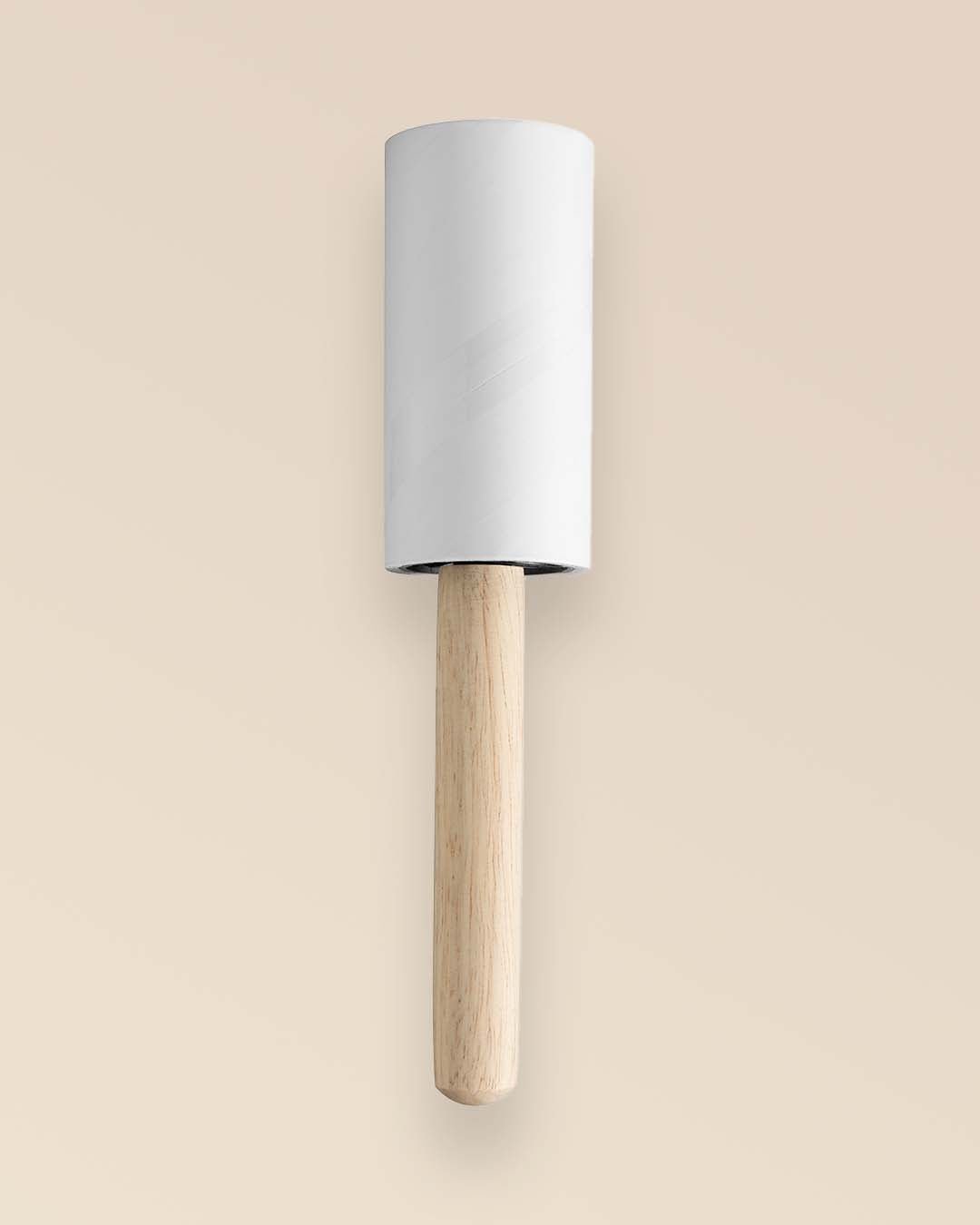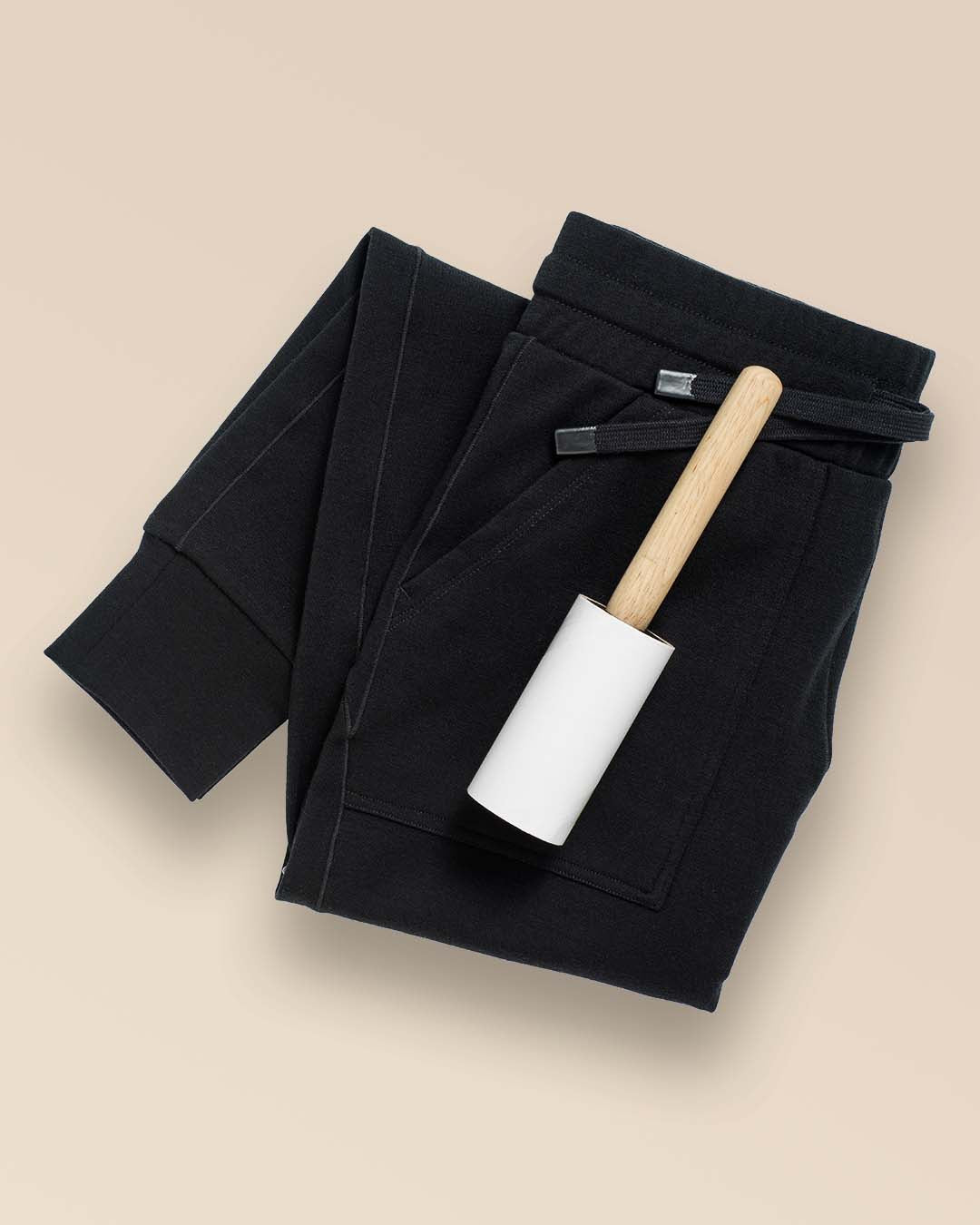Can you guess what there are 24.4 trillion of in our ocean’s waters? Sadly, the answer’s not fish (there are only about 3.5 trillion of those). According to a 2021 tally from Kyushu University, Japanese scientists estimate this staggering count to be the number of microplastics in the world’s upper oceans alone.
These tiny particles not only wreak havoc on marine life, but they also end up in our systems through our diet and the air we breathe. Chemicals in plastics have been associated with major health issues in women, including infertility, certain cancers, and disrupted hormones. While microplastics can come from any number of items, synthetic clothing is a major source. Here’s what you need to know about microplastics—and why choosing naturally sustainable fabrics like Merino makes a big difference for the health of our bodies and the future of Mother Earth.
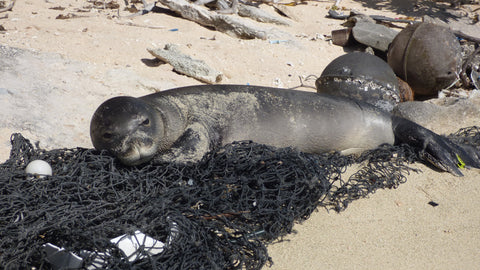
What are microplastics exactly?
As the name indicates, microplastics are tiny pieces of plastic. Defined as less than 0.2 inches wide, microplastics can be as big as a sesame seed or so small it can barely be detected by the human eye. Whether they came from broken-down plastic trash or washing synthetic clothing (more on that later), microplastics end up in our water, flowing into our rivers, oceans, and lakes. They can even travel through the air.
What are they doing in our clothing?
The first synthetic fabrics were invented by British scientists in 1941. Today, polyester is the most widely worn fabric in the world, and the majority of clothing is petrochemical-based and derived from fossil fuels. This fabric is often cheaper to produce than natural materials and can have short-term benefits in terms of durability and ease of manipulation.
Why microplastics are bad news for our environment
The problem? Not only does plastic-based clothing exploit a non-renewable resource (aka oil), but petrochemical-based fibers take hundreds of years to decompose.
Plus, when we wash synthetic clothes (even recycled polyester), both chemicals and microplastics end up in the water. A standard-size load of synthetic fabric clothing can shed up to 1.5 million microfibers. Since they are often too small to be filtered out in water treatment facilities, the plastics from our clothing end up in the ocean.
The clothing industry is the second largest contributor to microplastics in our water. Marine life and birds sometimes mistake them for food, causing injury. Microplastics have been found in the bellies of all sorts of aquatic animals, from plankton to whales.

Microplastics pollute water both by their physical presence and through the thousands of chemicals used in plastics—more than 2,400 of which are of potential environmental concern according to the California State Water Resource Control Board. When we wear synthetics, these chemicals can leach into our bodies. According to a recent report from the Center for Environmental Health (CEH), sports bras and other athletic clothing from some of the most popular brands in the world are exposing the wearer to up to 22 times the legal limit of BPA. This chemical has been linked to an increased risk of breast cancer, type 2 diabetes, heart problems, and more.
Microscopic microplastics have also been found in the air. In 2022, scientists from the United Kingdom and the Netherlands discovered tiny plastics hiding in patients’ lungs and even in their bloodstream.
This all can sound a little defeating—but the good news is that for better or worse our choices have a direct impact on microplastics. By making the switch from polyester (yes even recycled polyester) to Merino and other natural fabrics, we can greatly reduce the amount of microplastics polluting our earth.
What we can do to stop them
It’s taken humans less than 100 years to create a plastic crisis on our planet—but there’s a lot we can do right now to slow down its progression. Experts recommend first examining ways to reduce single-use plastics. Whether that’s straws, bags, plastic wrap, or packaging, we can consider ways to choose reusable options. As for clothing there's a lot that we can do to make a different, too. Try these tactics to reduce your microplastic footprint:

1. Choose natural fabrics.
Opting for natural fabrics—think cotton, hemp, flax, and wool—is the most direct and surefire way to decrease the impact of microplastics in clothing. Fabrics like the Merino wool used to make BRANWYN’s Performance Innerwear are naturally sustainable. Biodegradable fibers can break down into the earth’s soil without the potentially harmful impacts on plants, animals, and humans.
2. Shop secondhand.
While it might not be practical to opt for used clothing in some cases (namely underwear), synthetic clothing sheds less over time, meaning that the biggest microplastic impact is in the first eight or so washes.
3. Consider a filter.
When you wash synthetic clothes, there are ways to reduce microplastics leaching into the water. Look for washing bags that keep plastics inside and filters that you can attach to your washing machine that can catch the particles.
4. Watch your wash.
Minimize your impact by washing only full loads of laundry, a tactic that saves water and minimizes friction which can cause microplastics to release. Cool-water, short wash cycles have also been found to reduce particles in the water by 30 percent. Avoiding the delicate cycle (which uses more water) can help lessen the impact as well.
The idea of microplastics can be scary, but even small changes can make a big impact over time. Let’s accept where we are—understand that we are all doing our best—and continue to spread love to our oceans, our earth, and ourselves.









